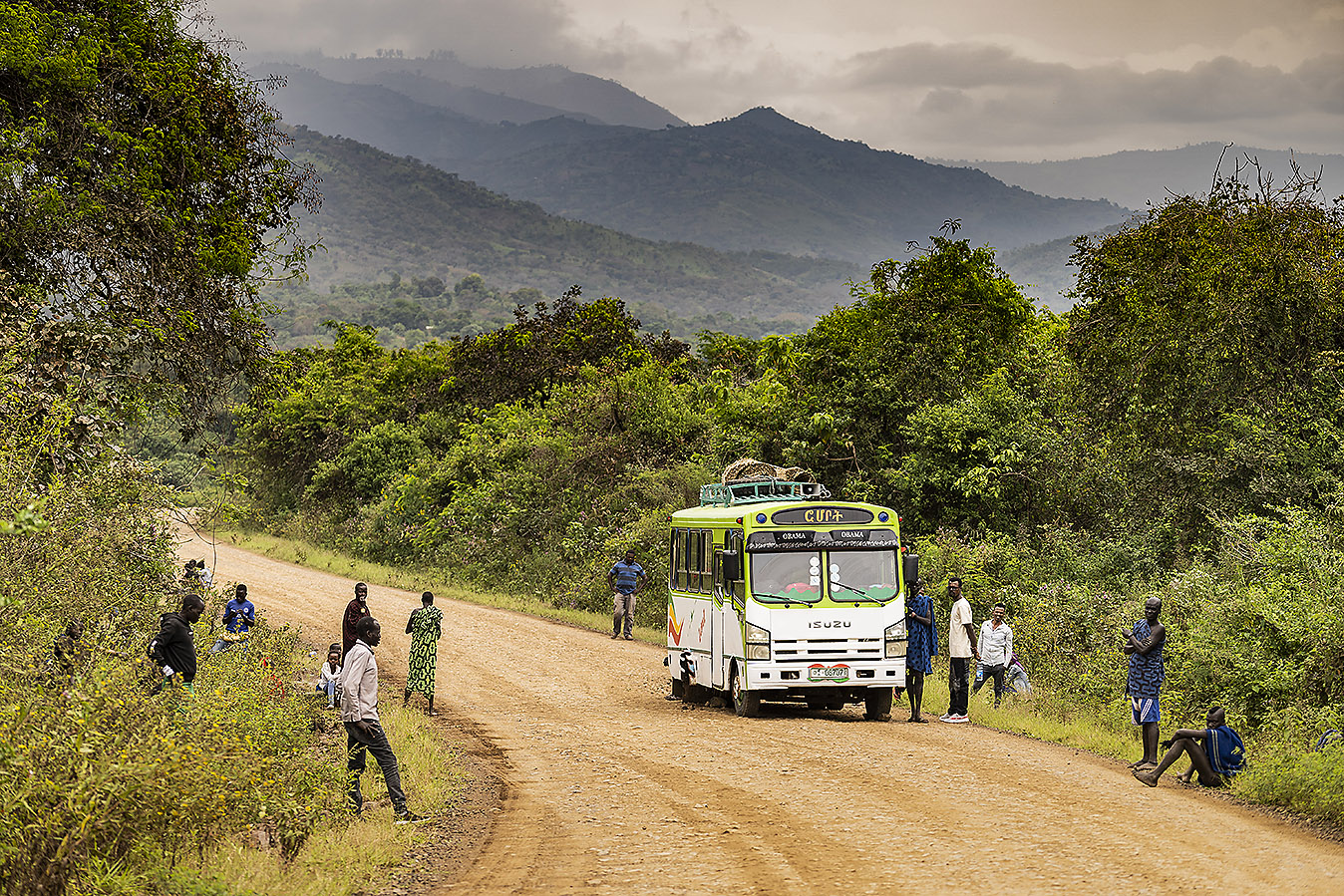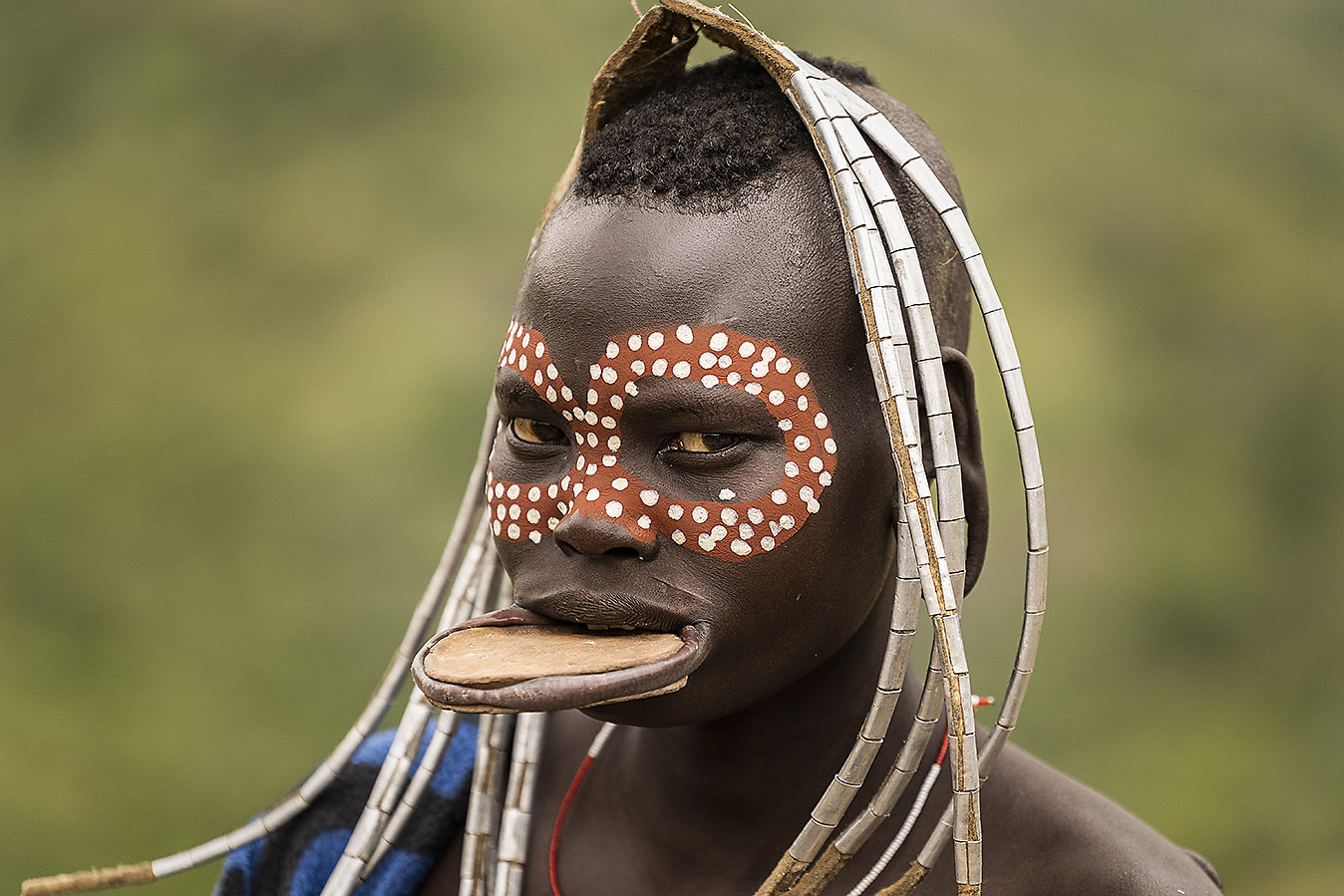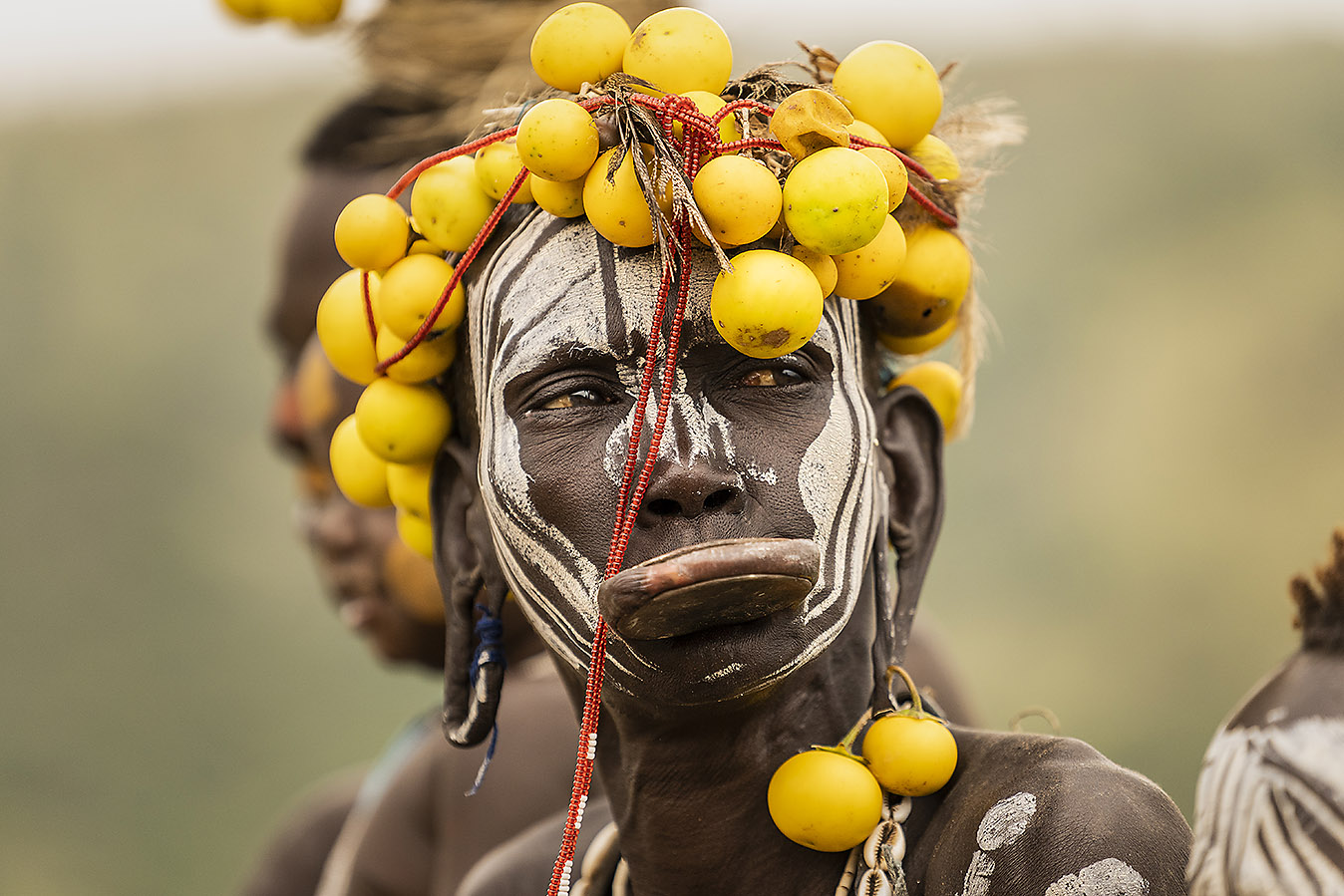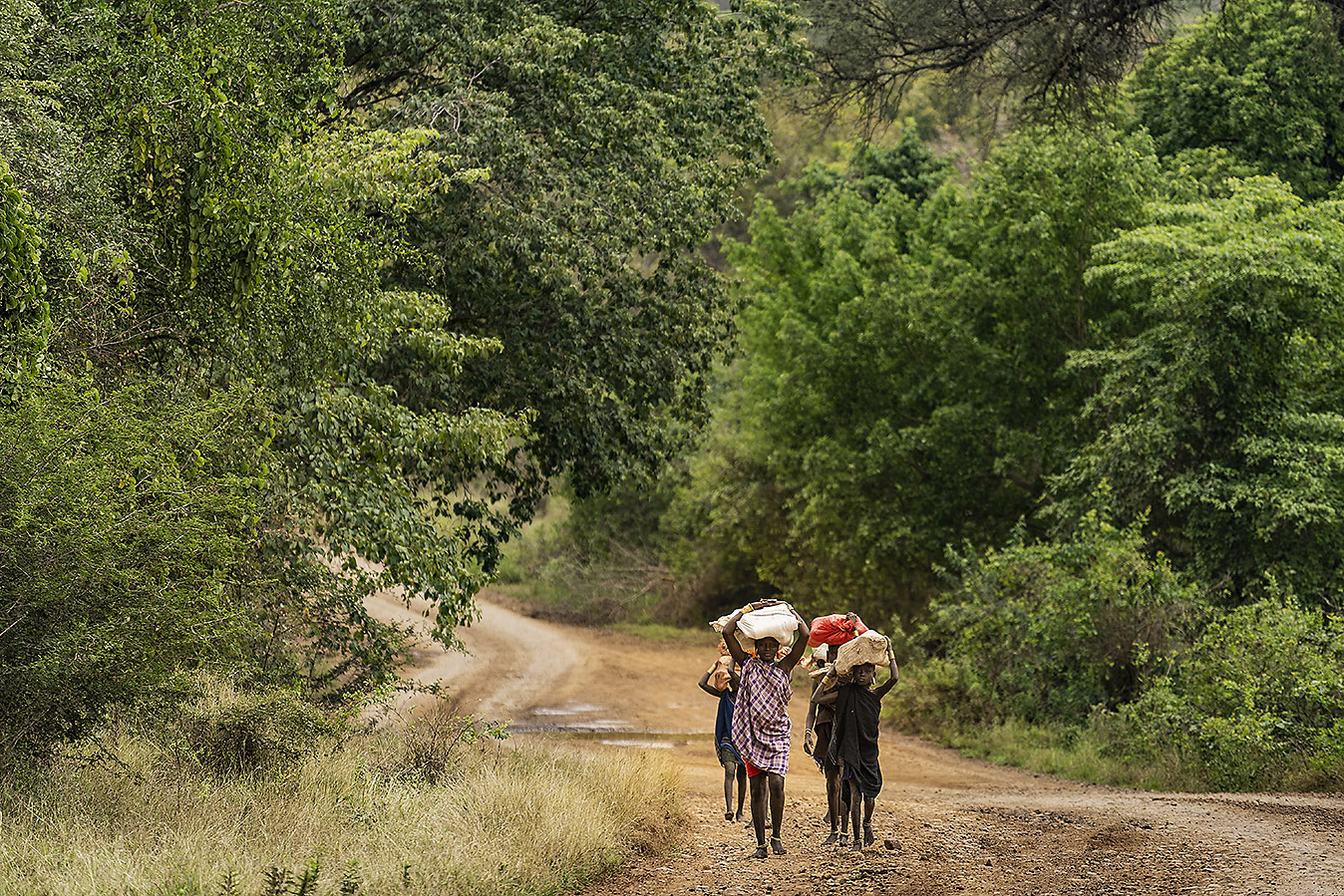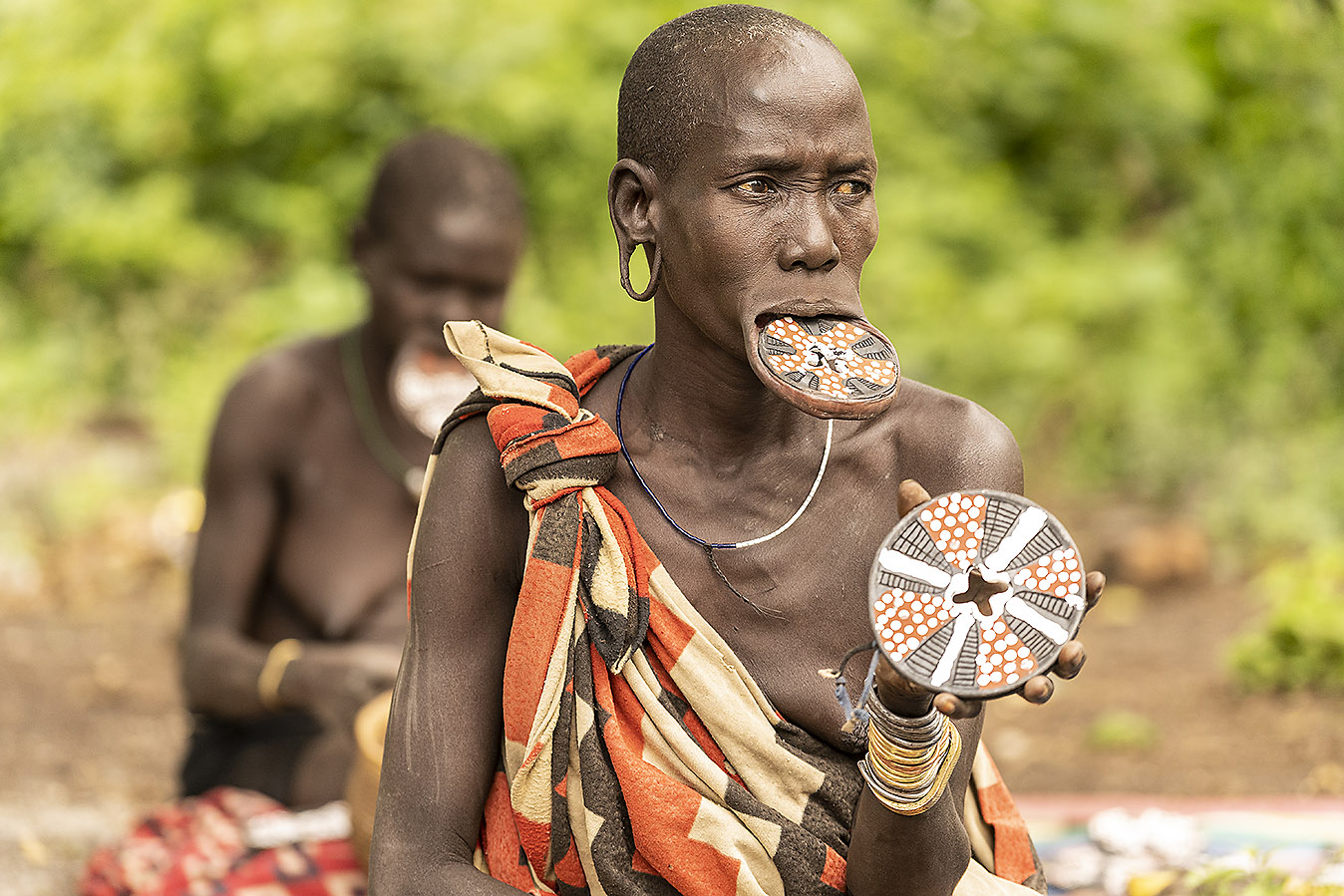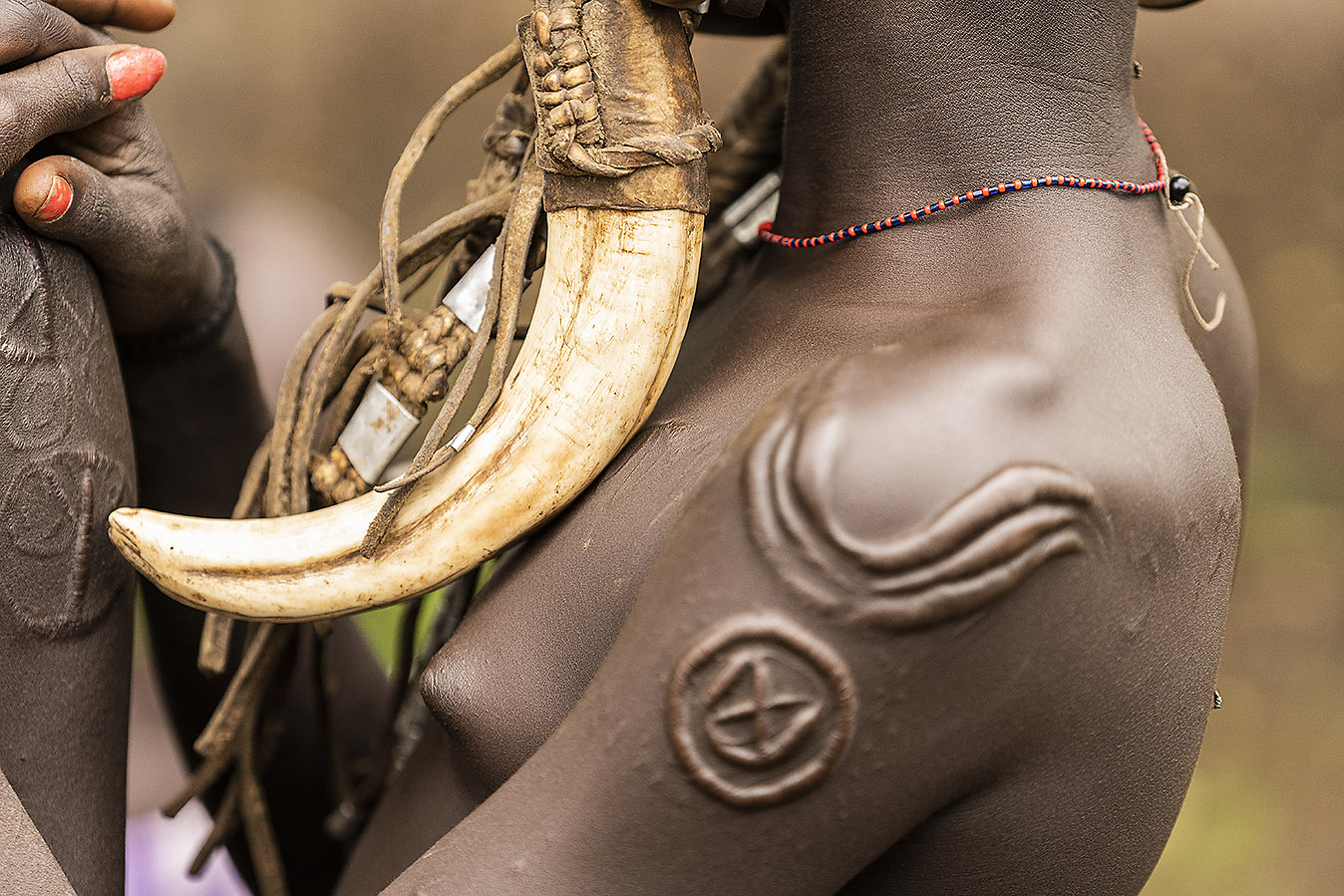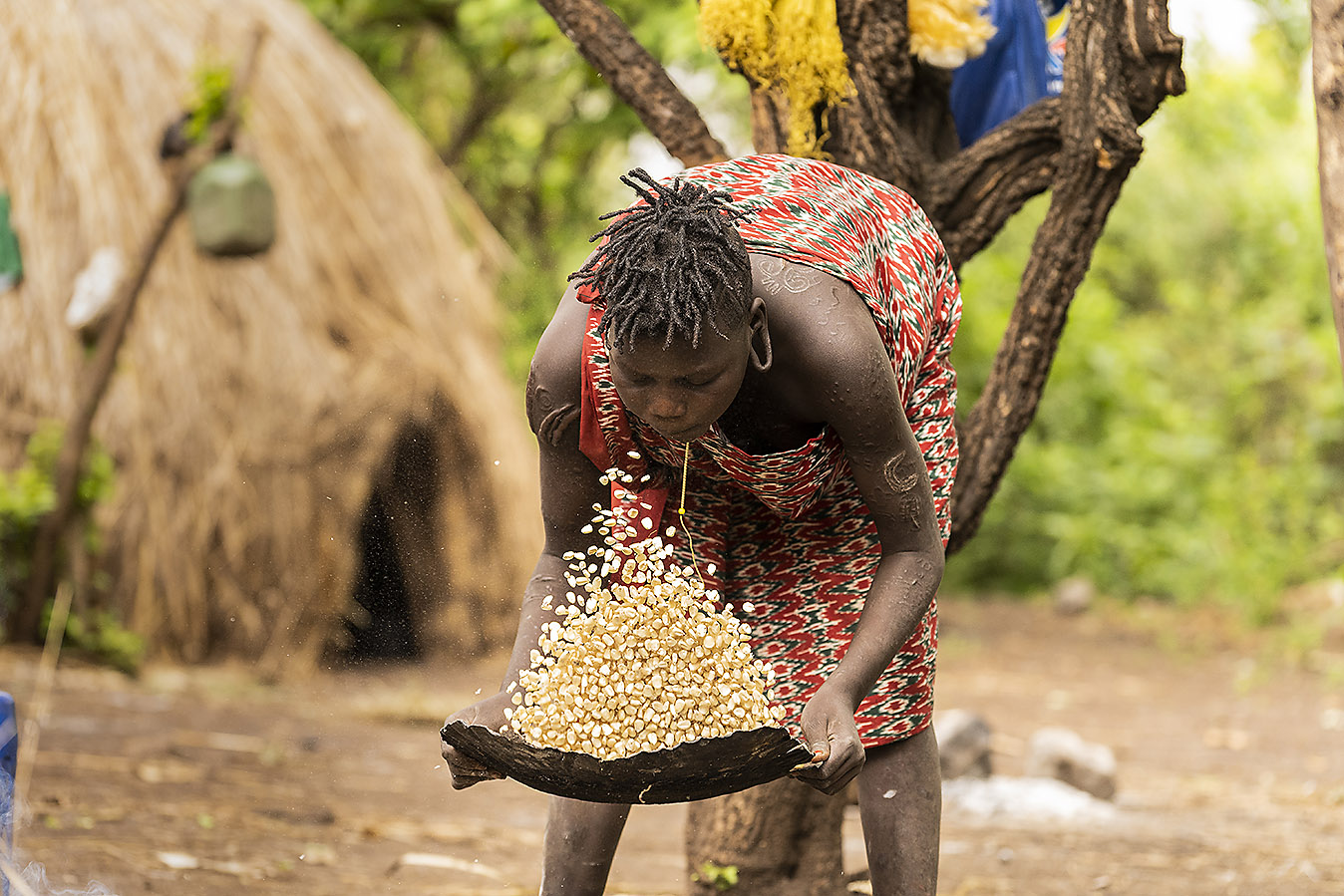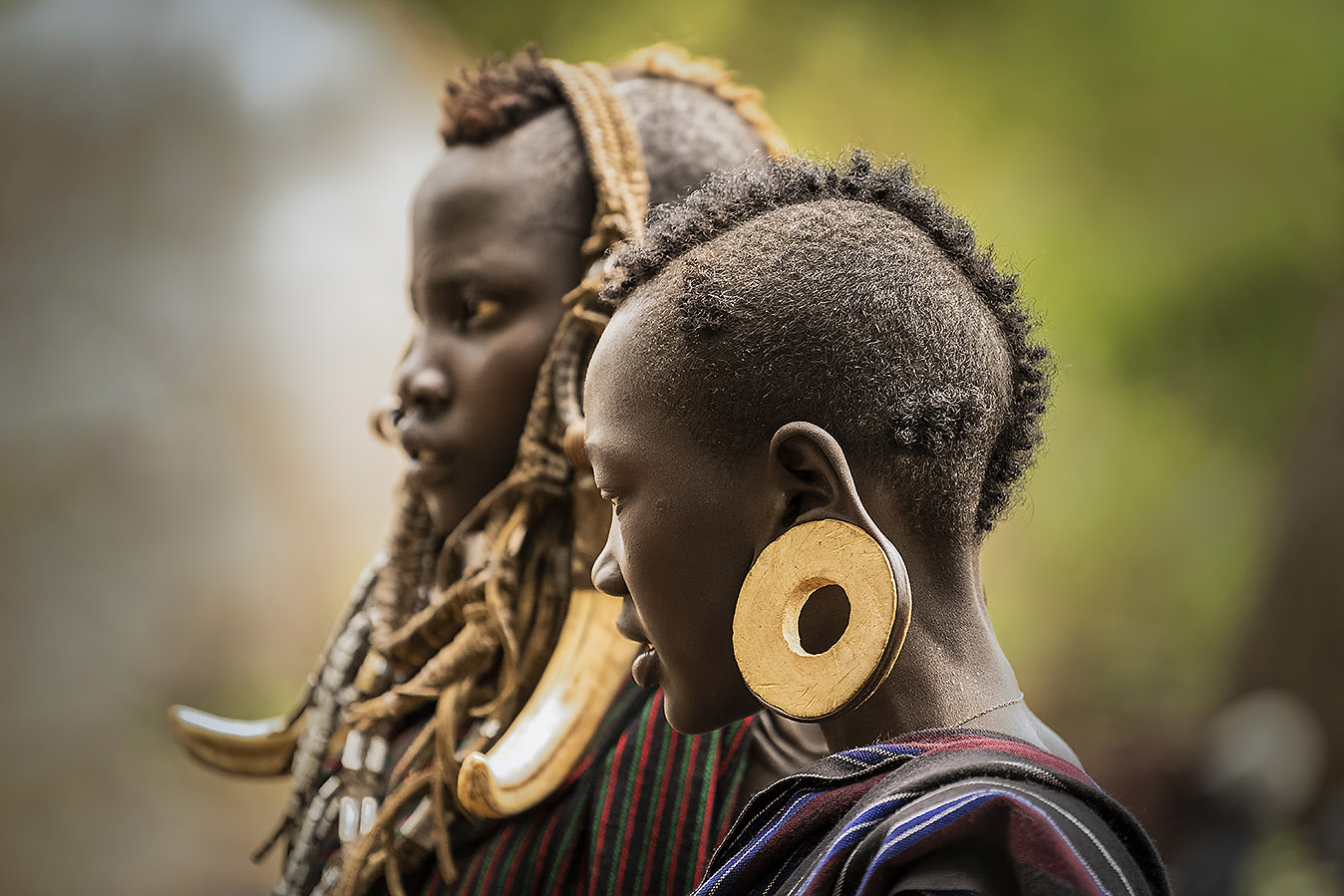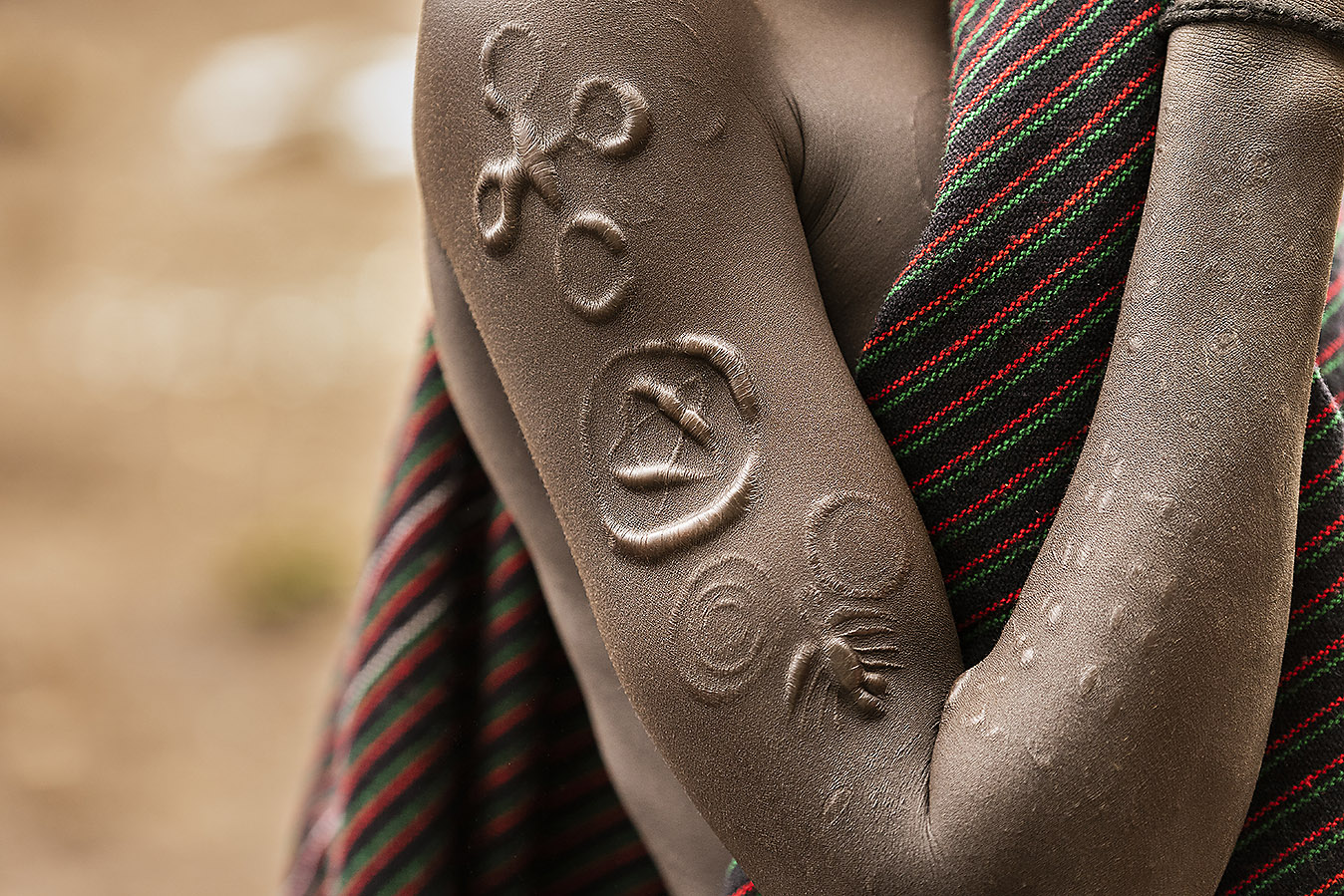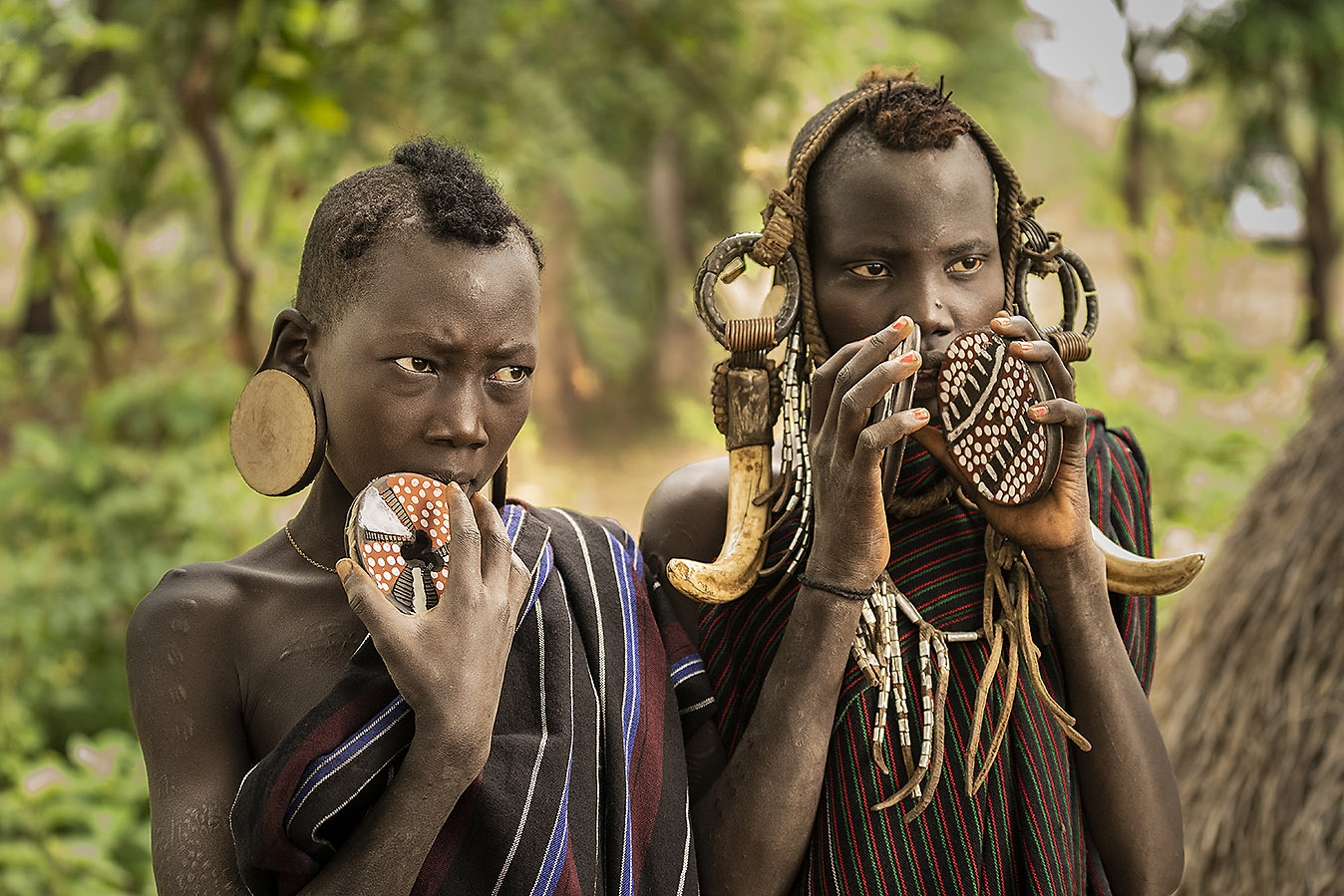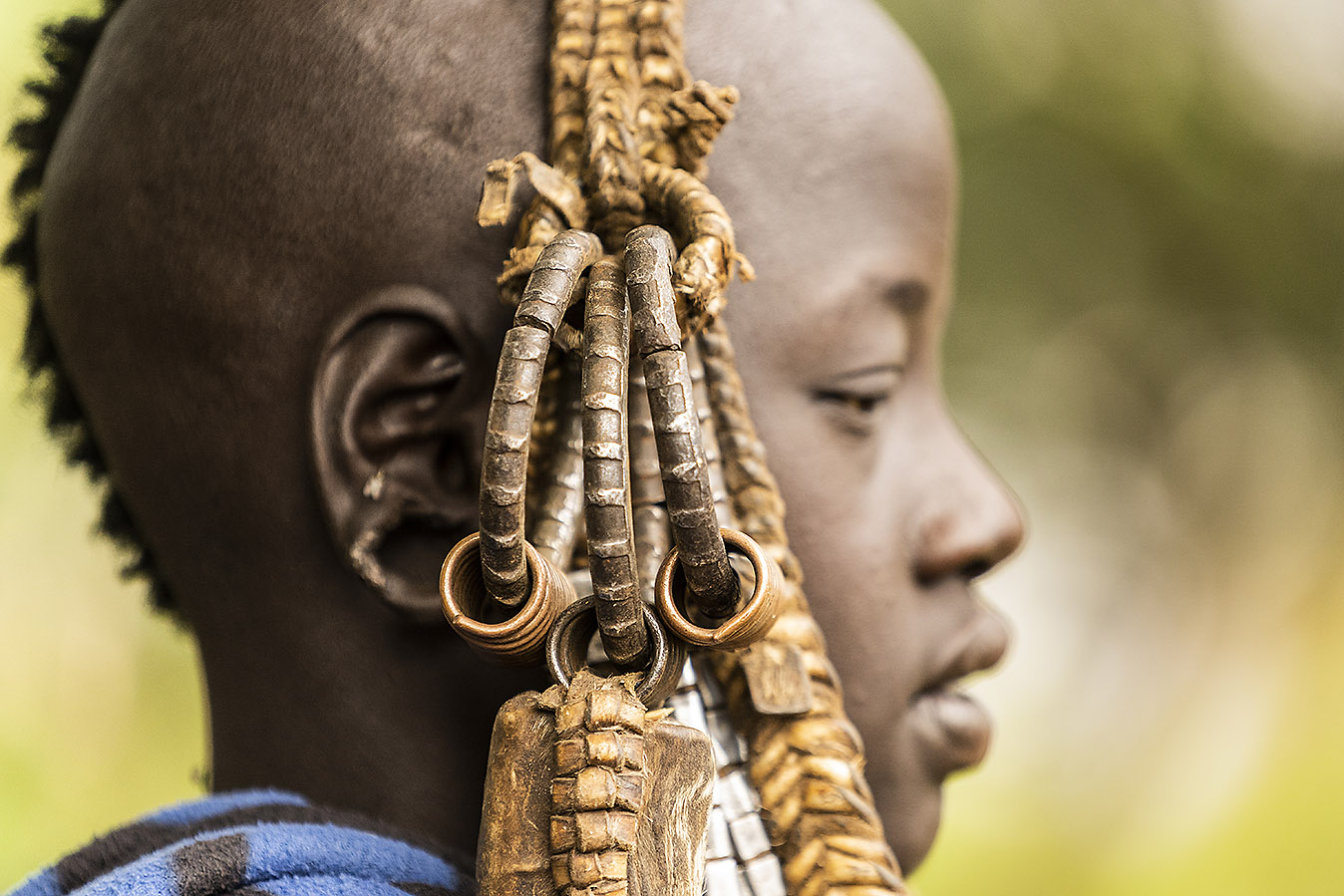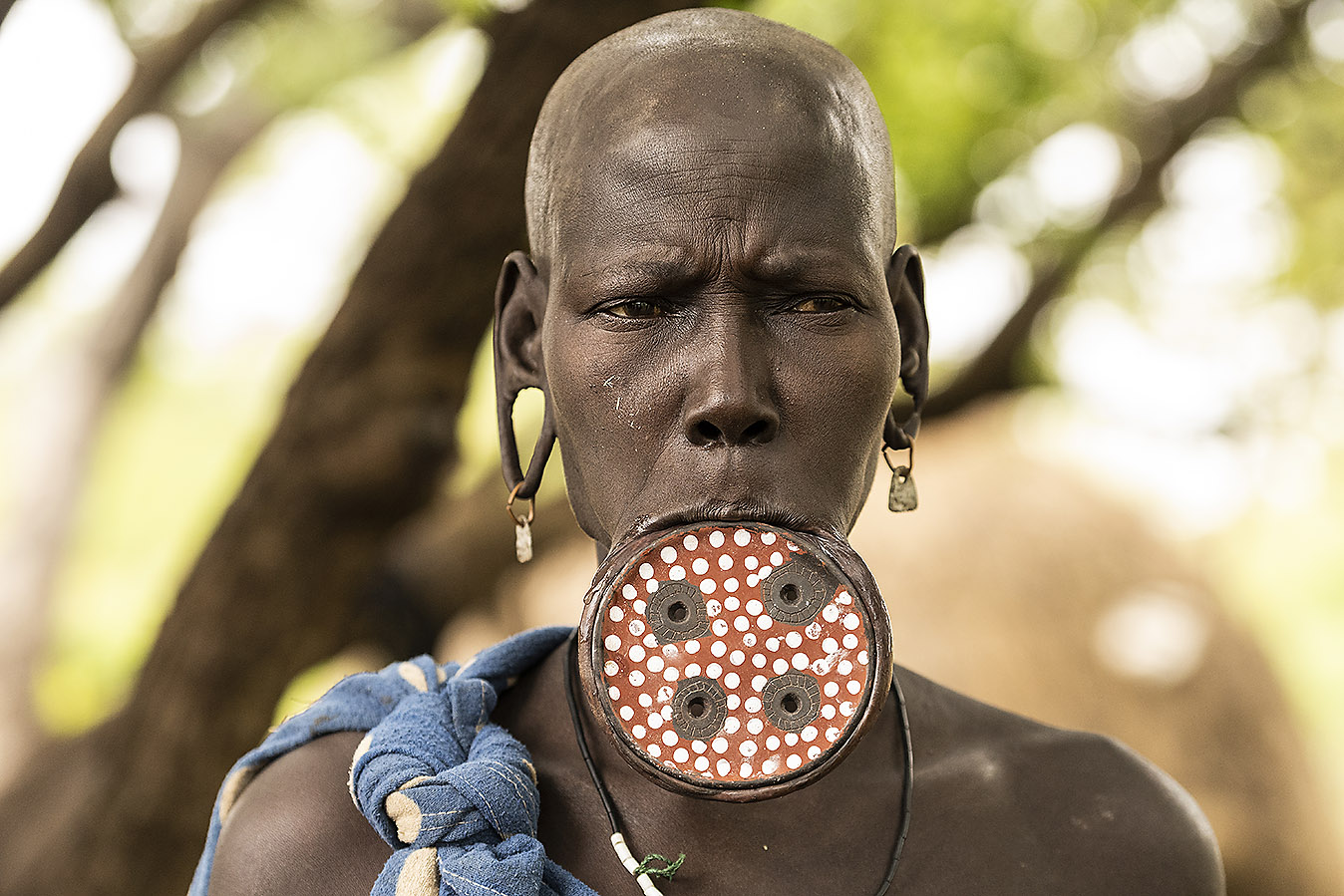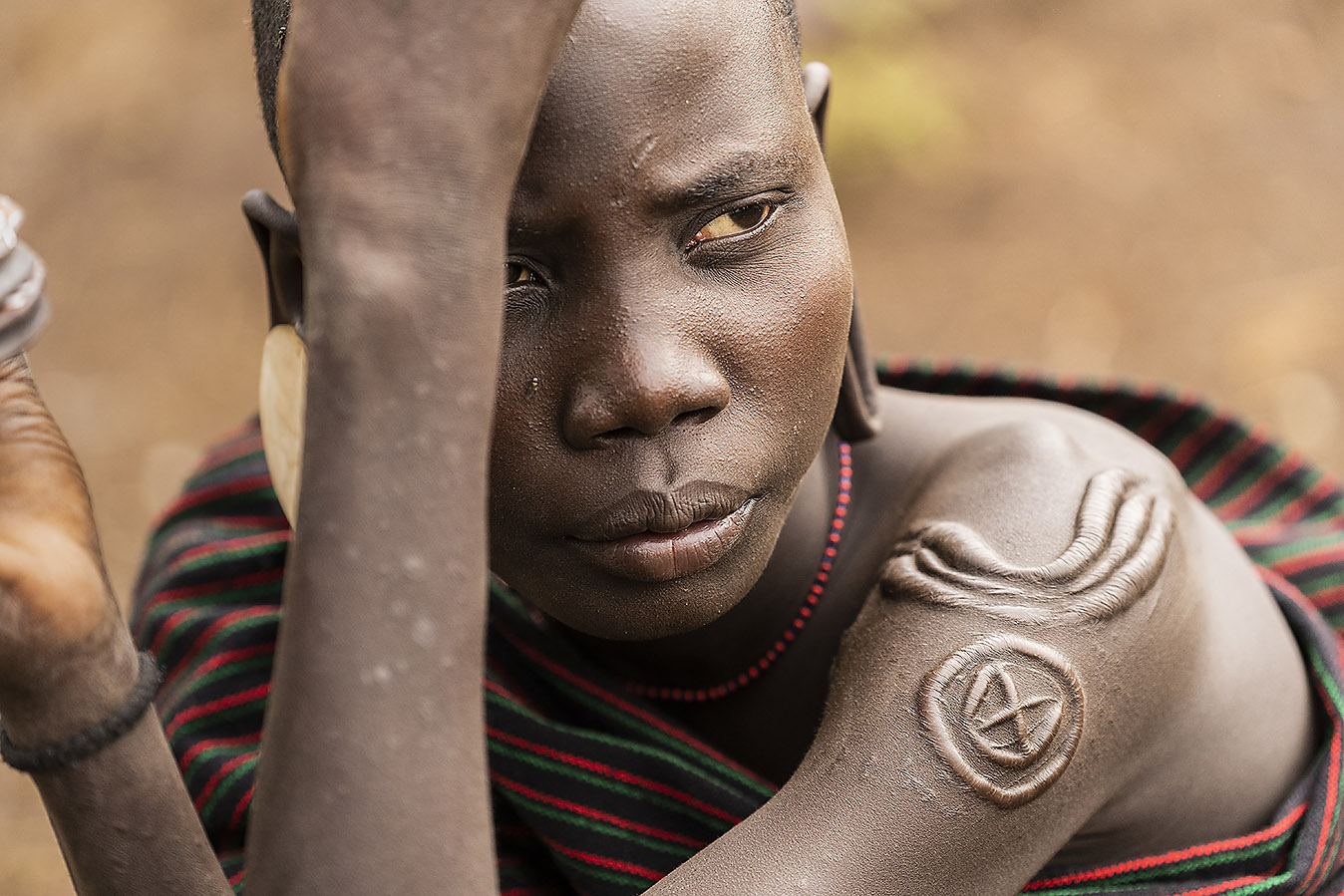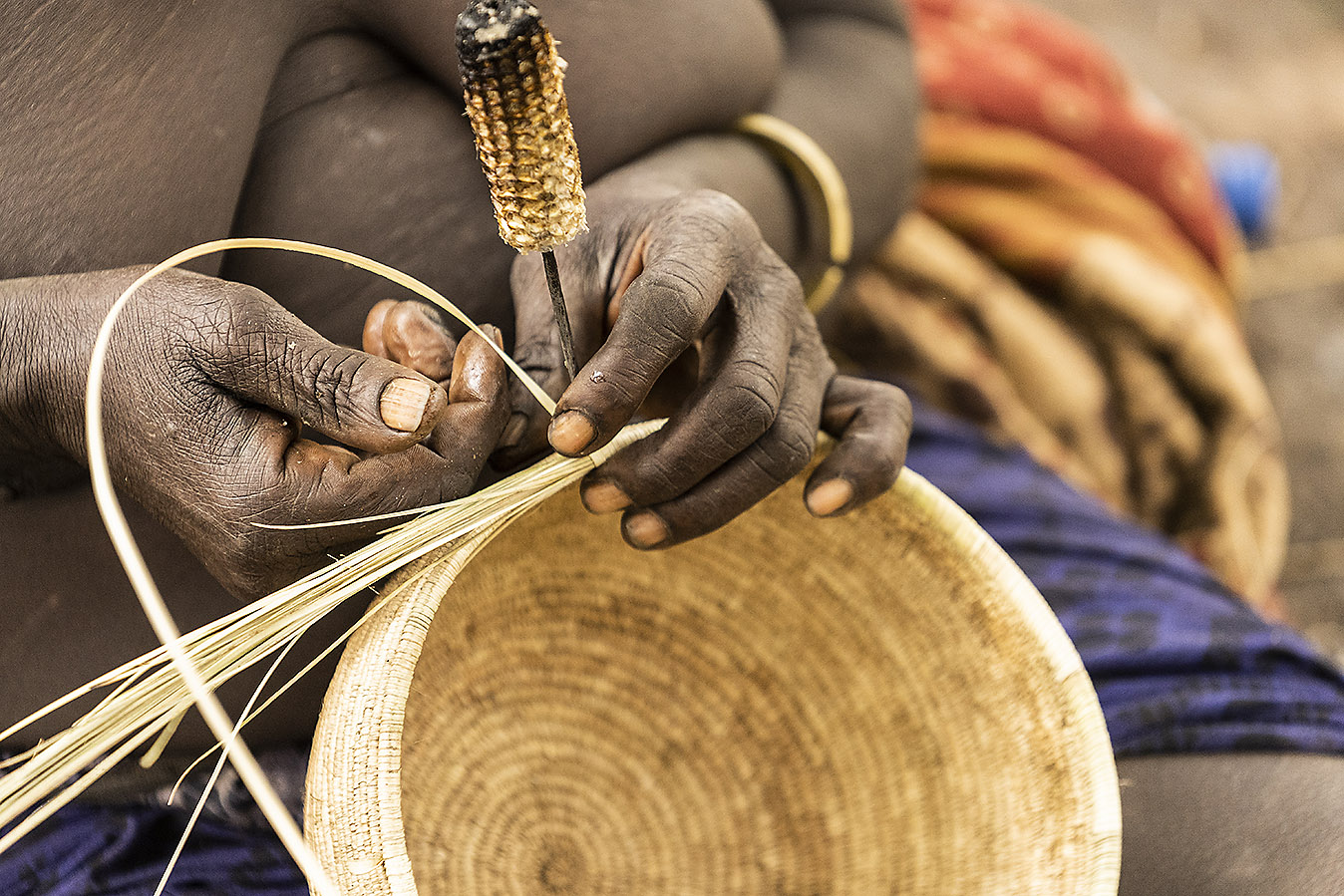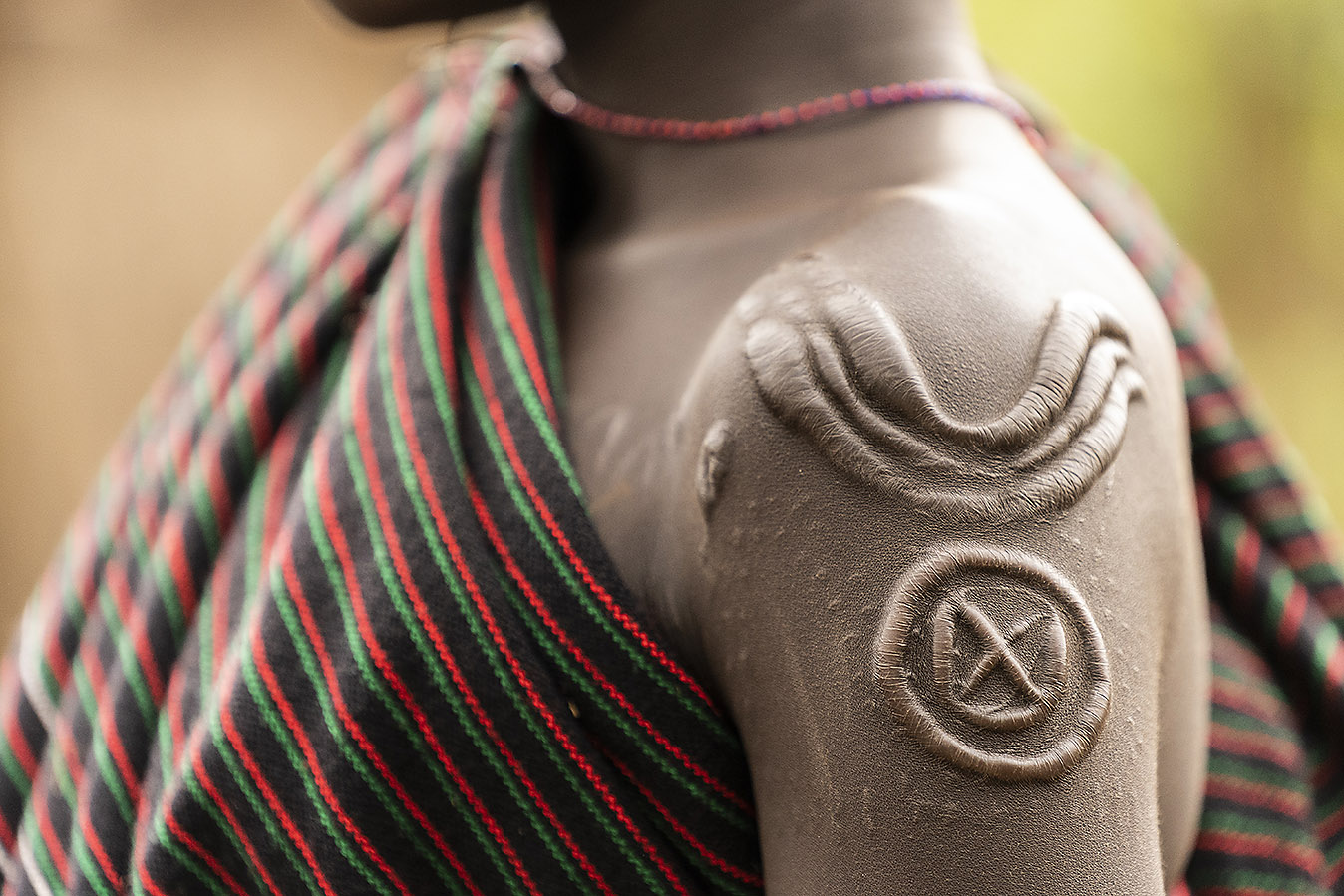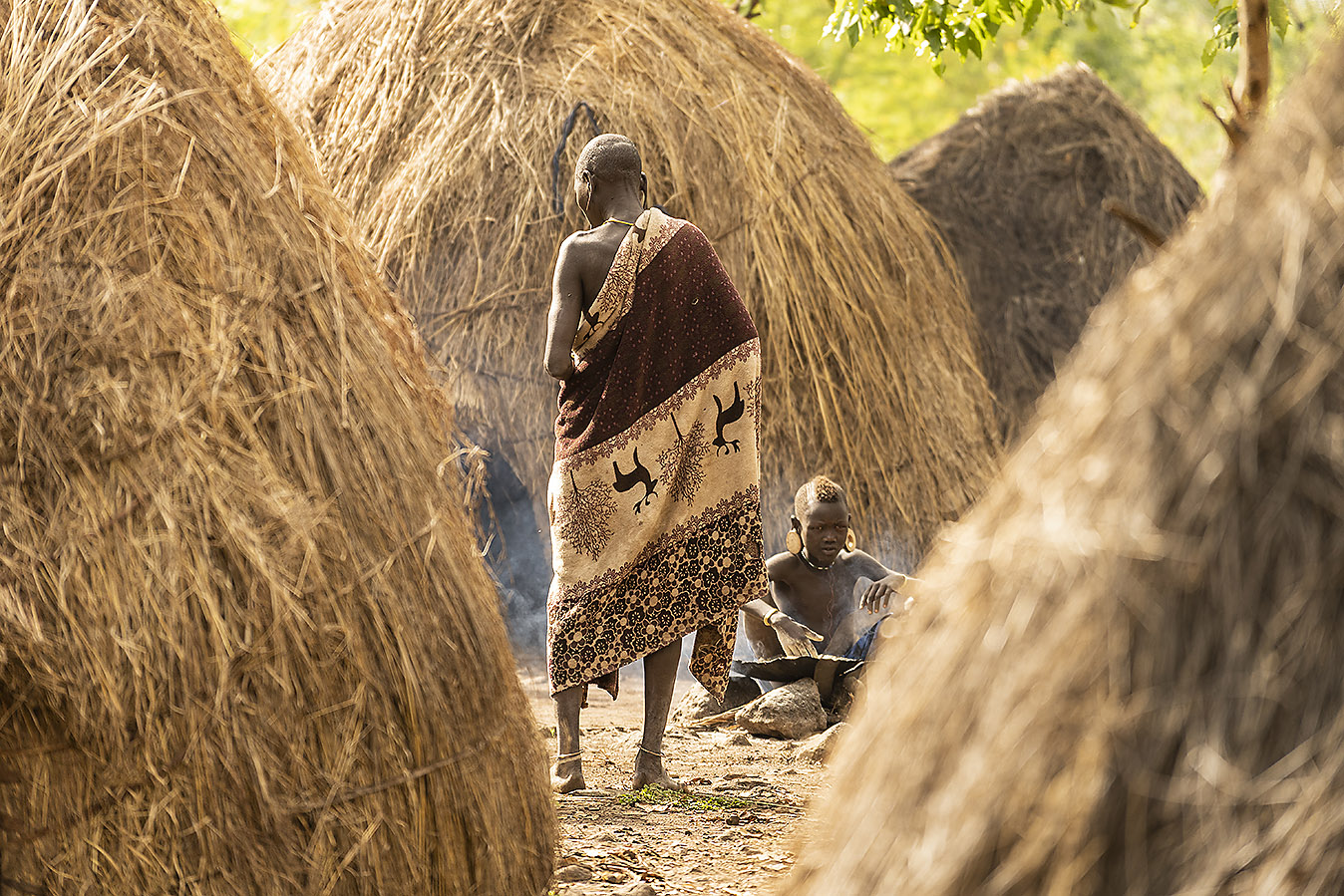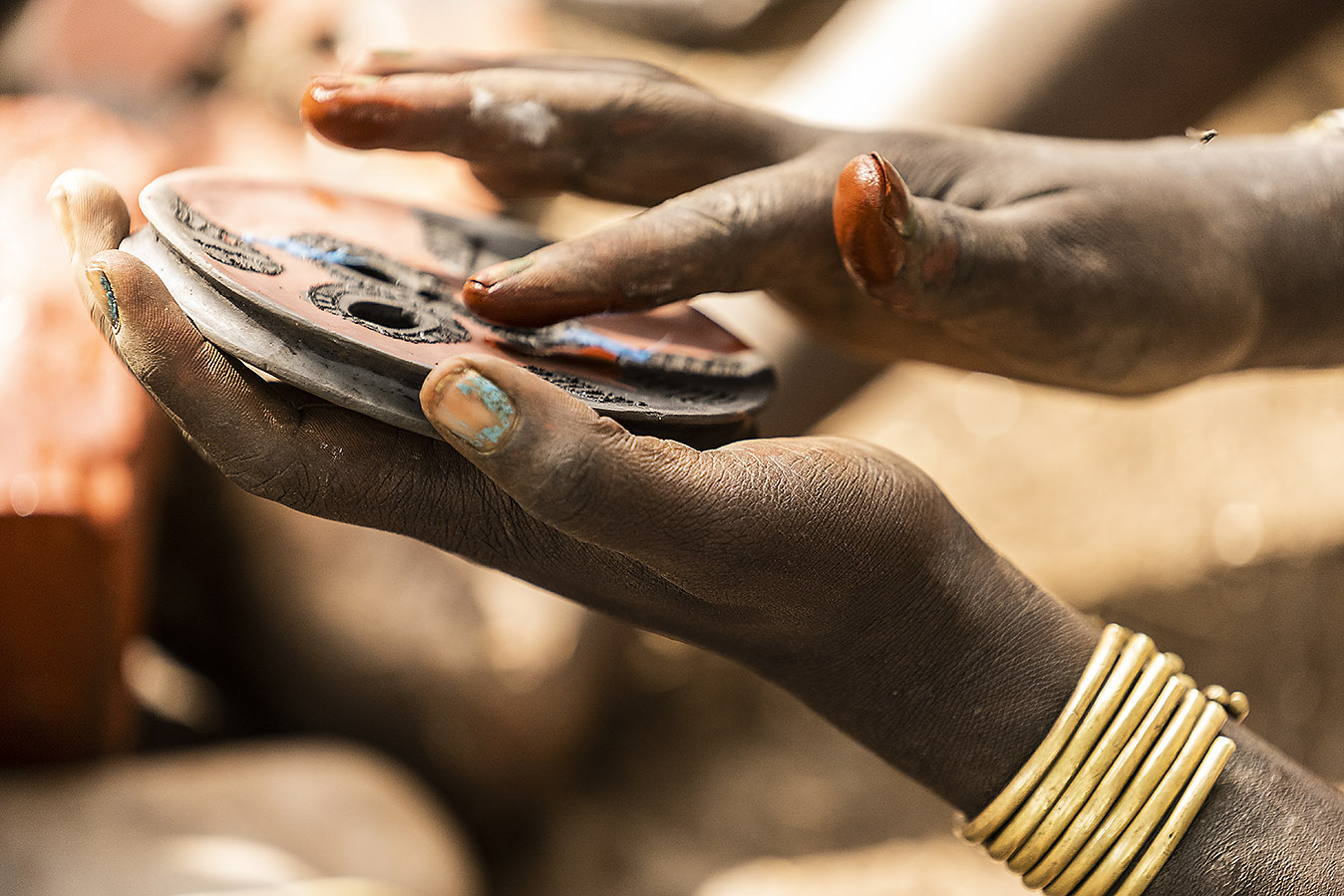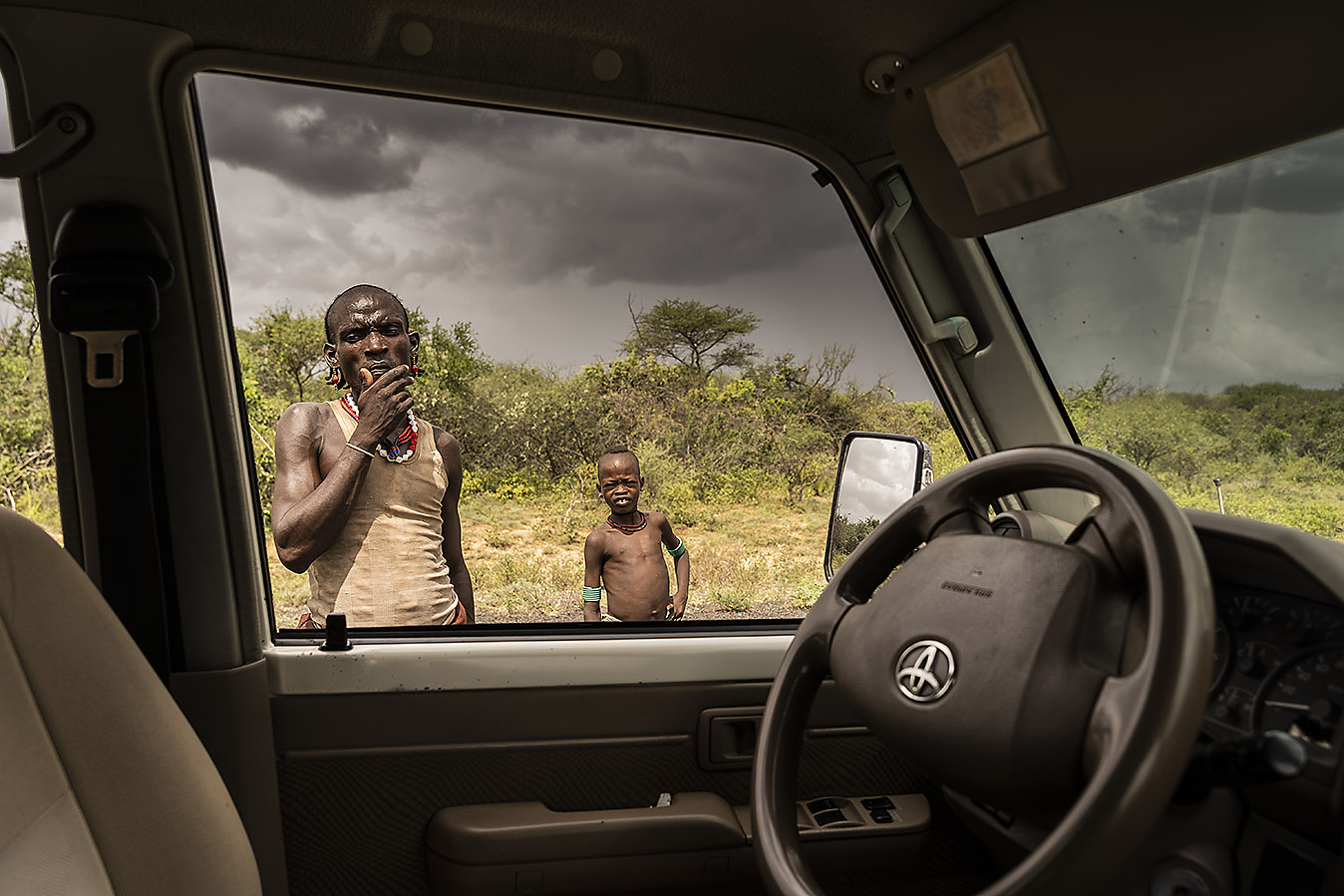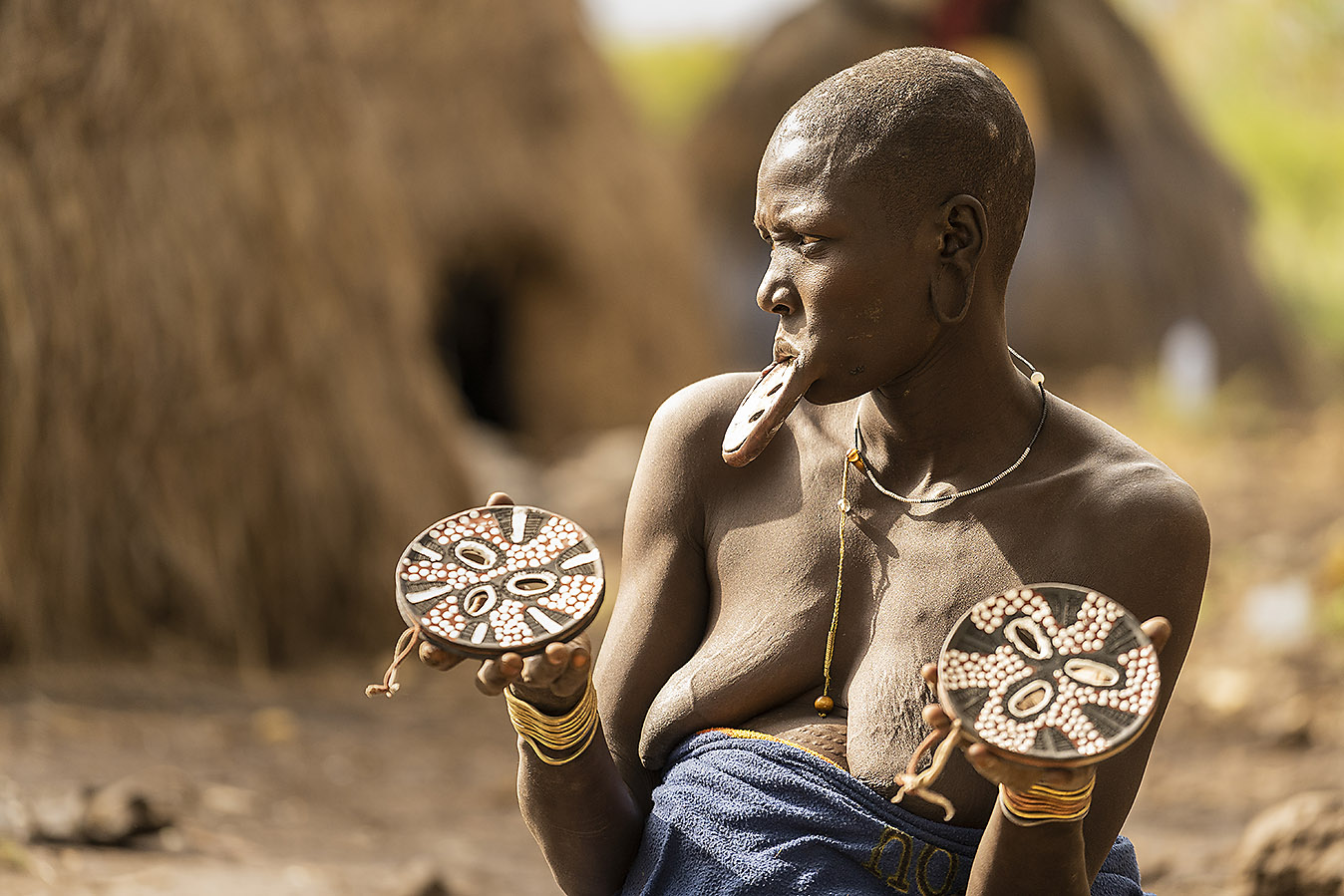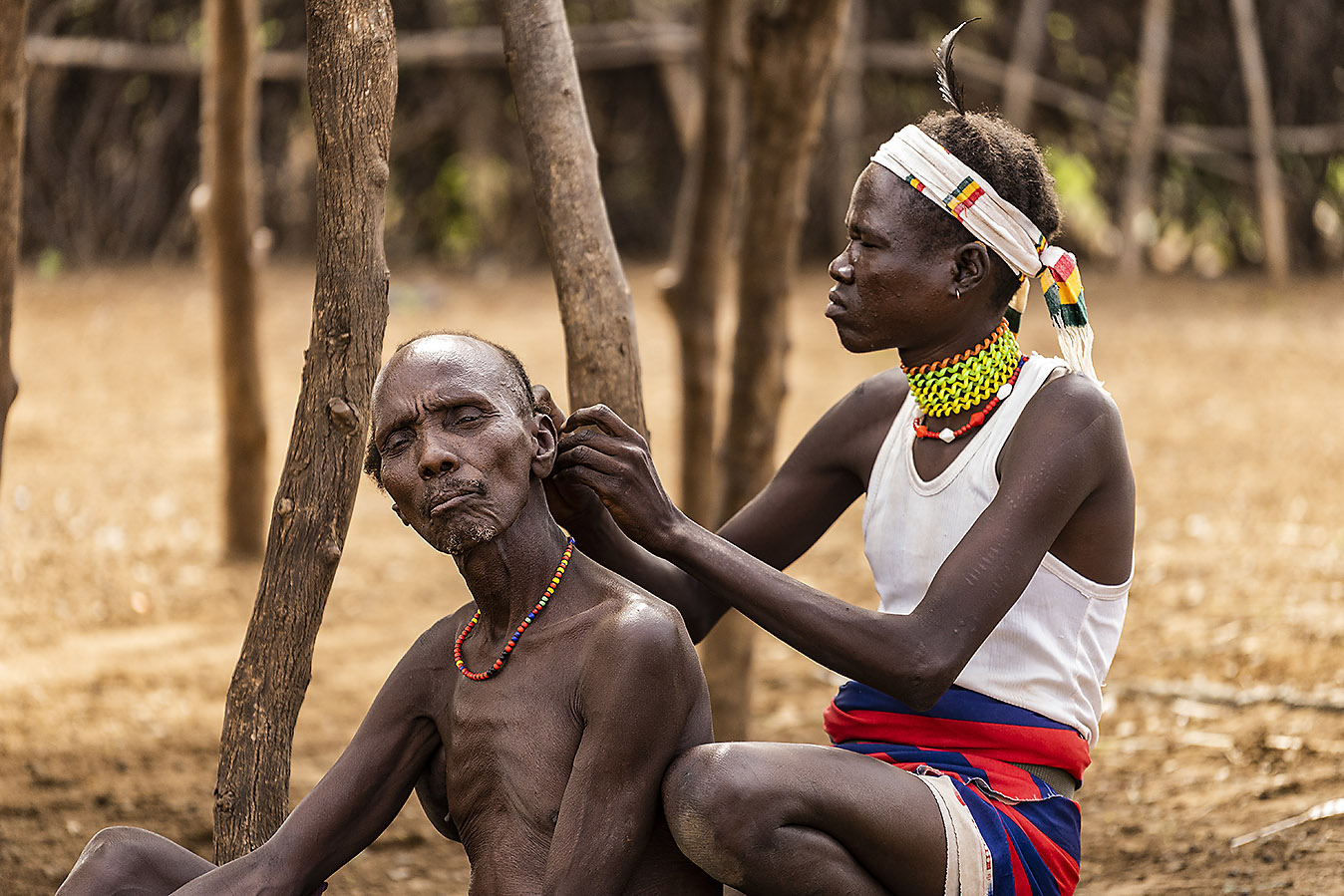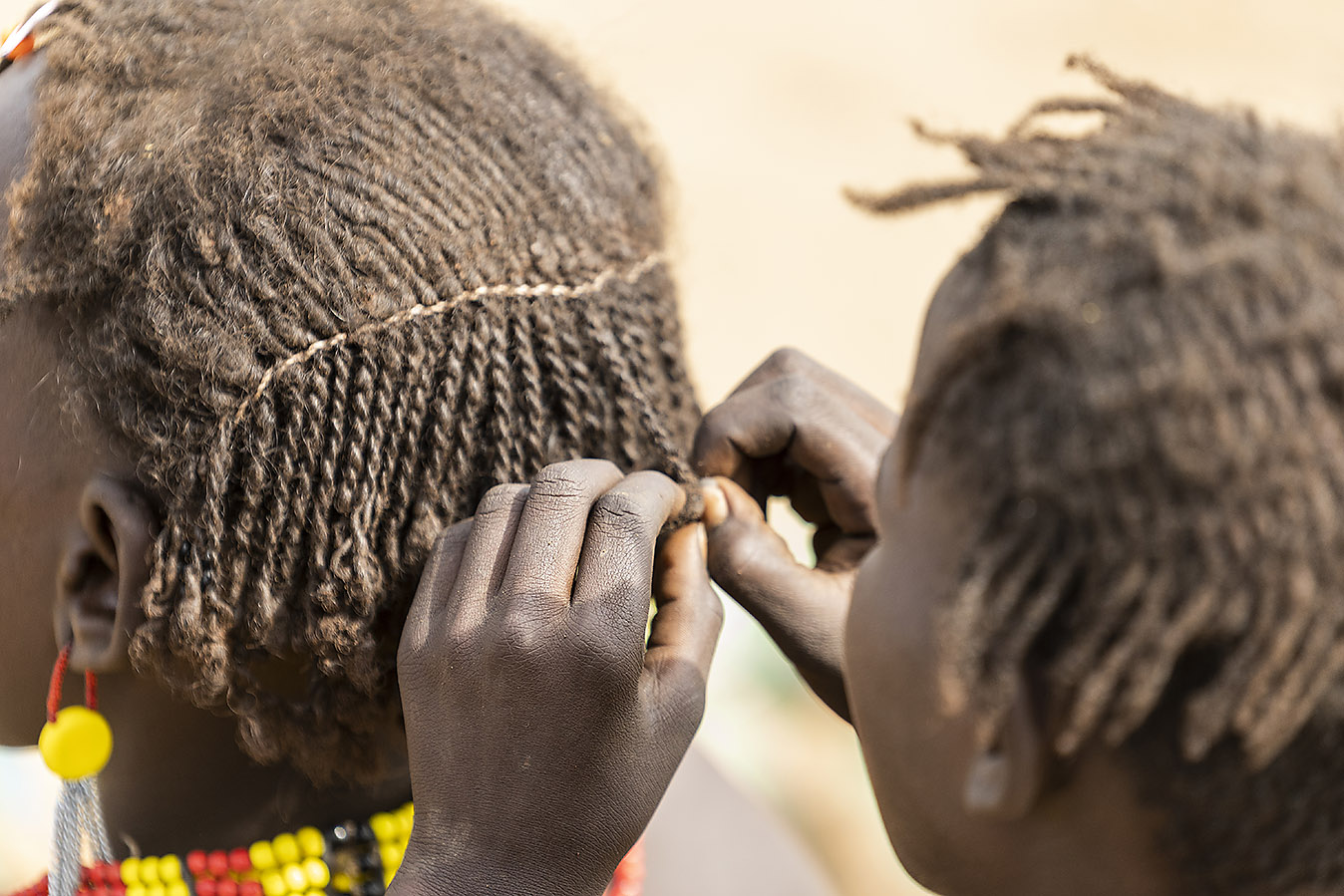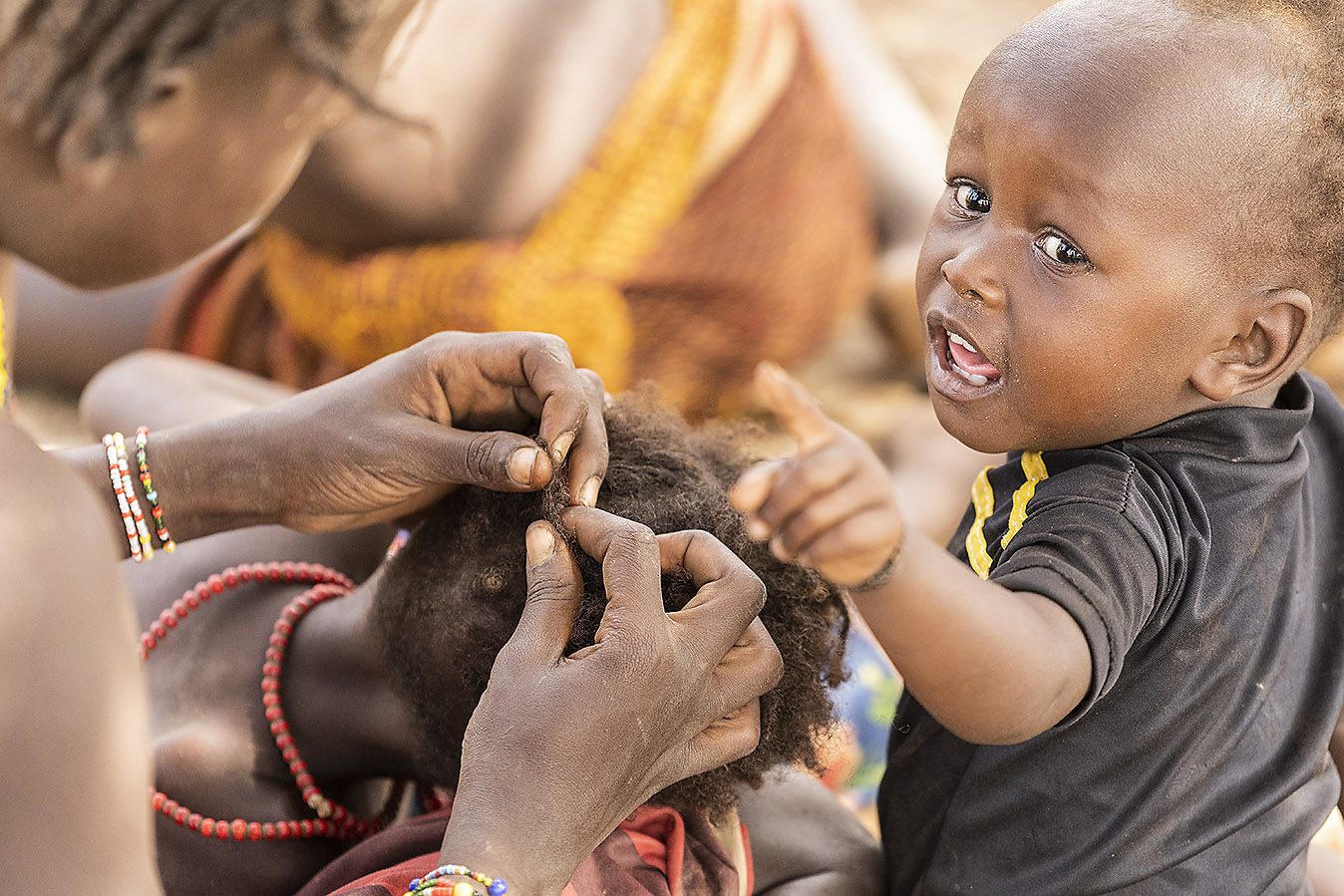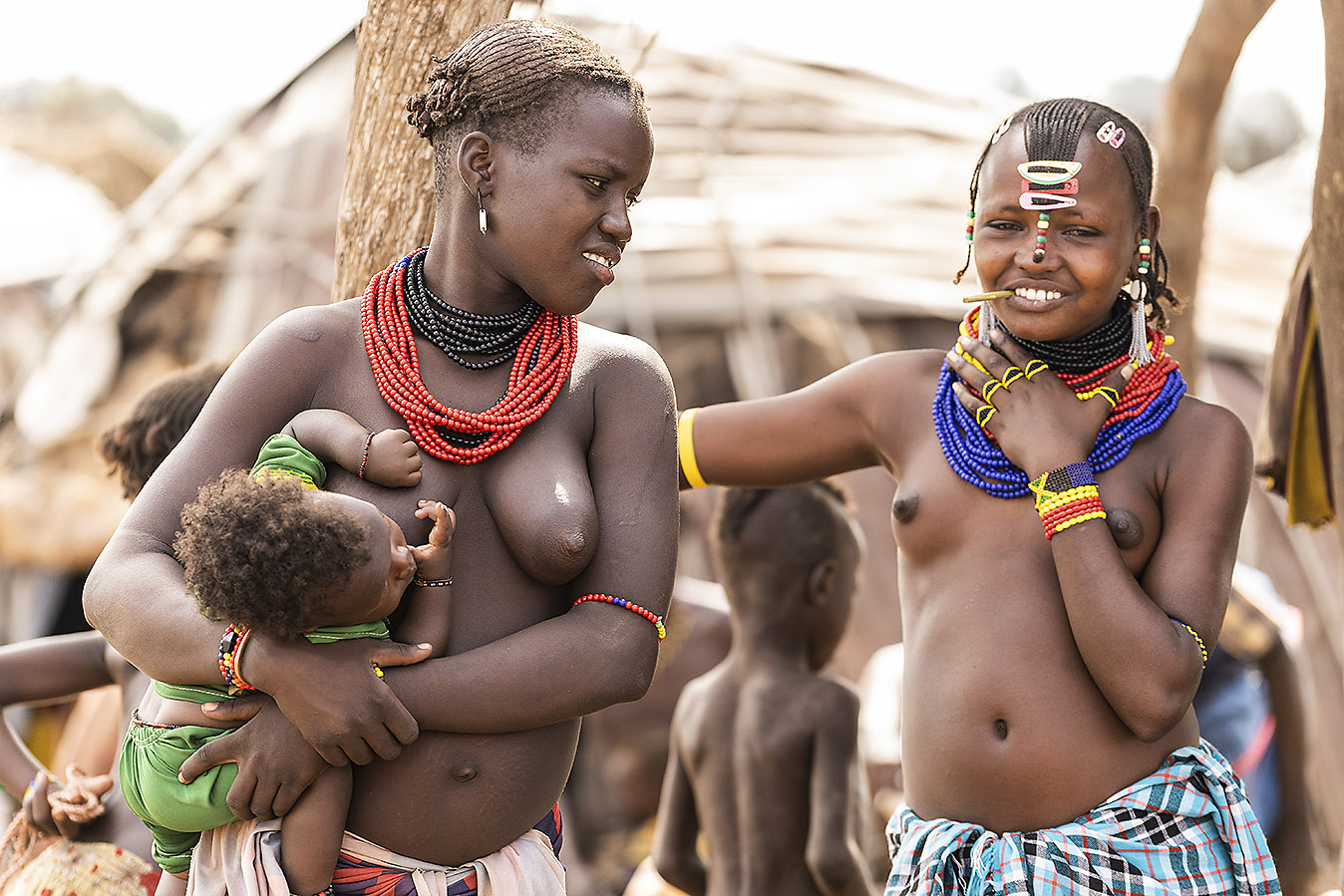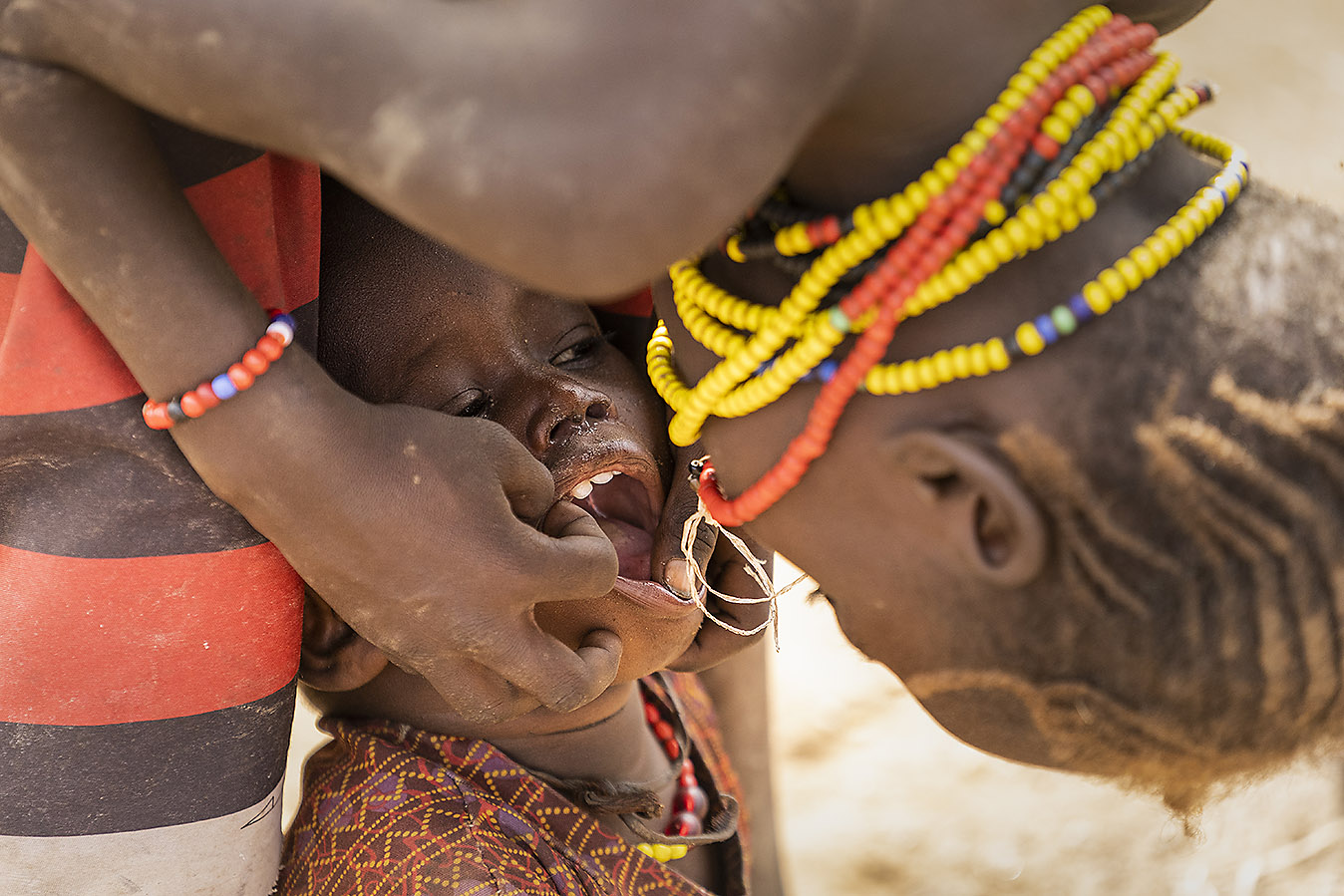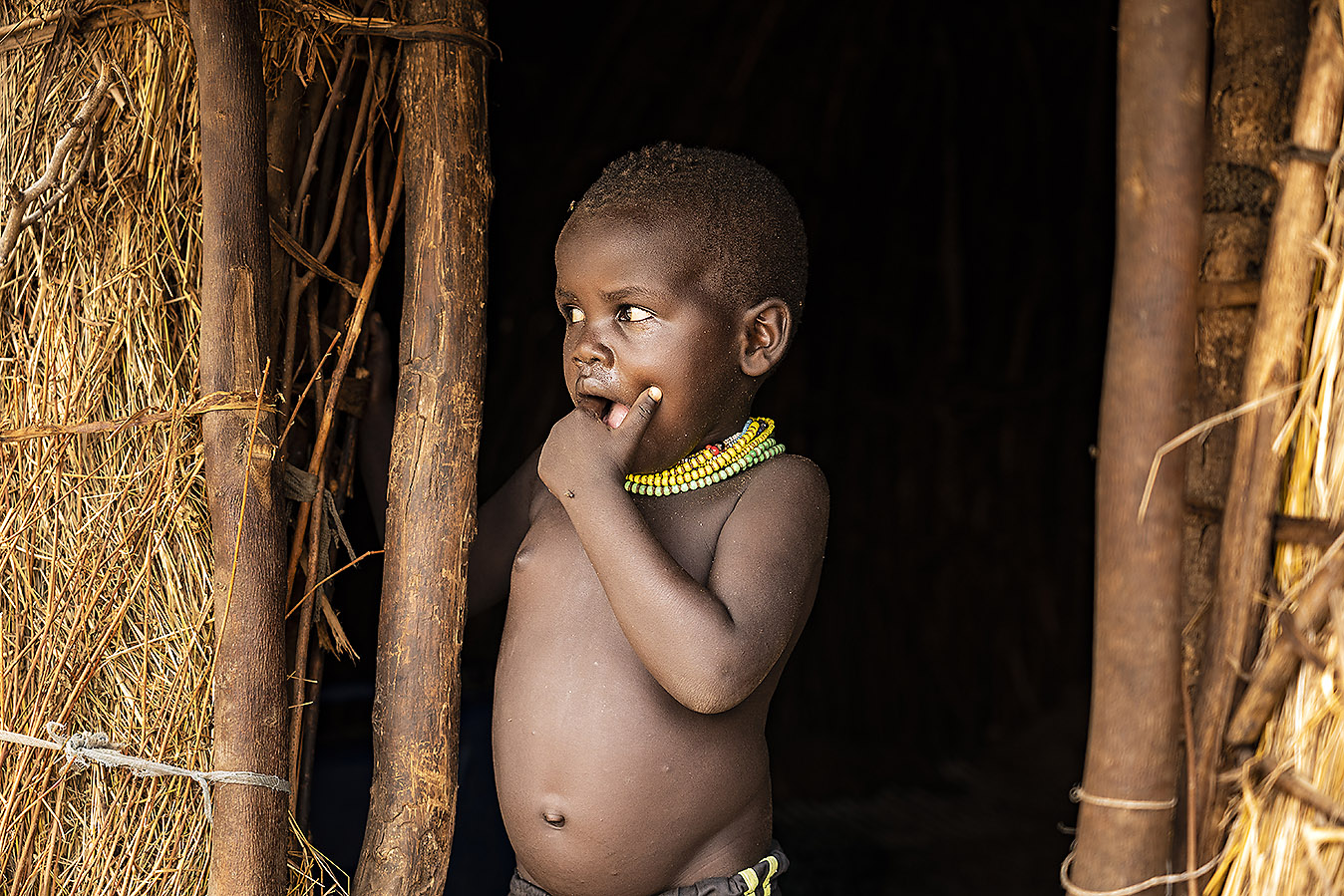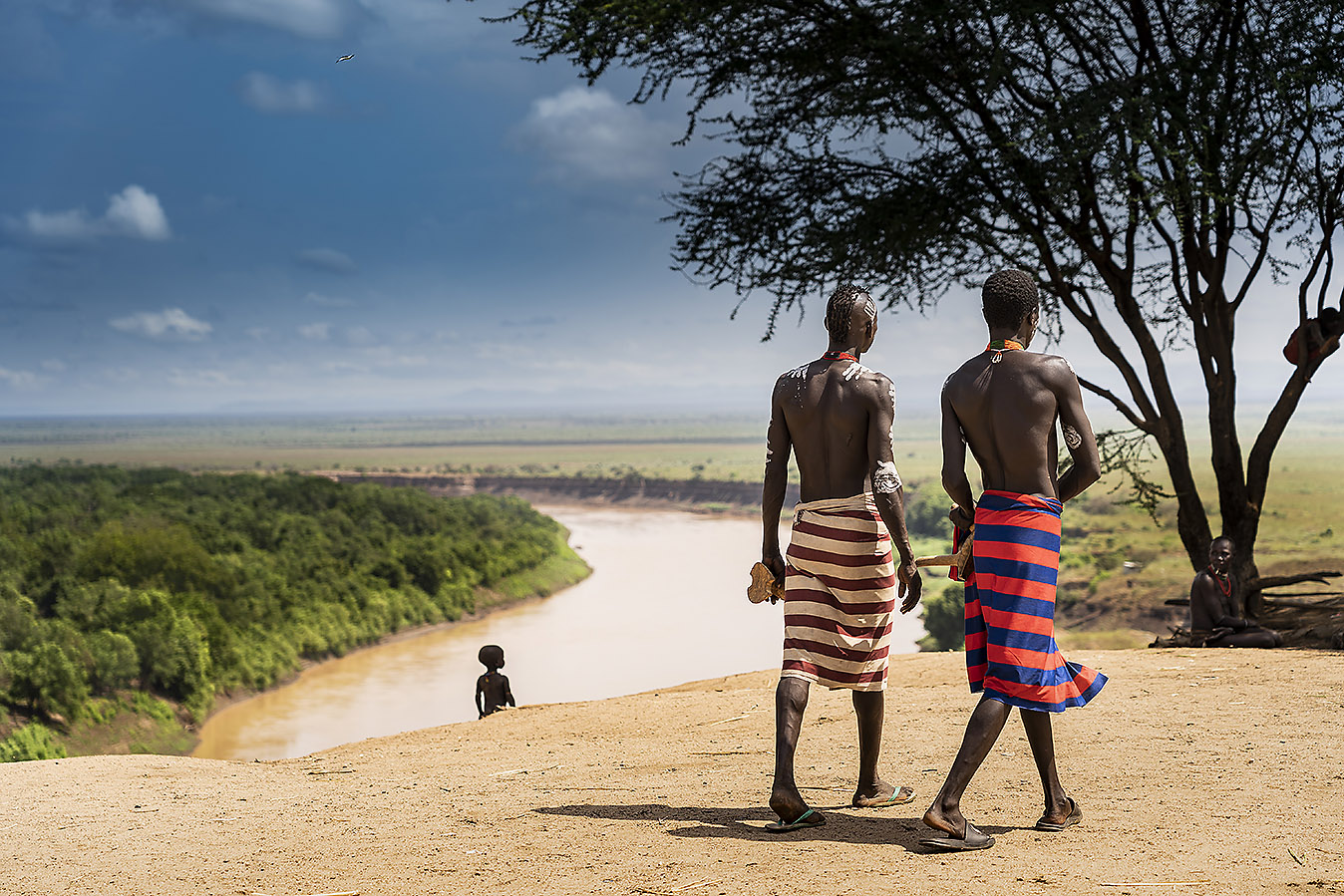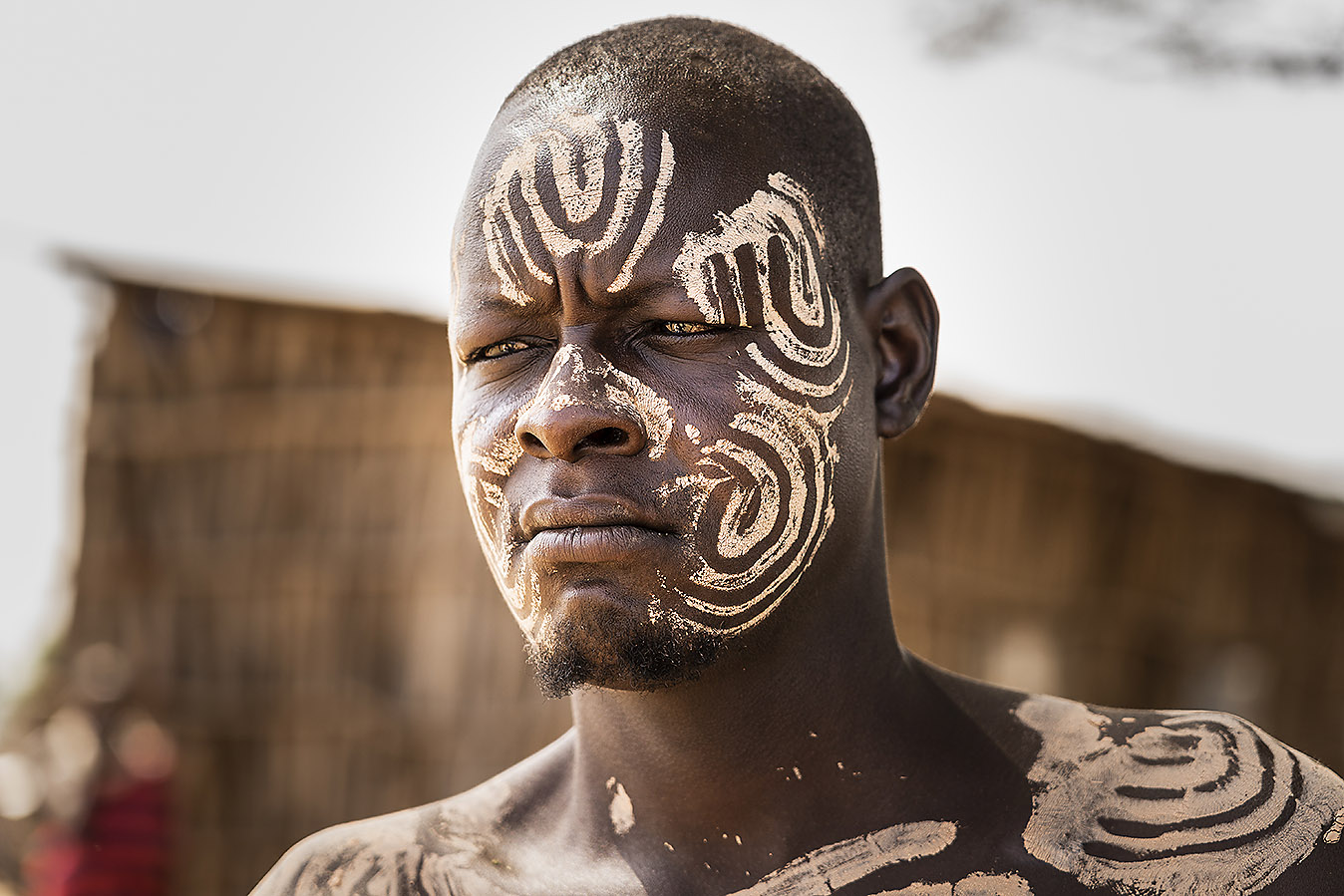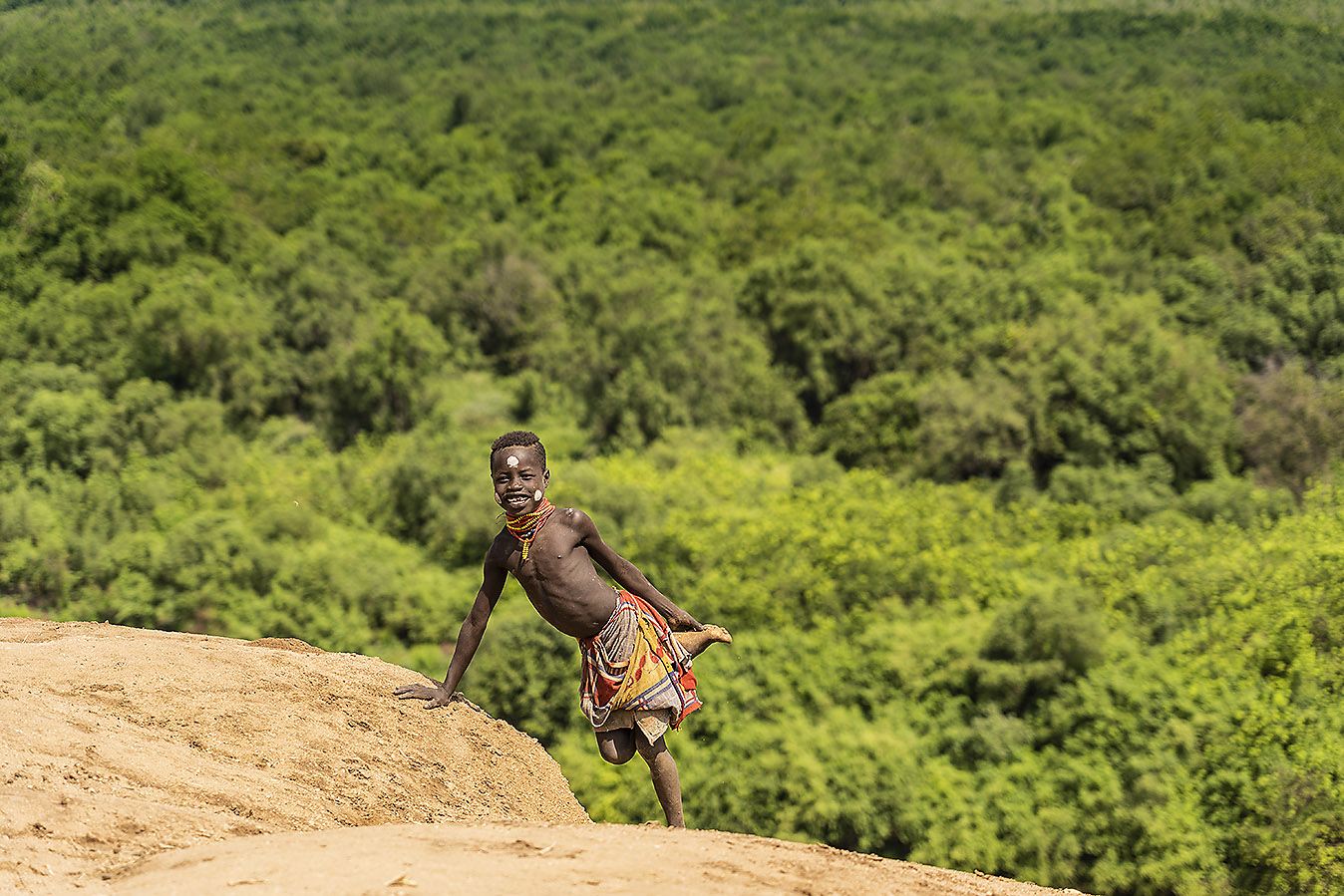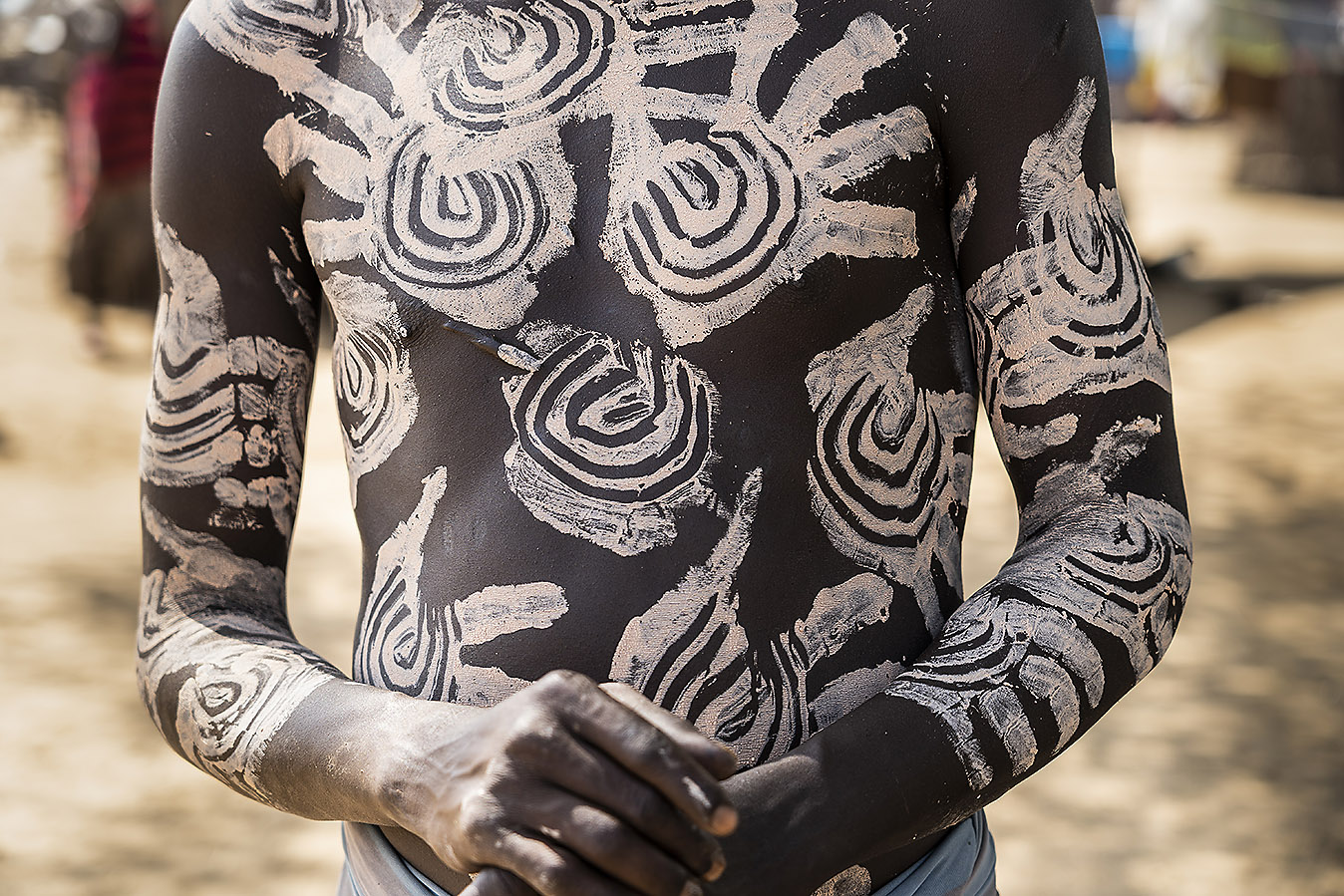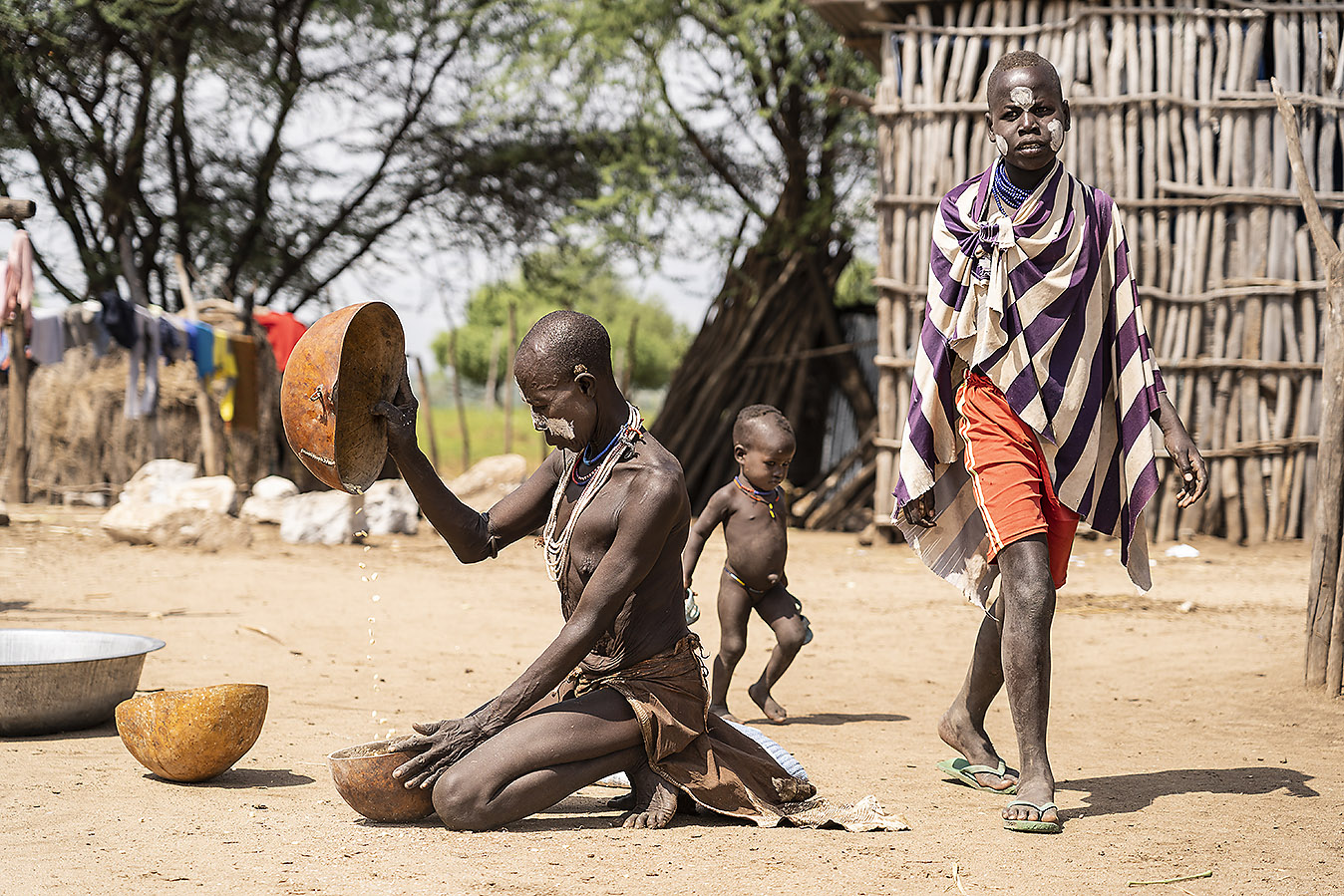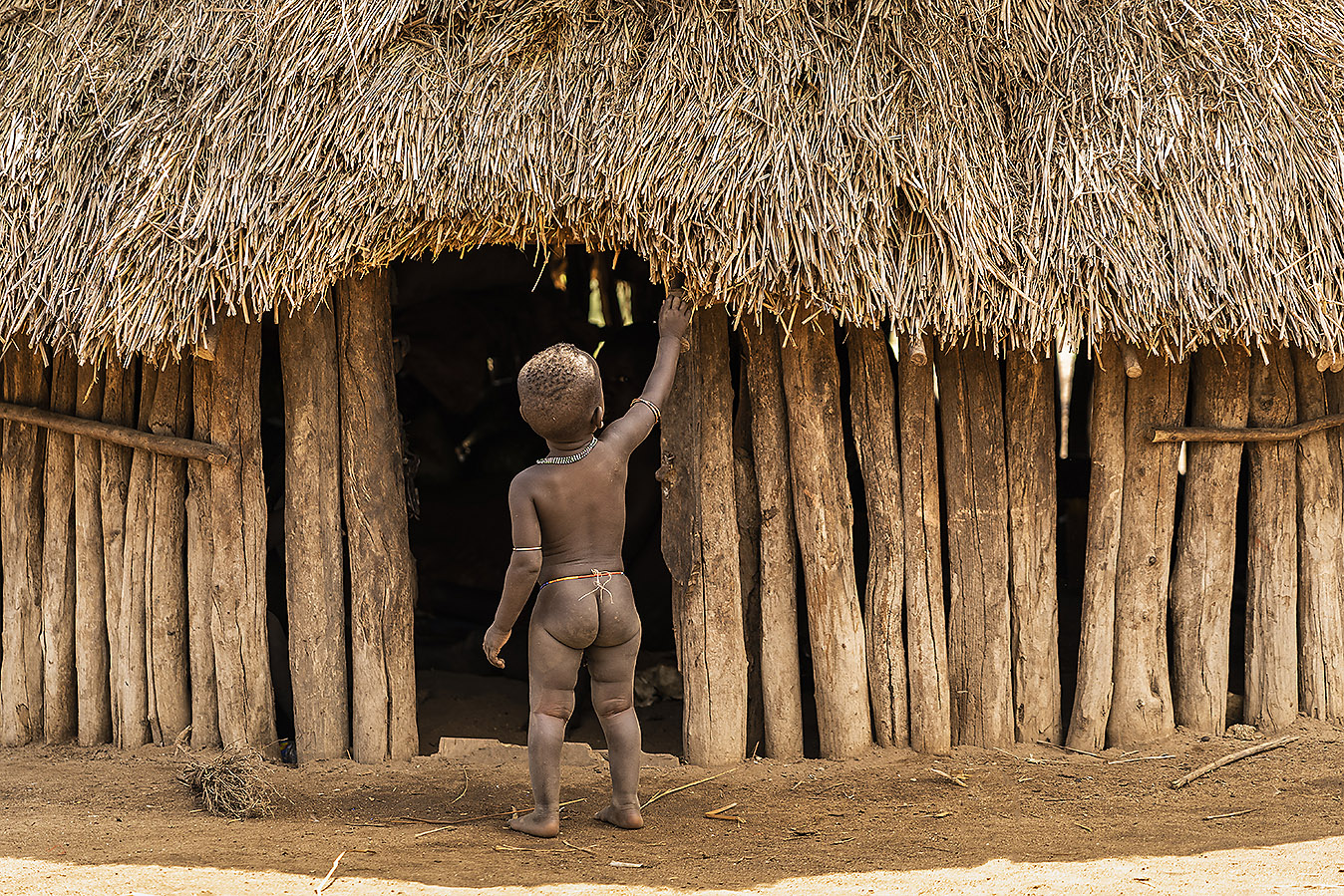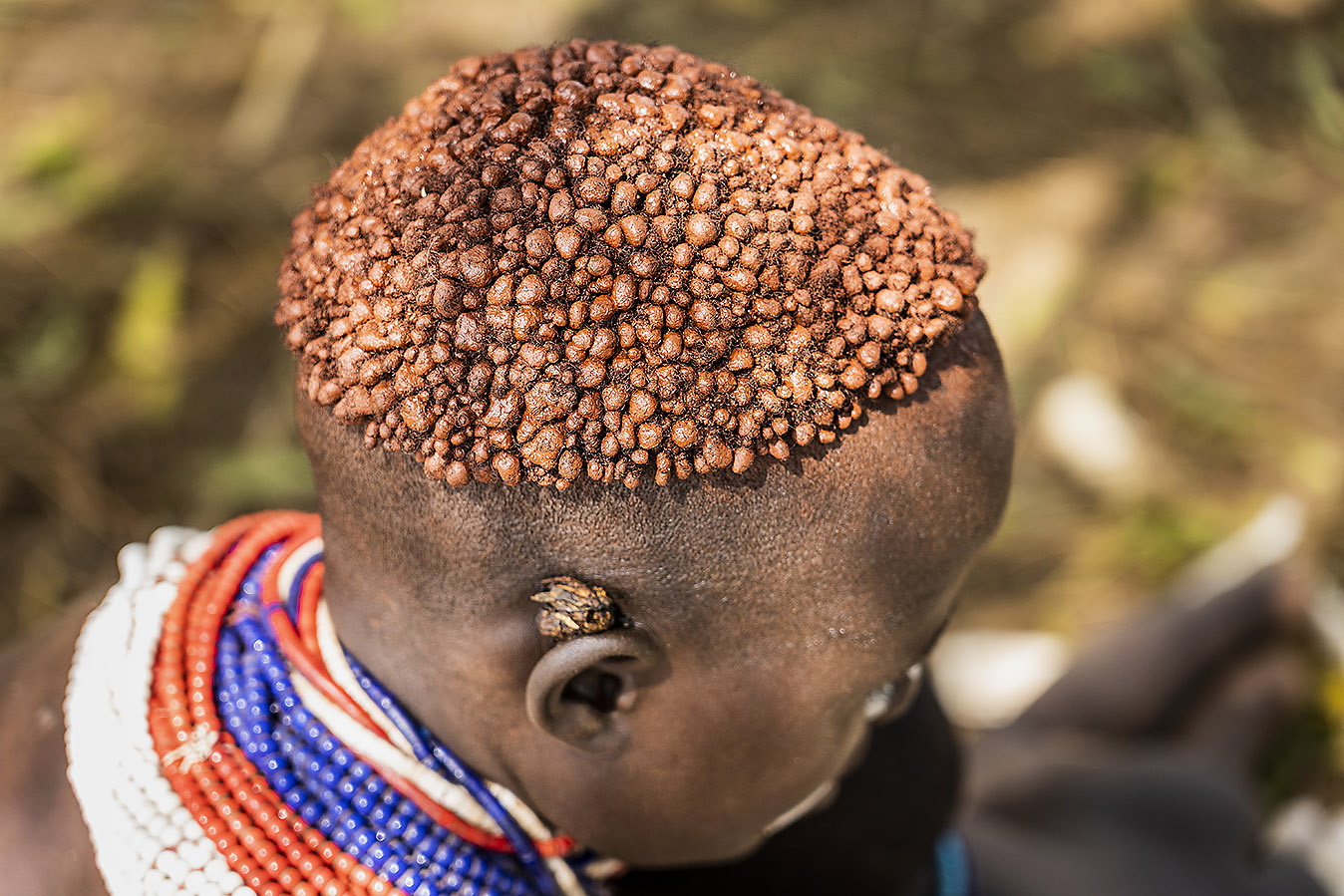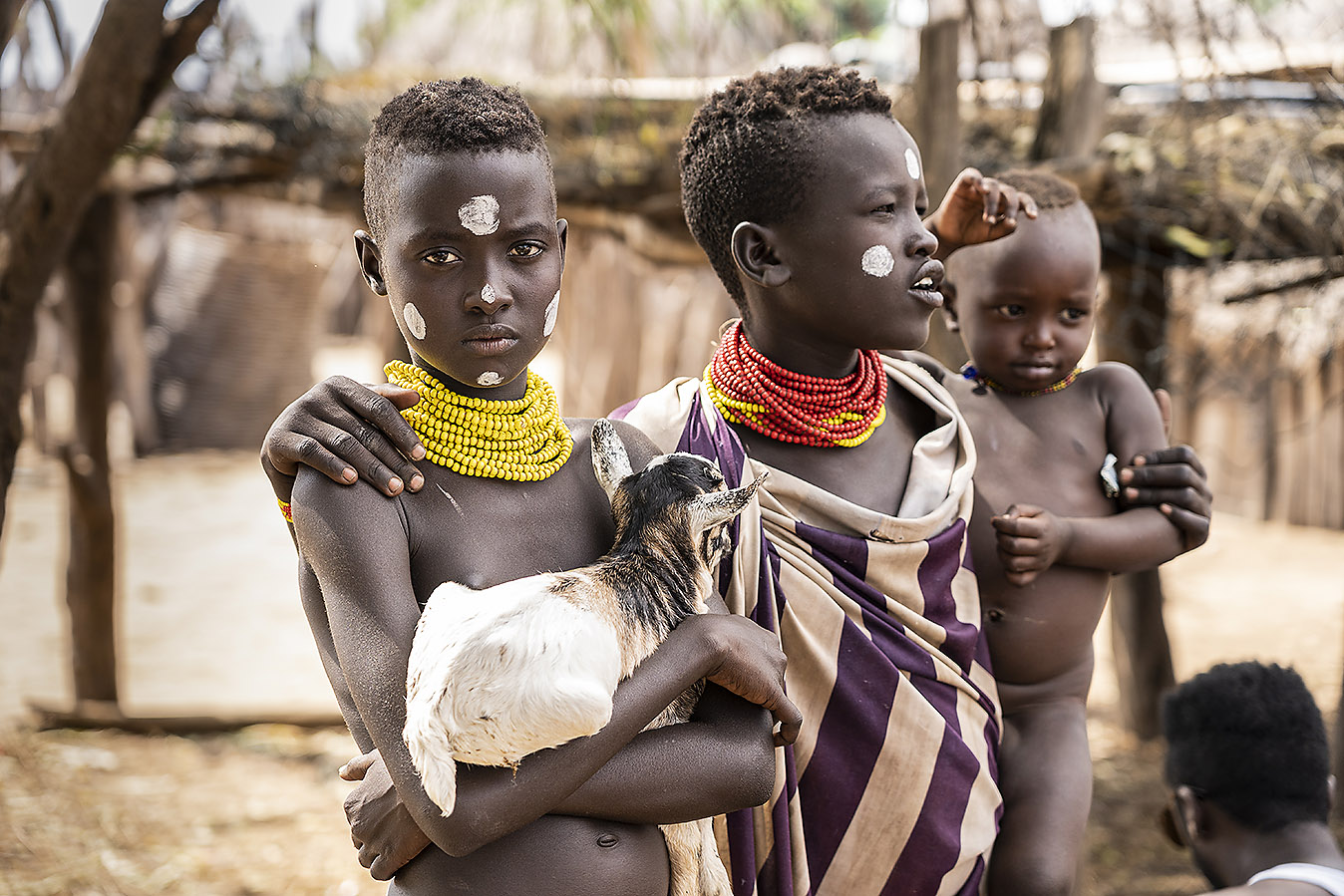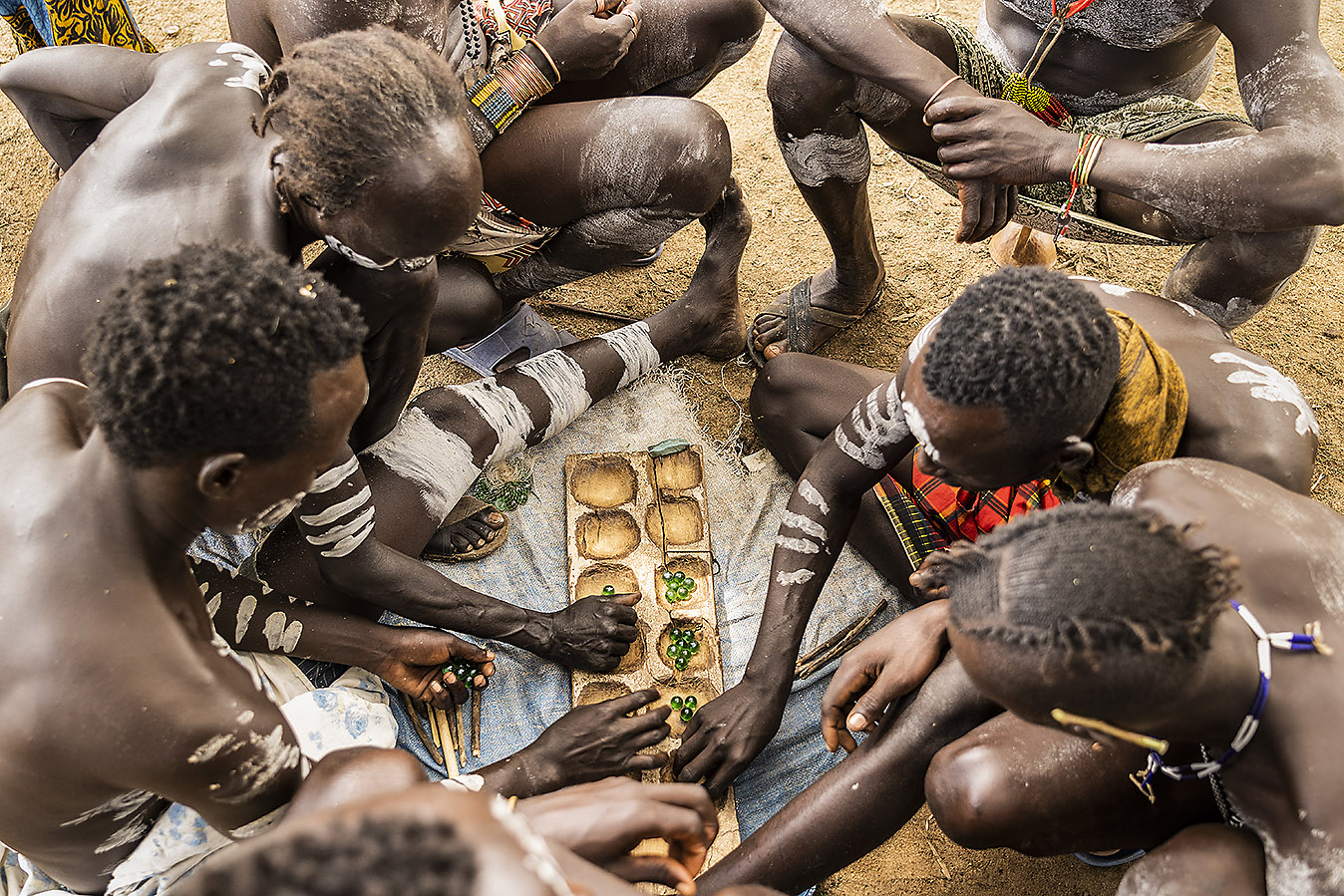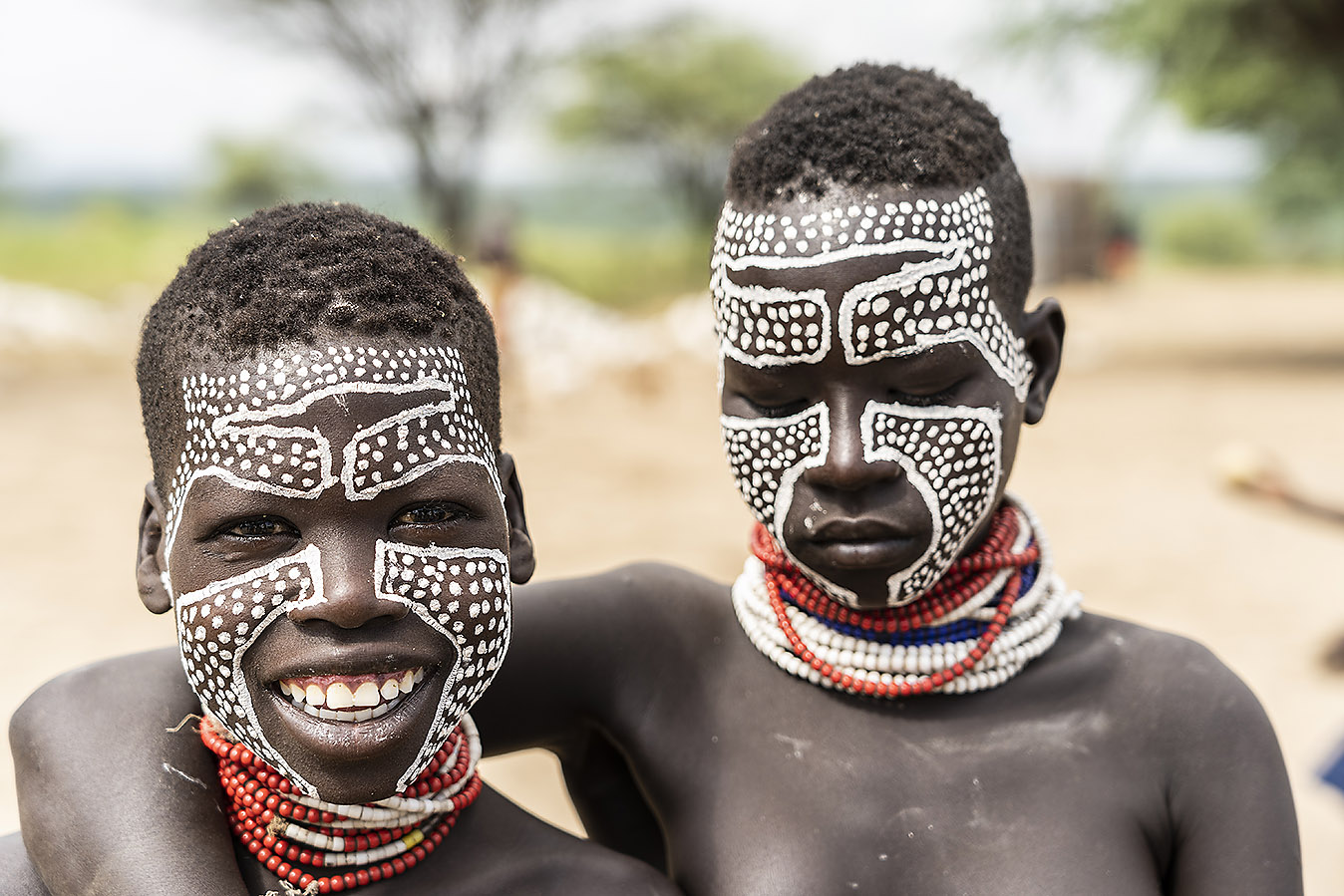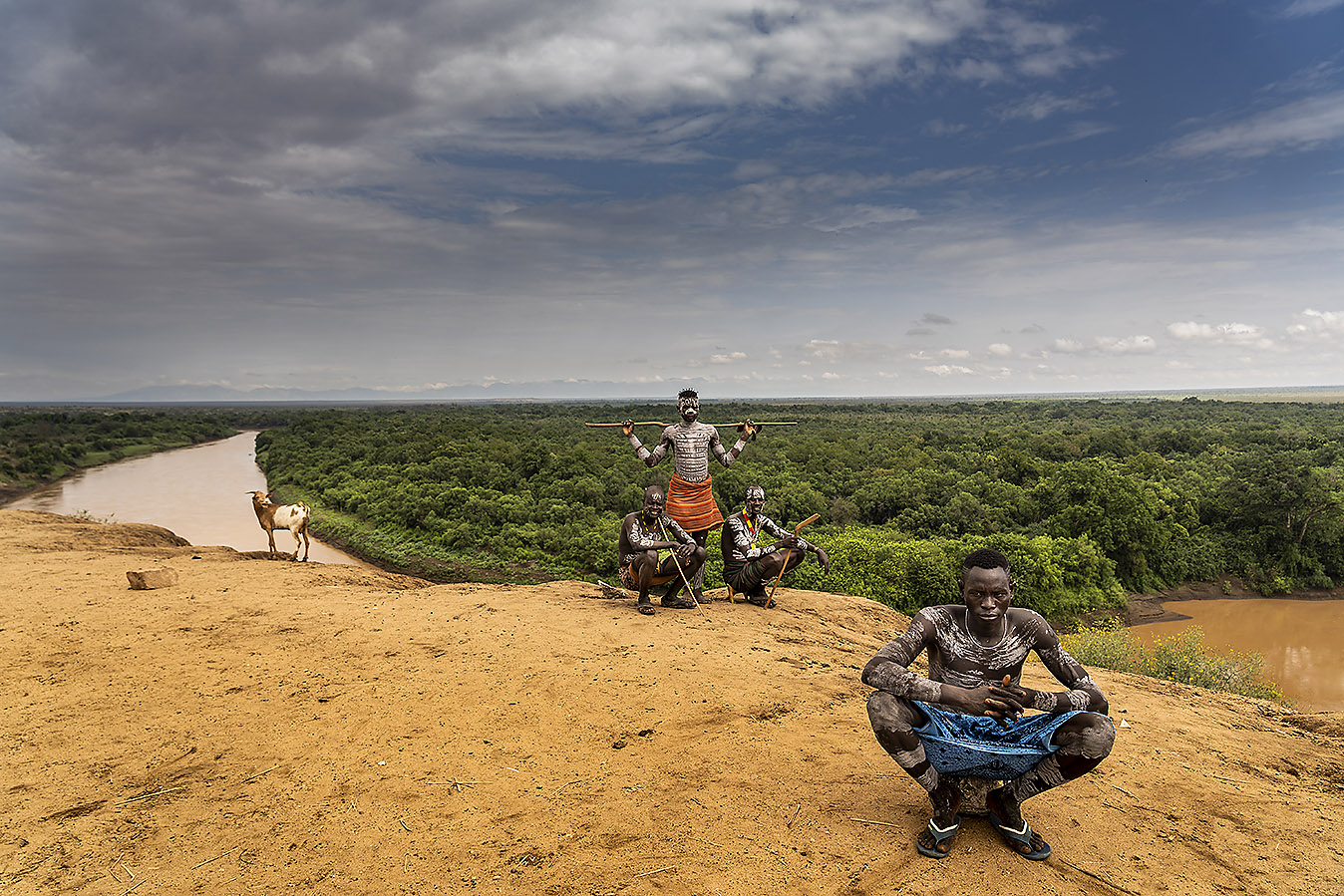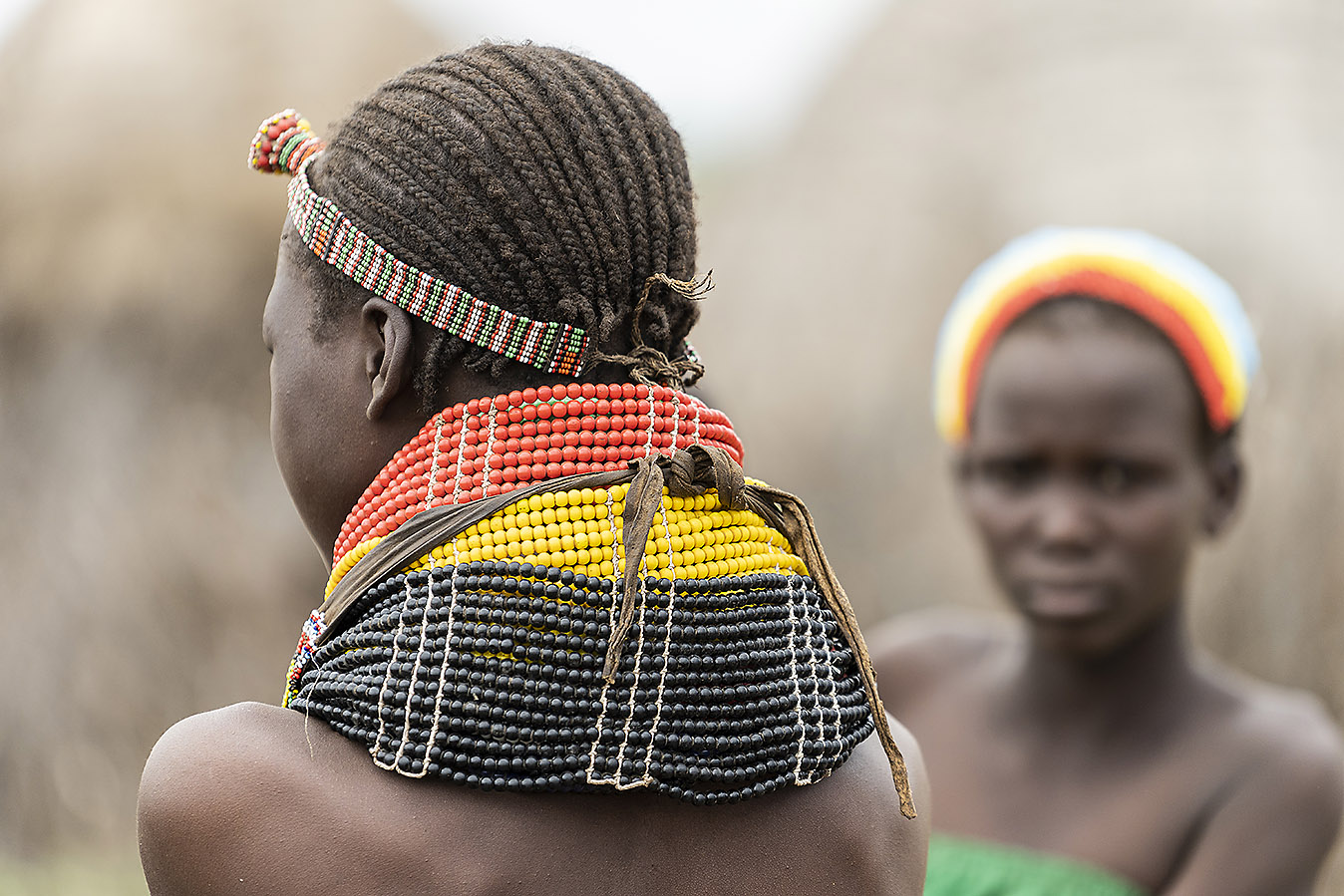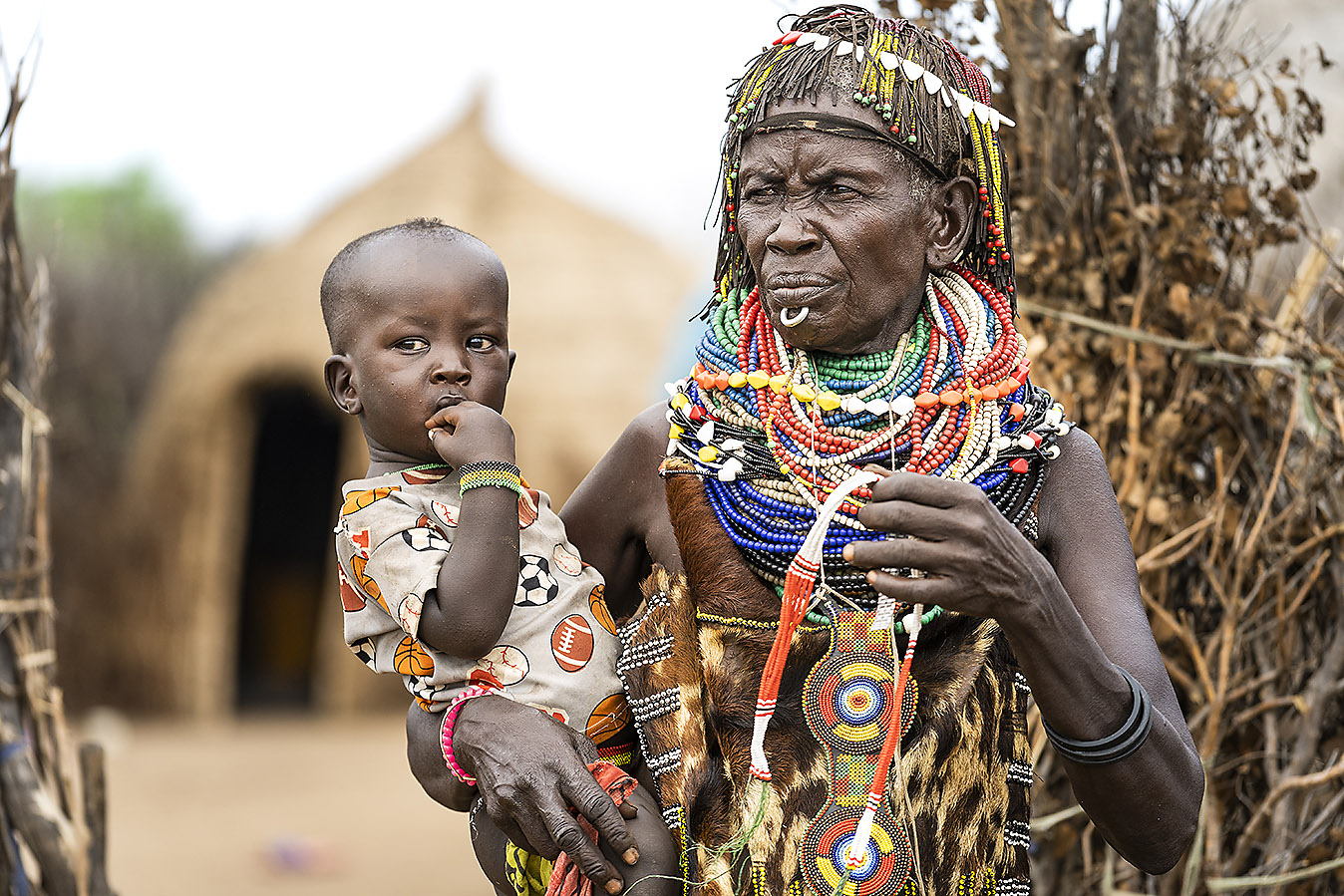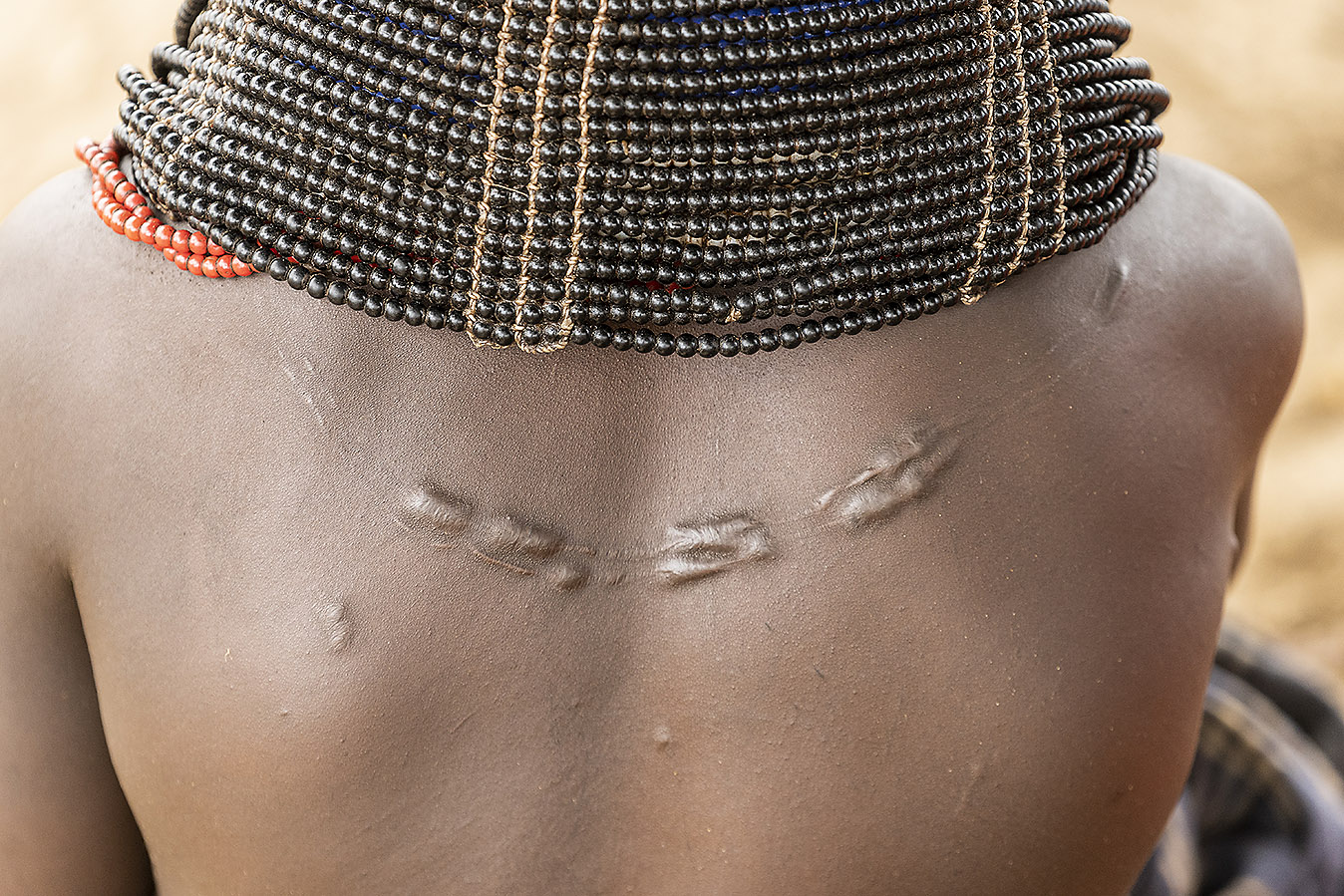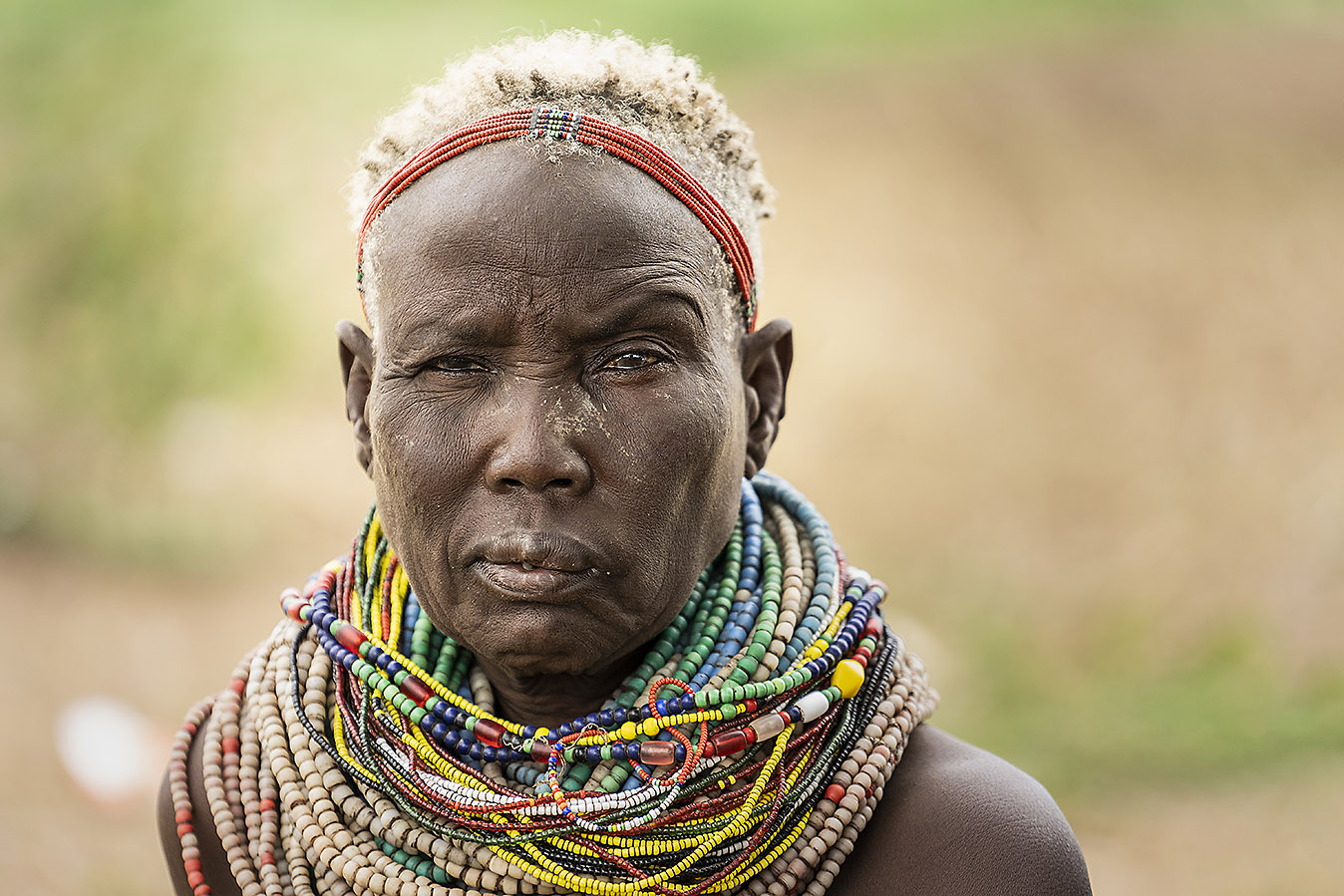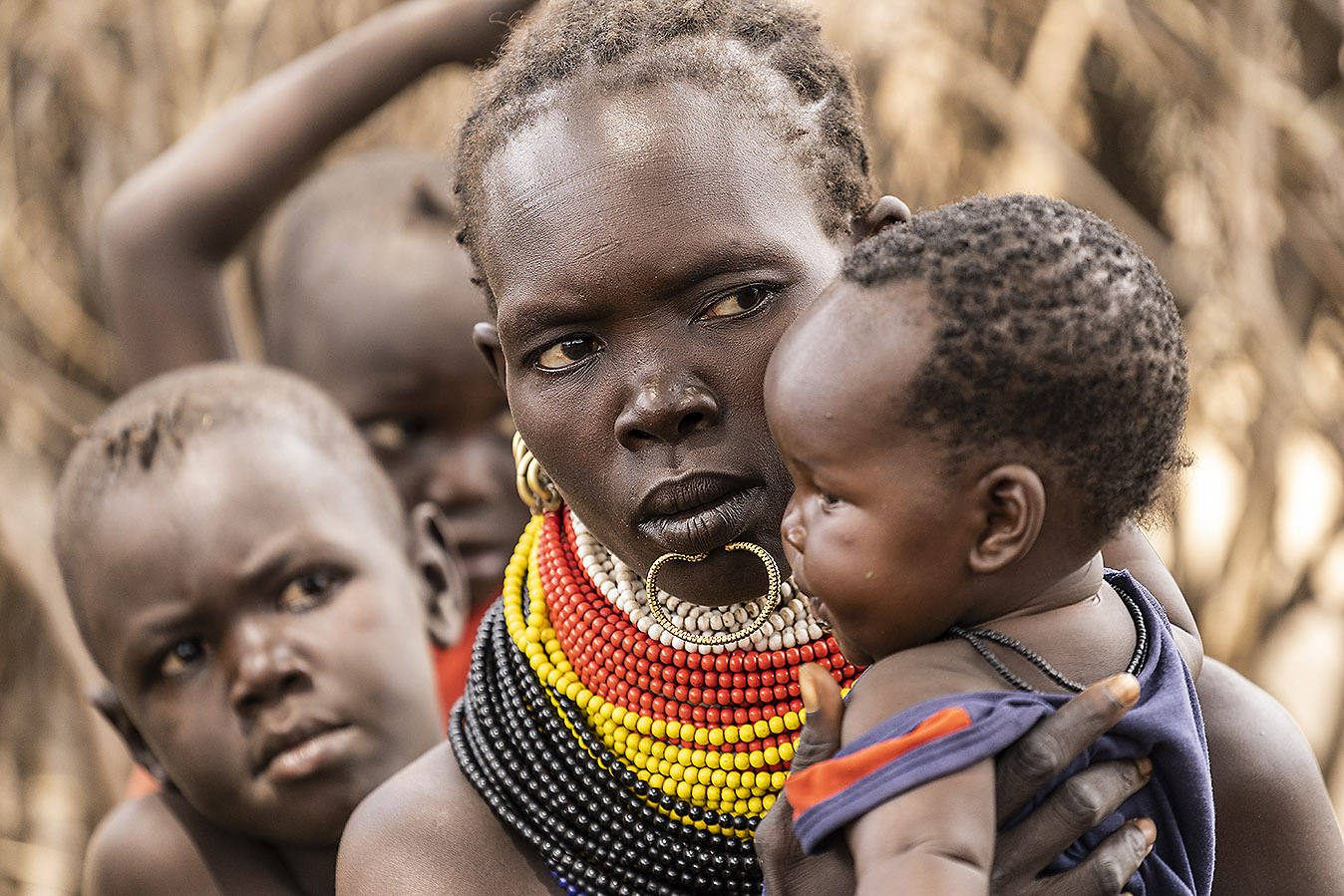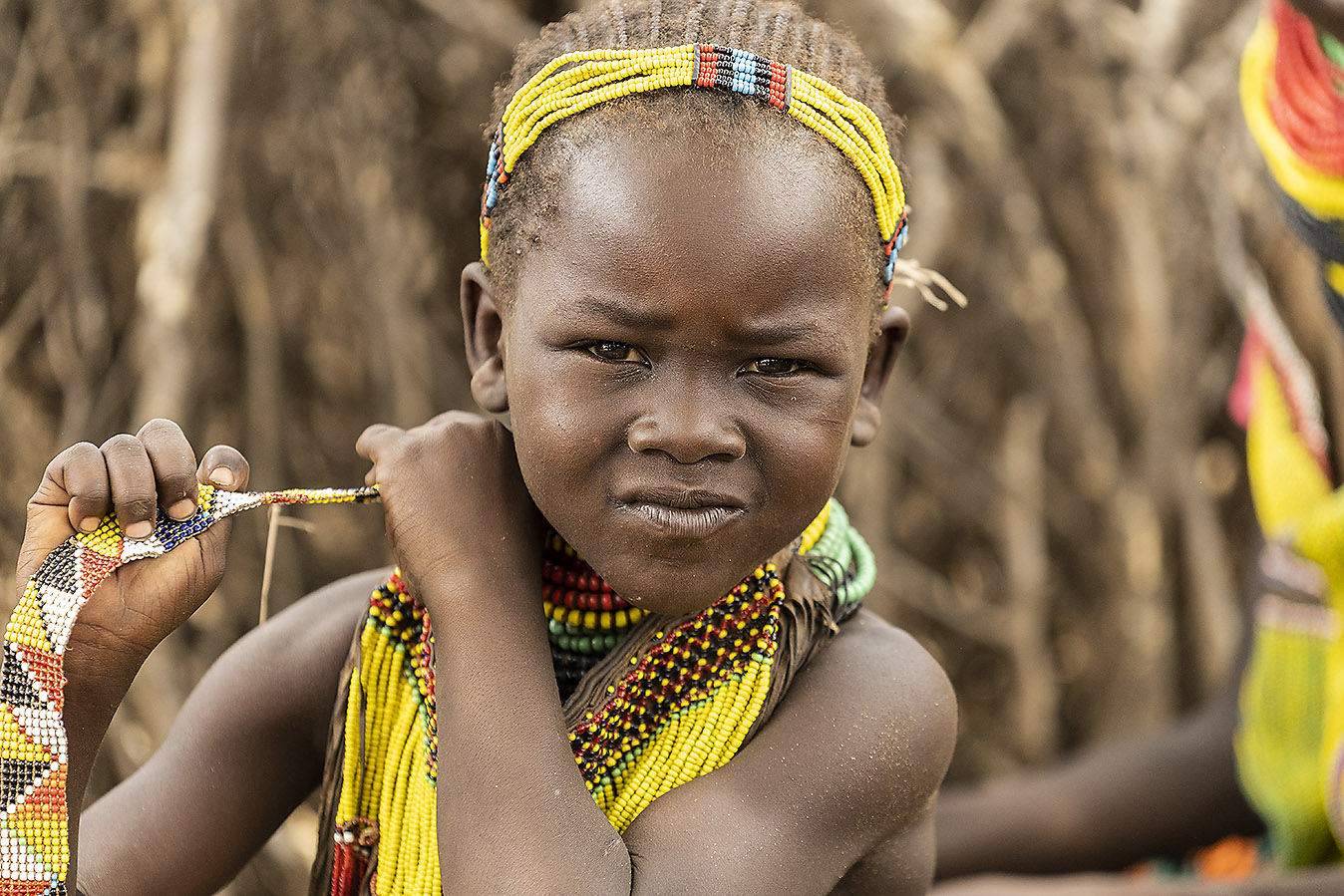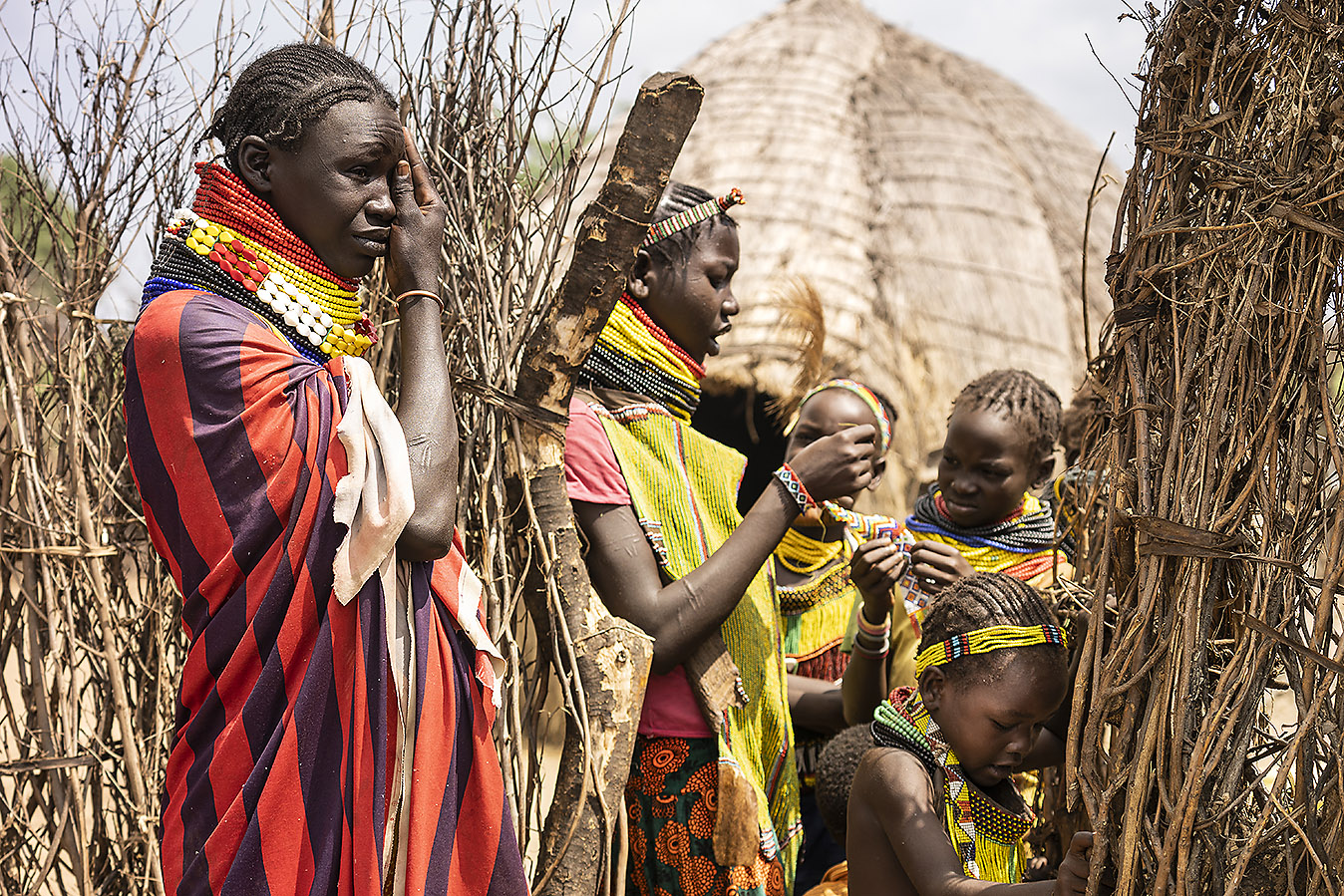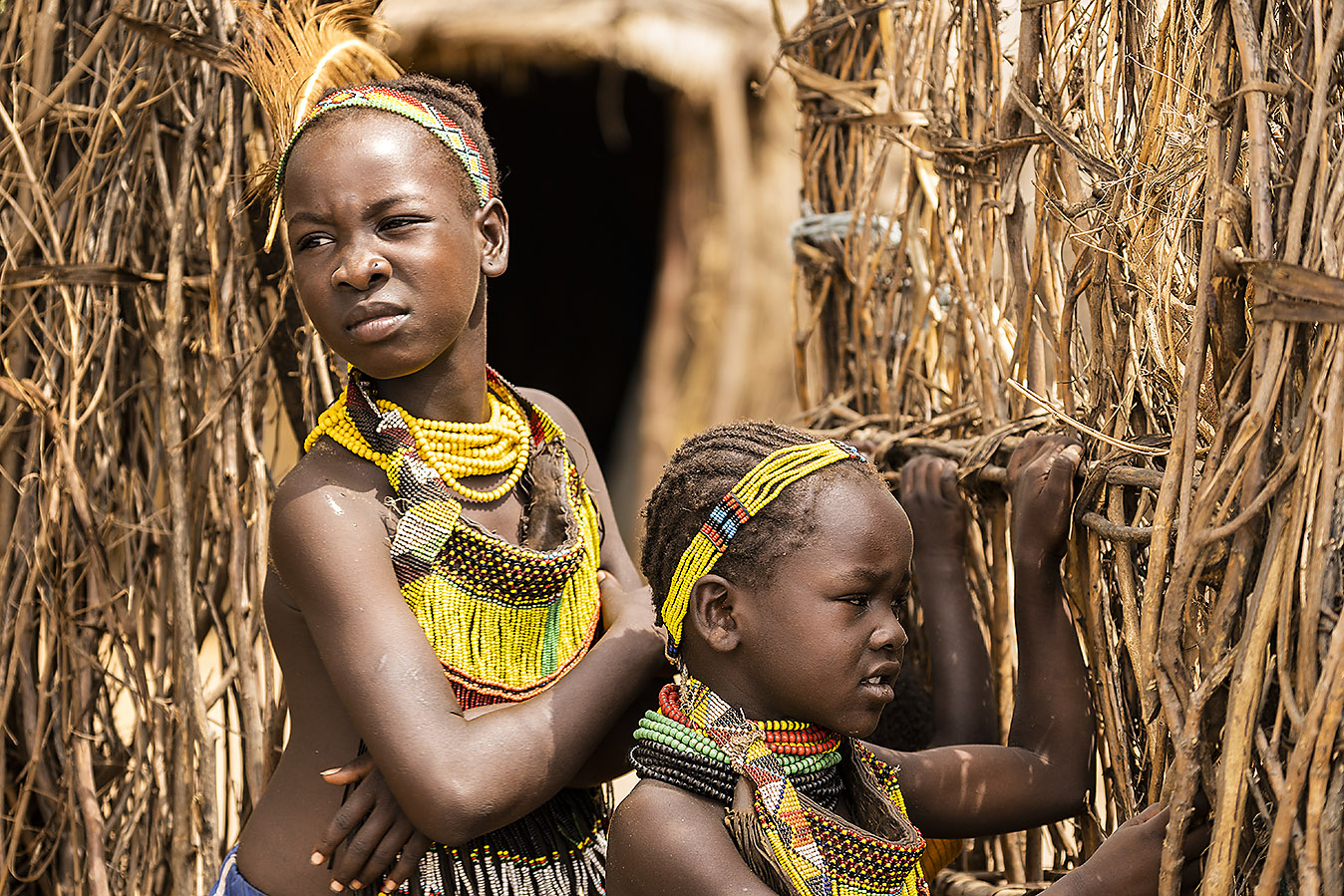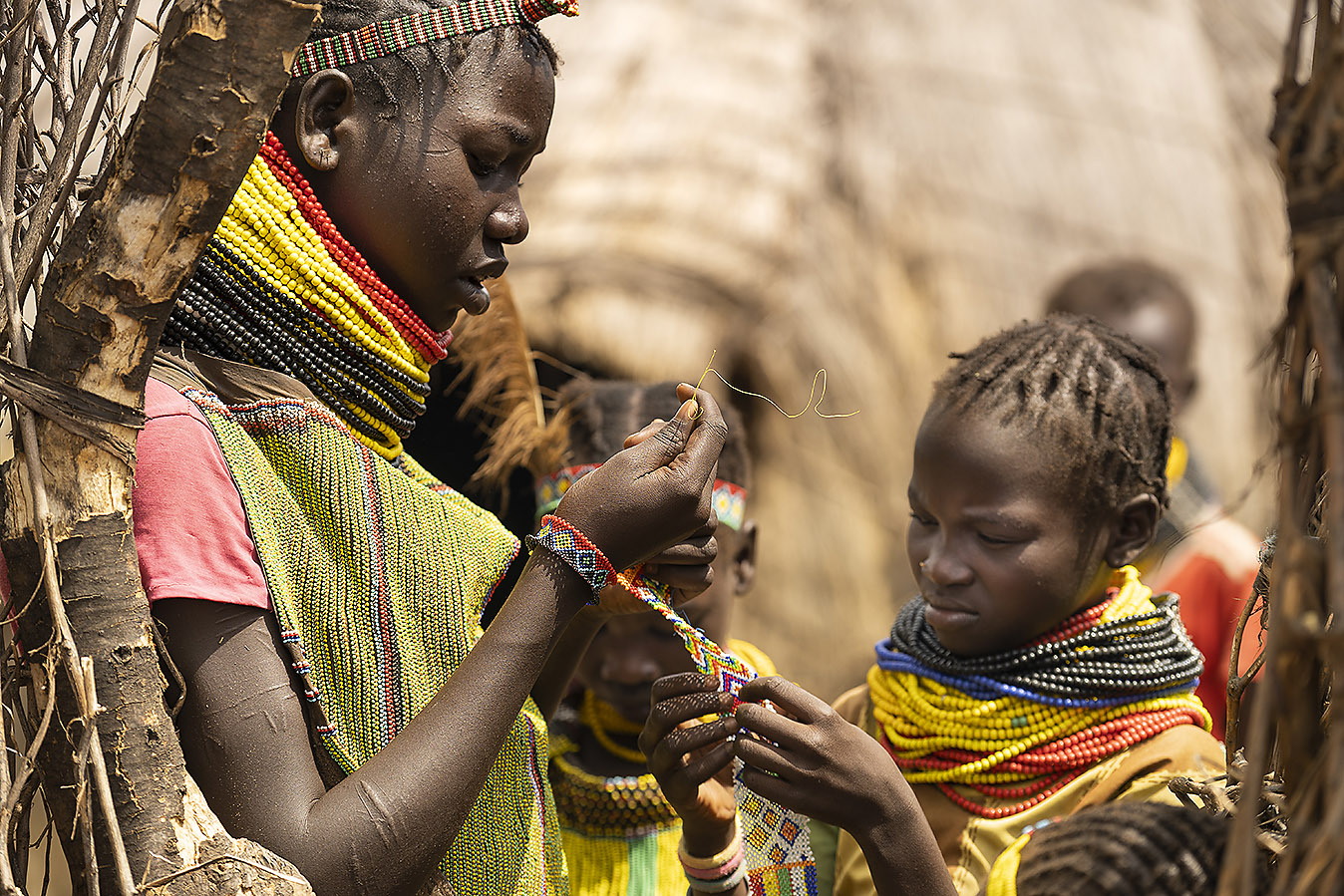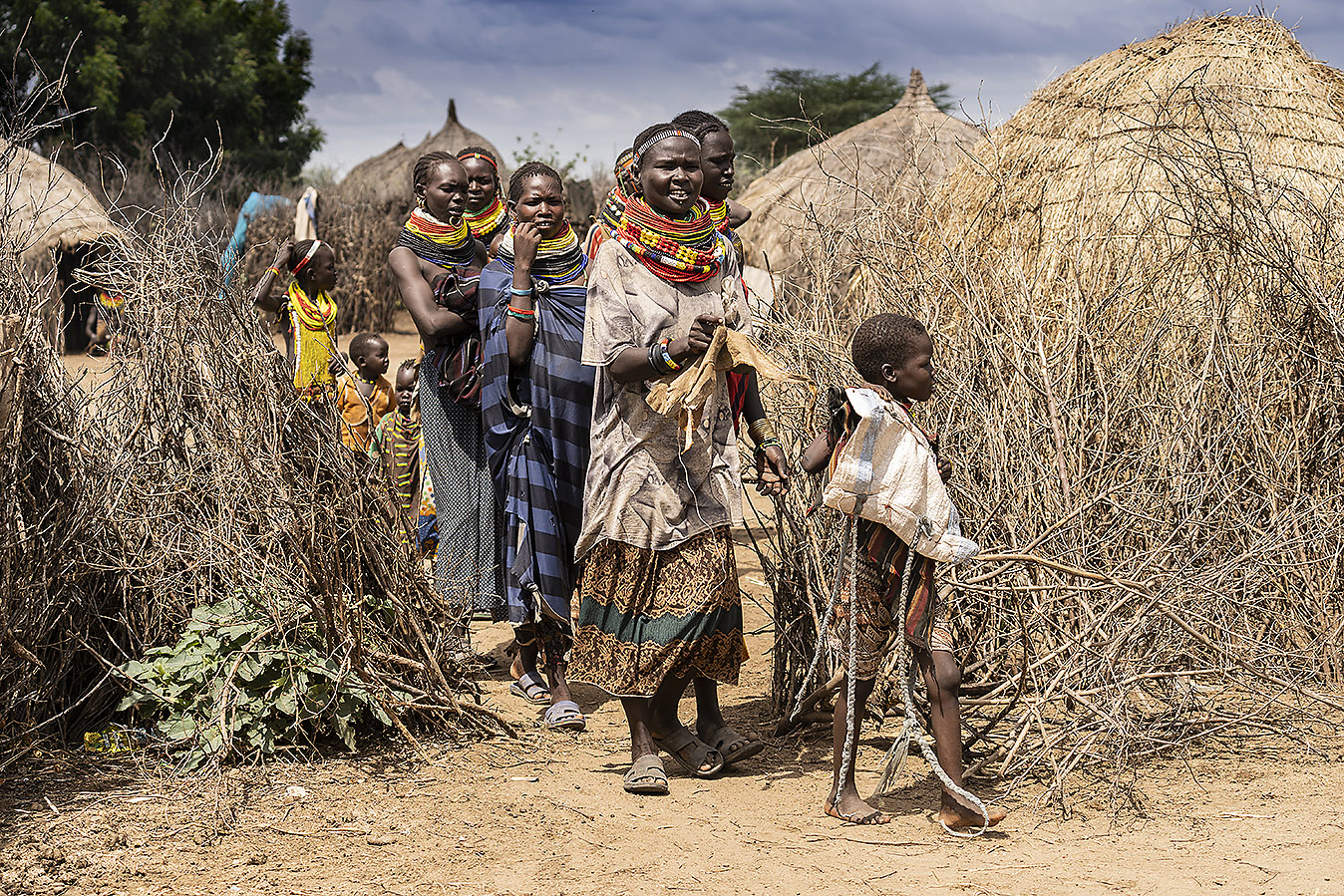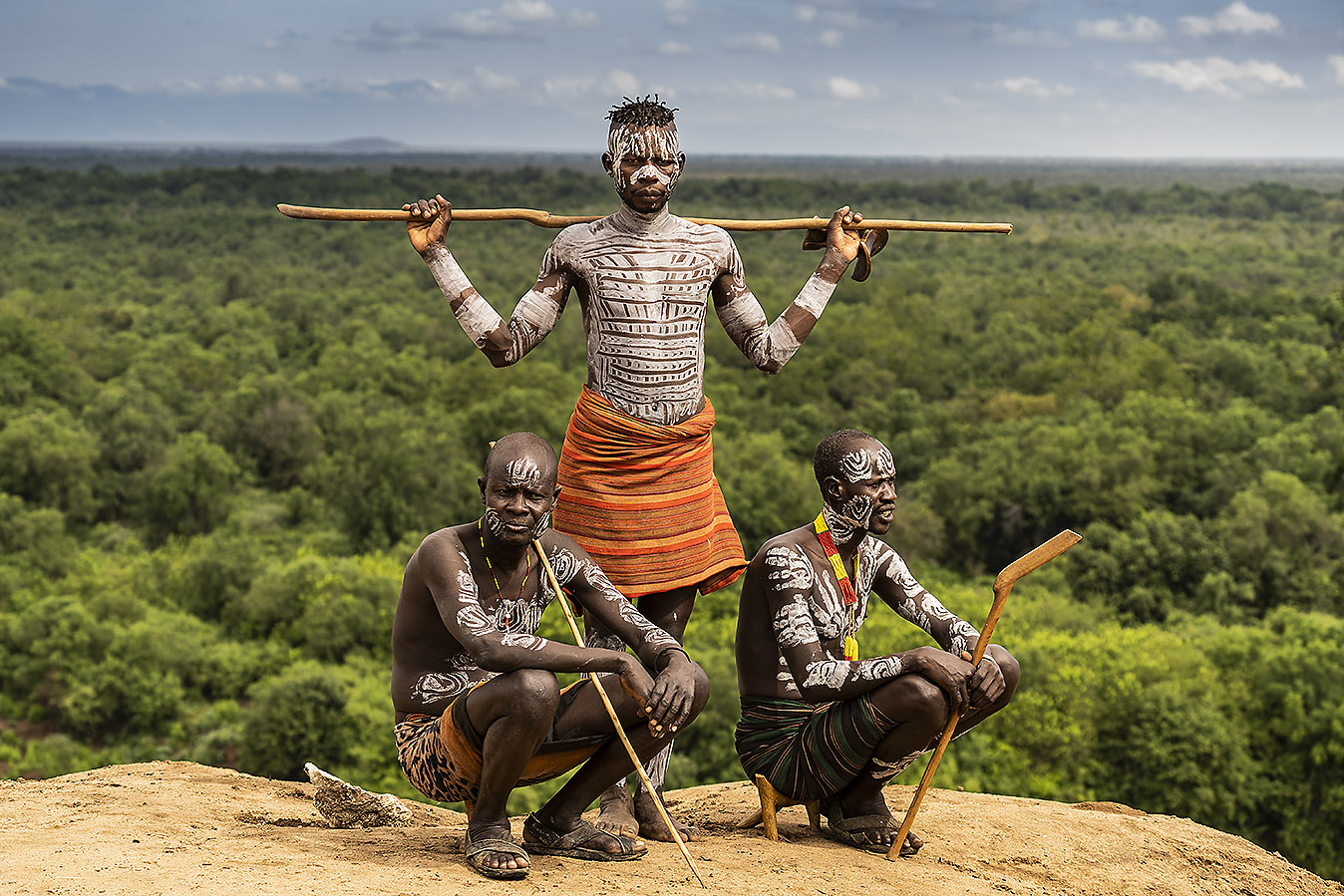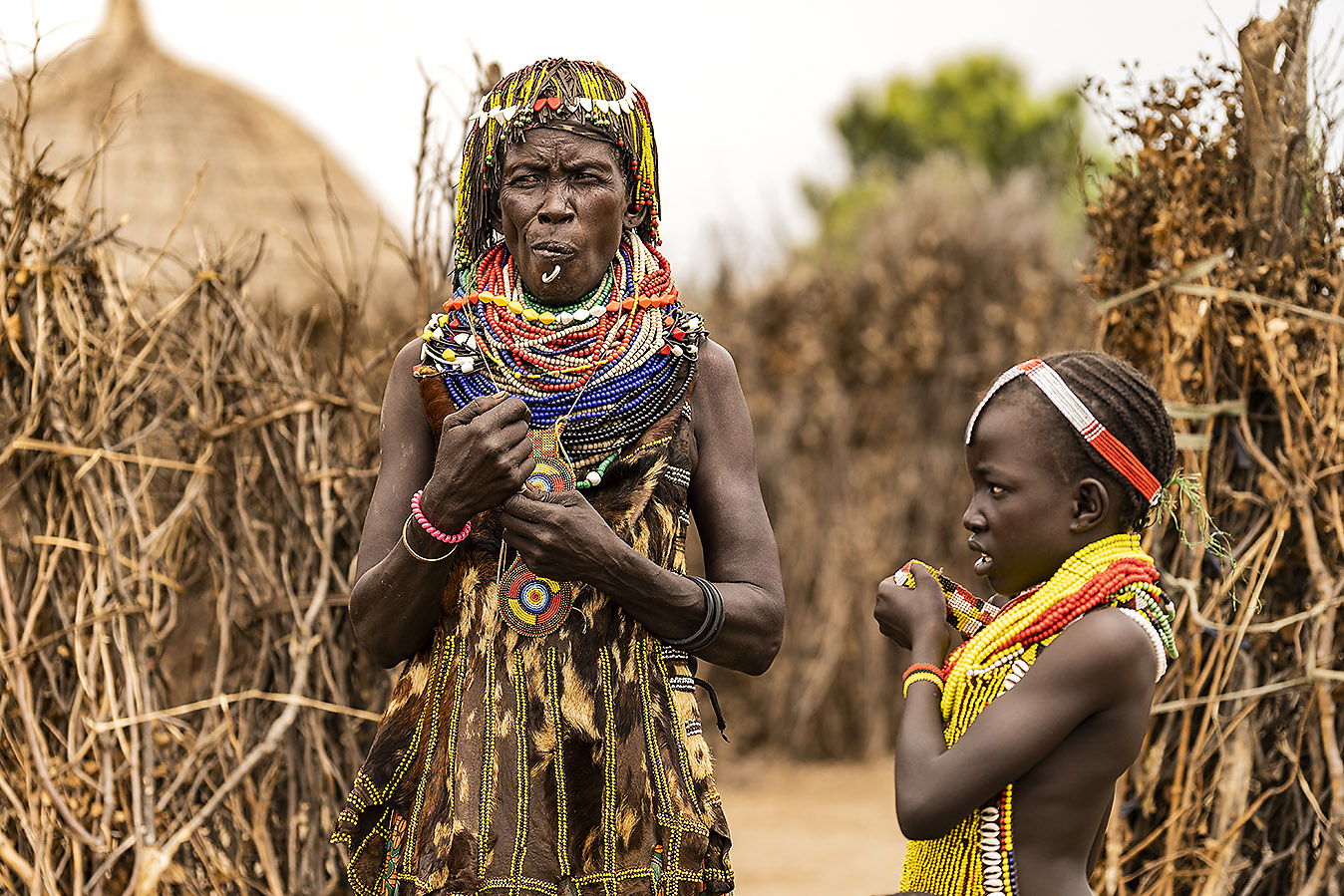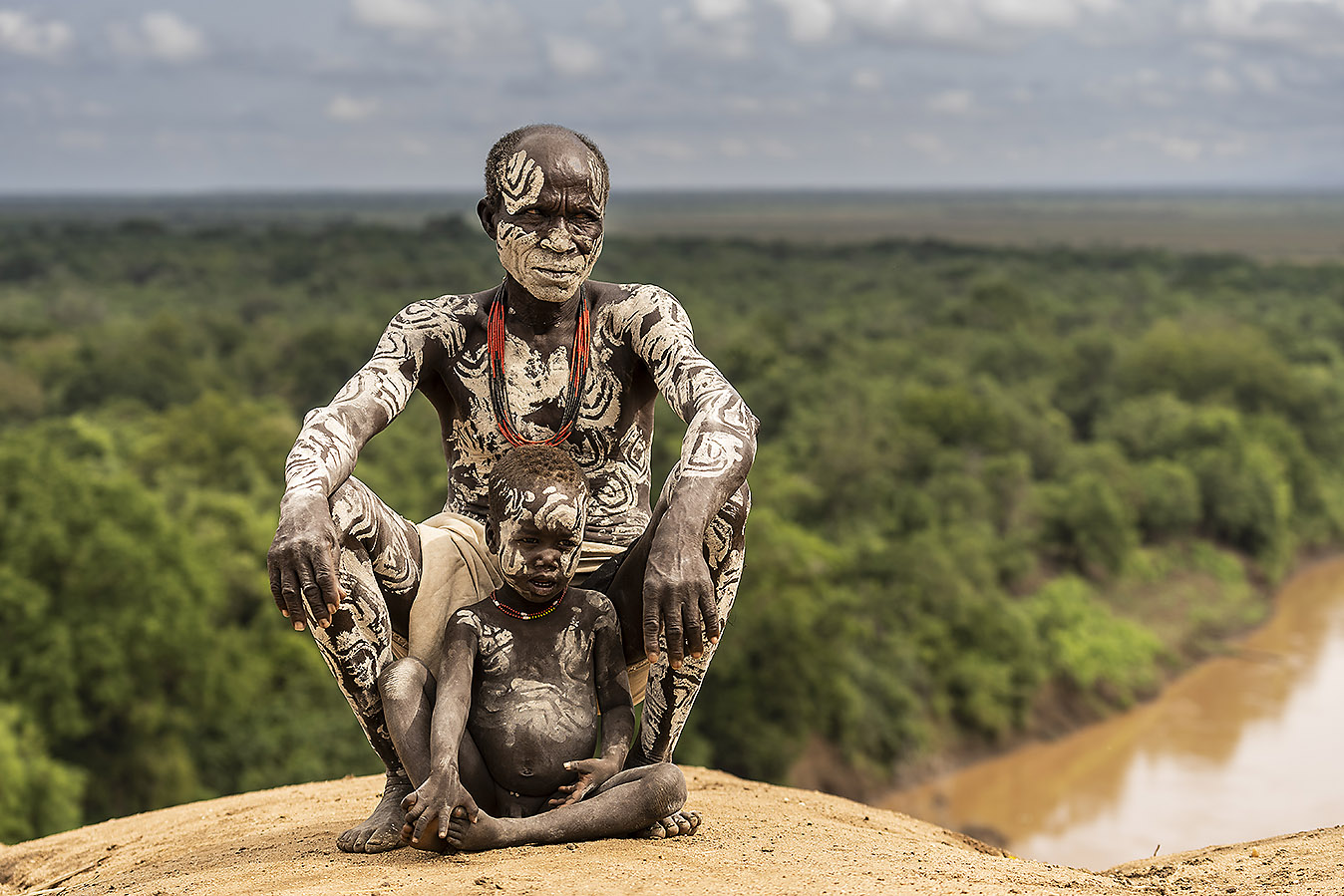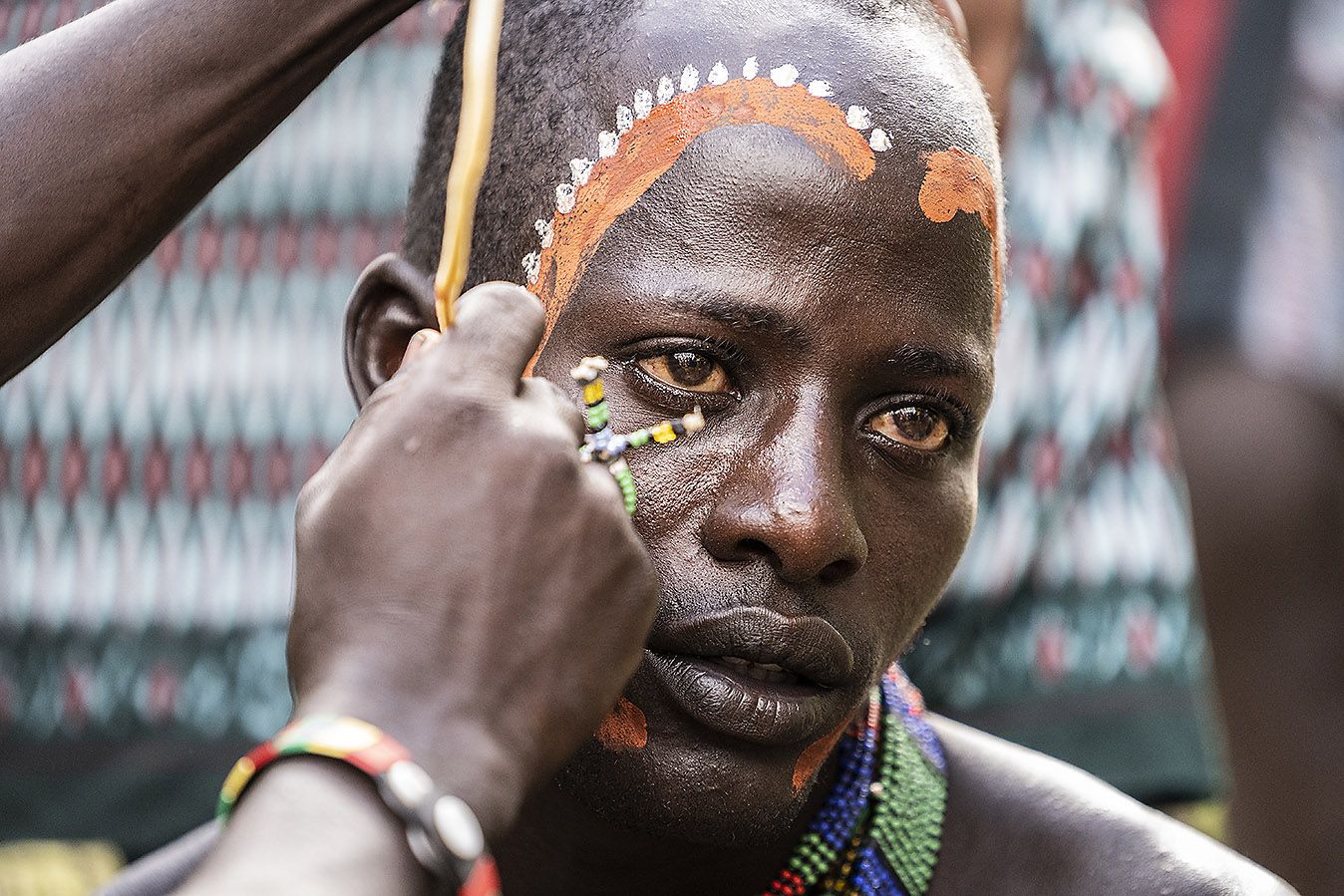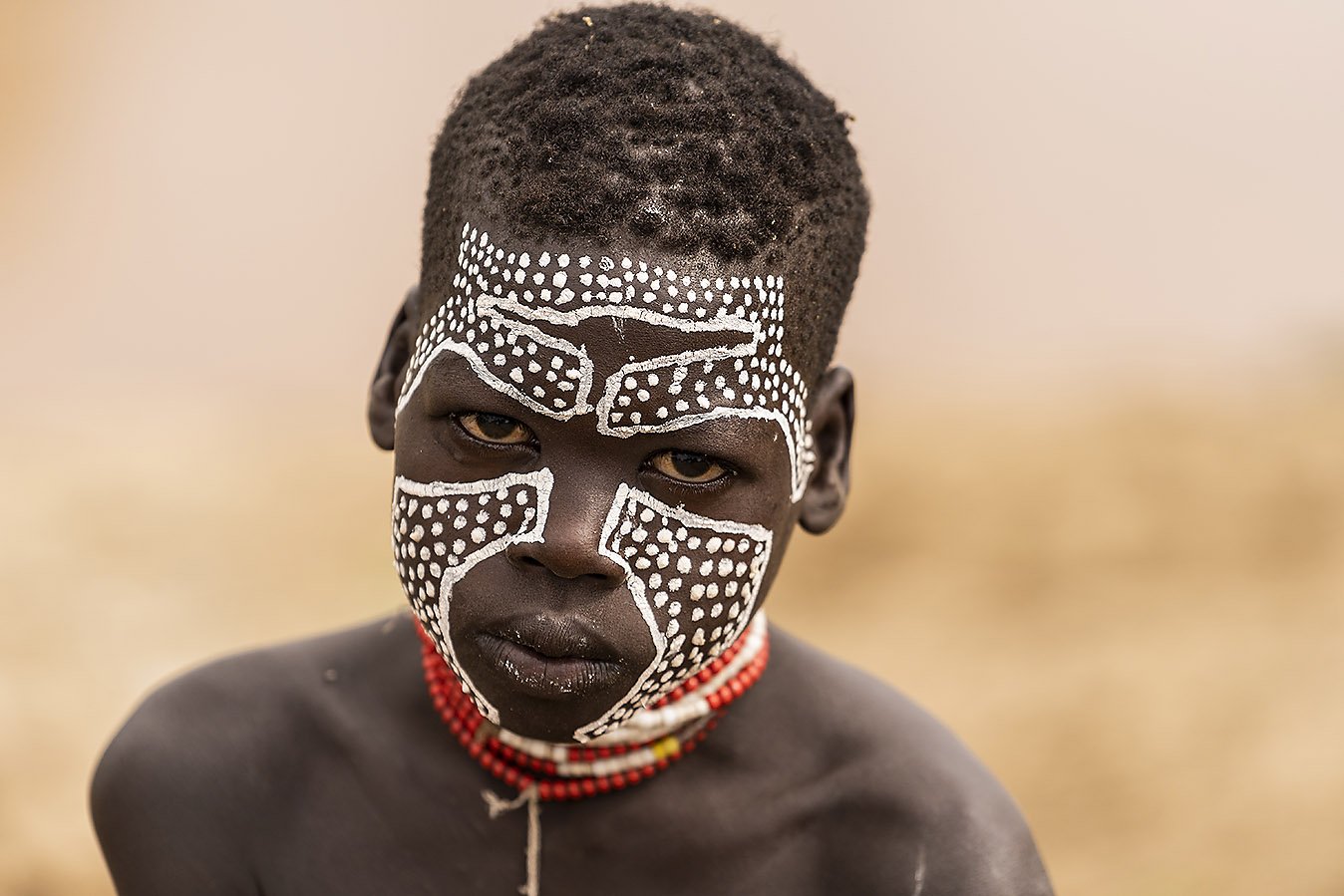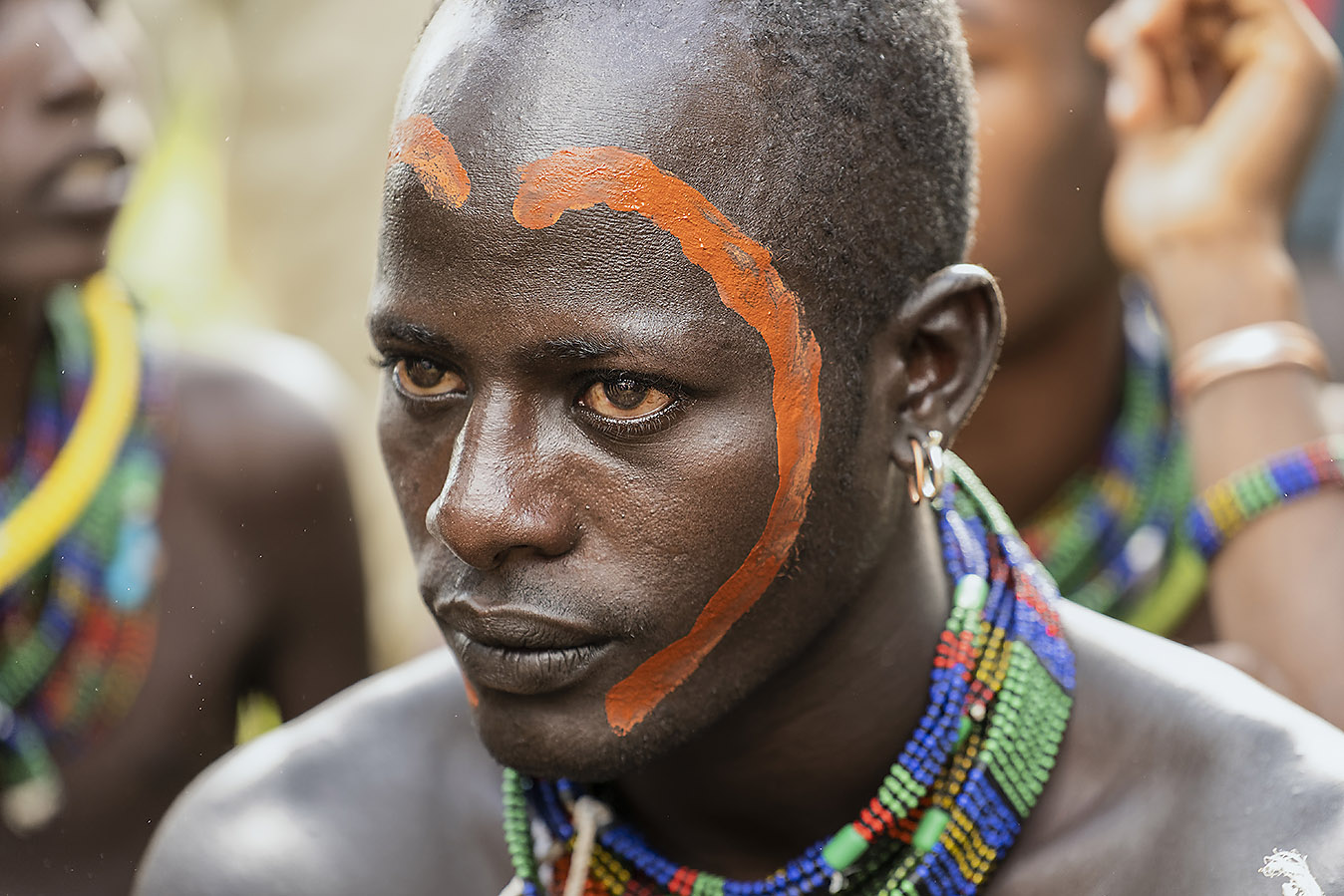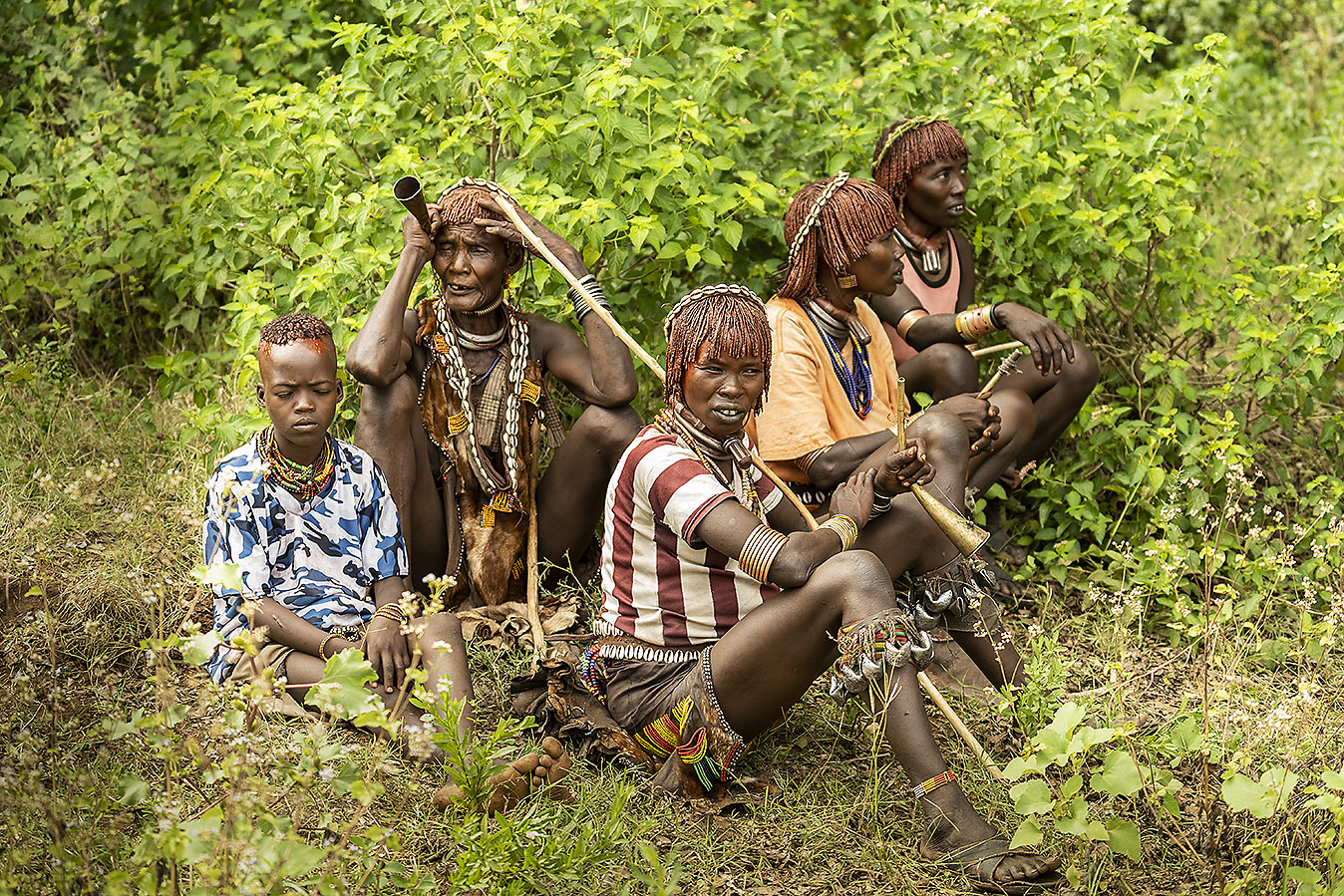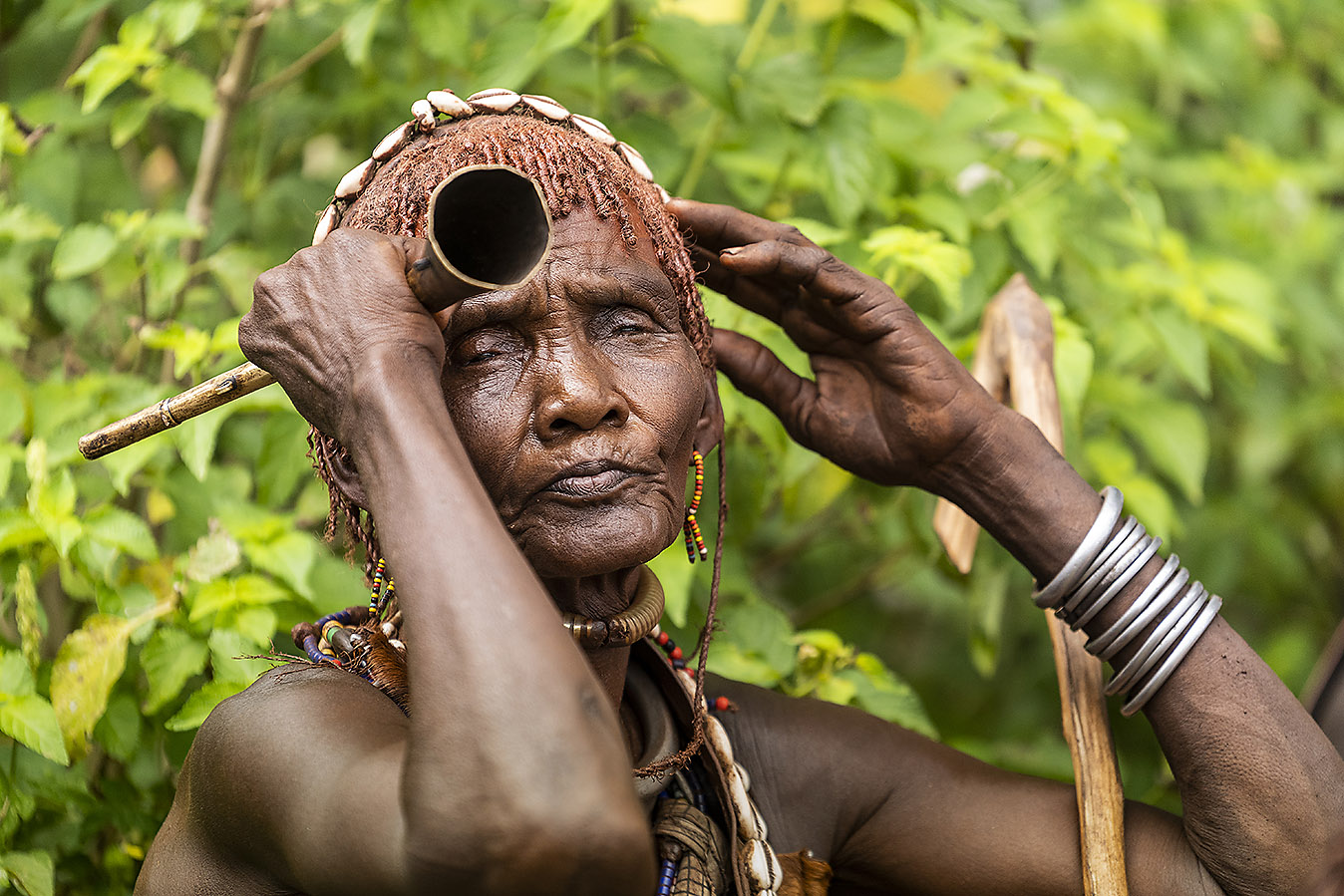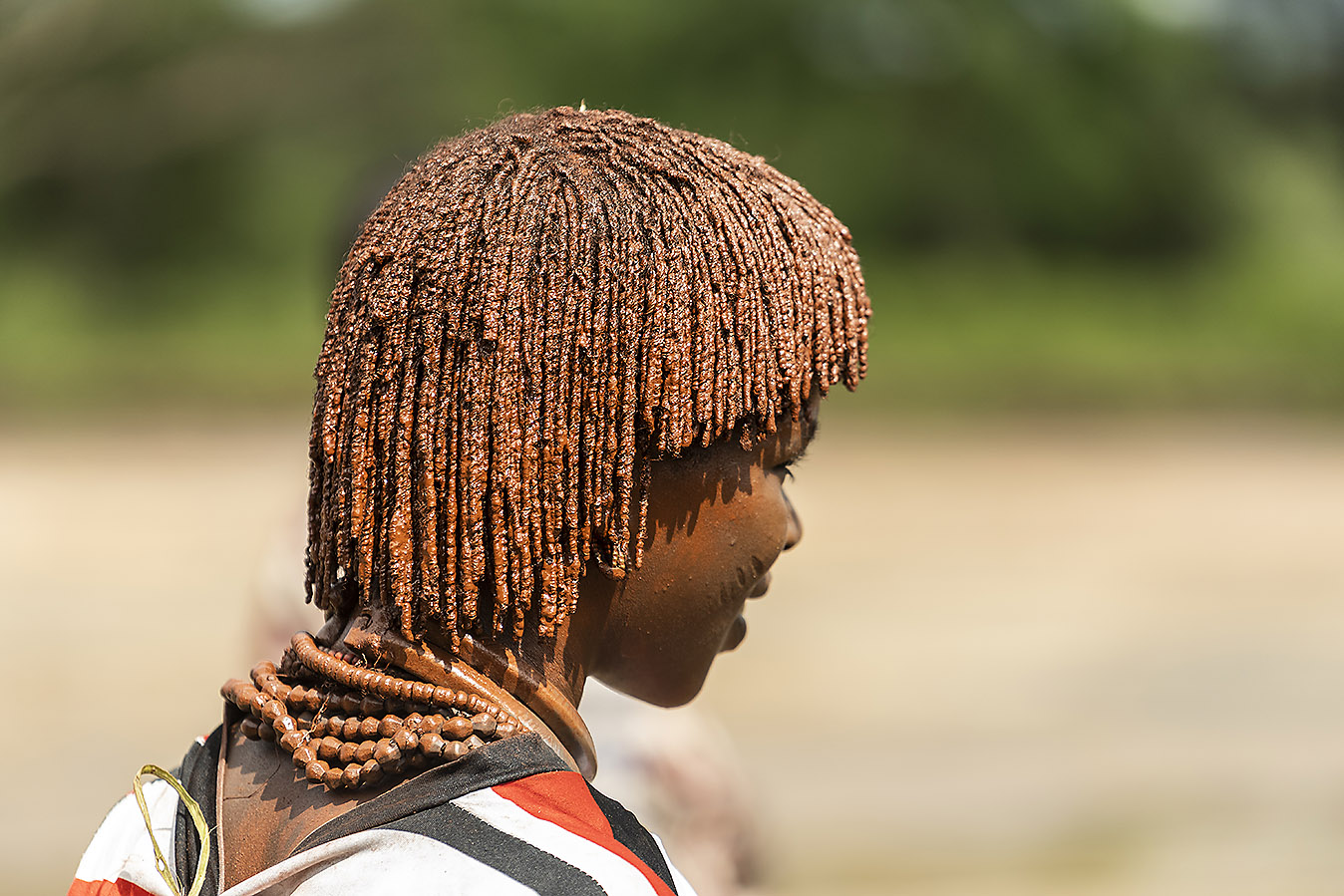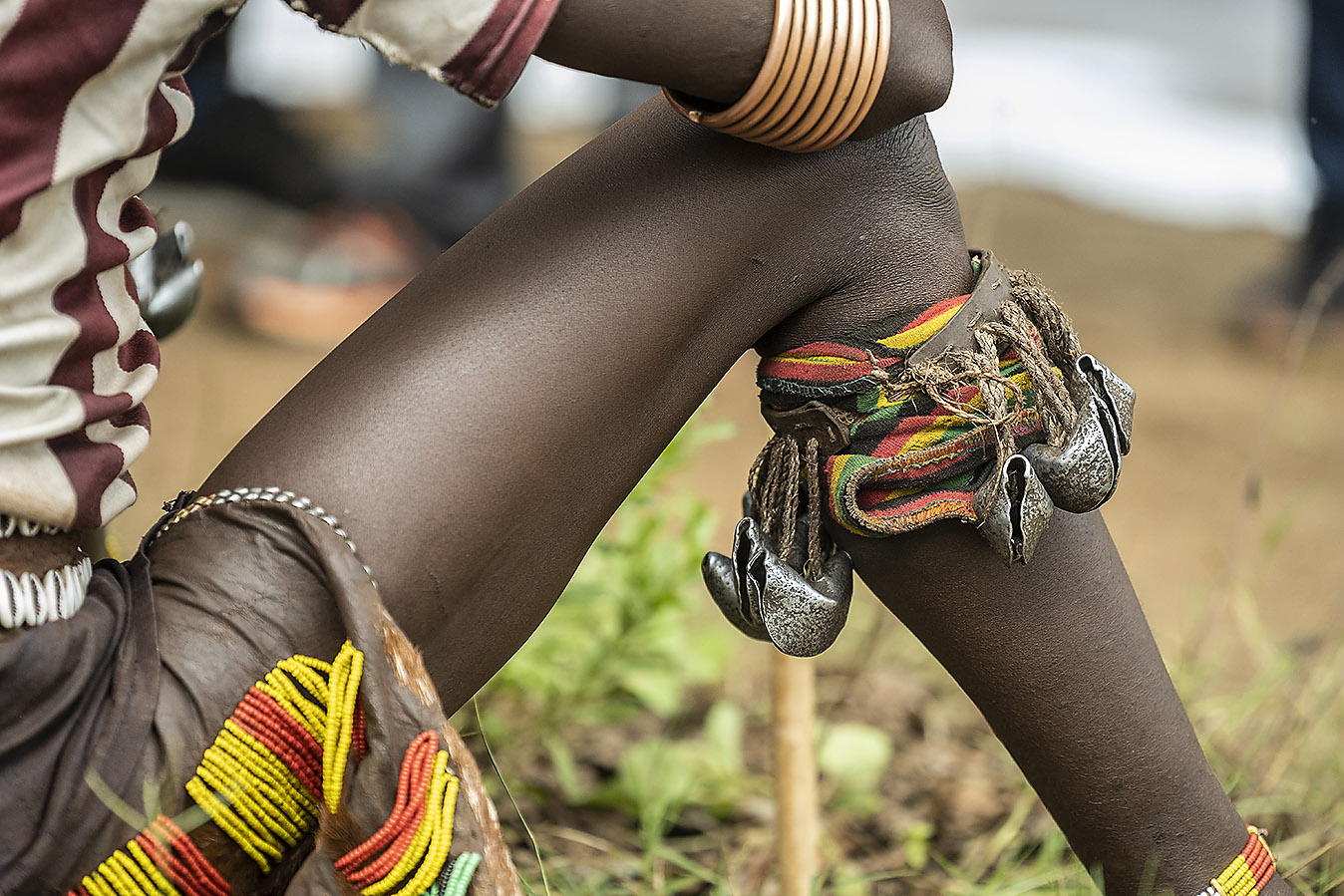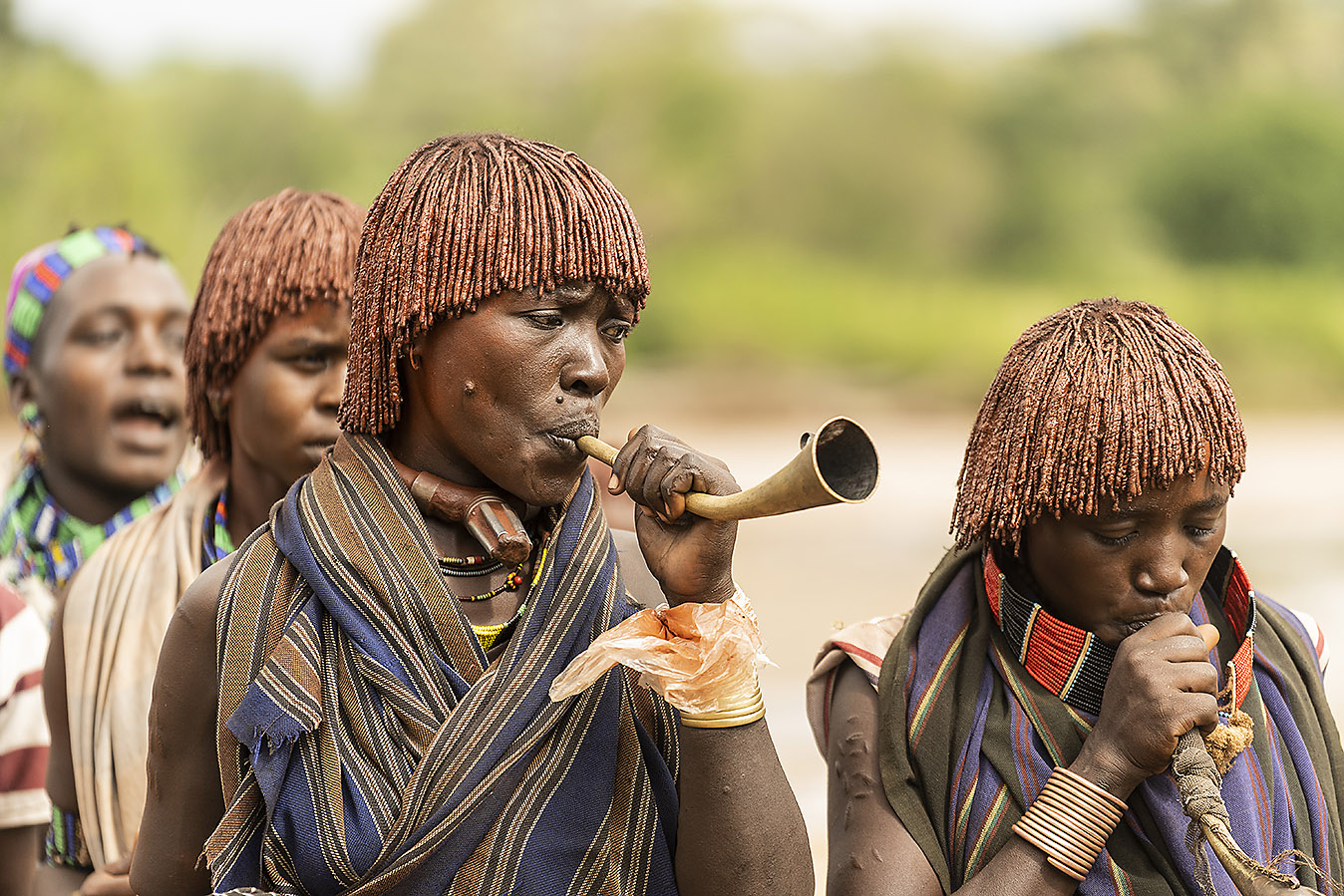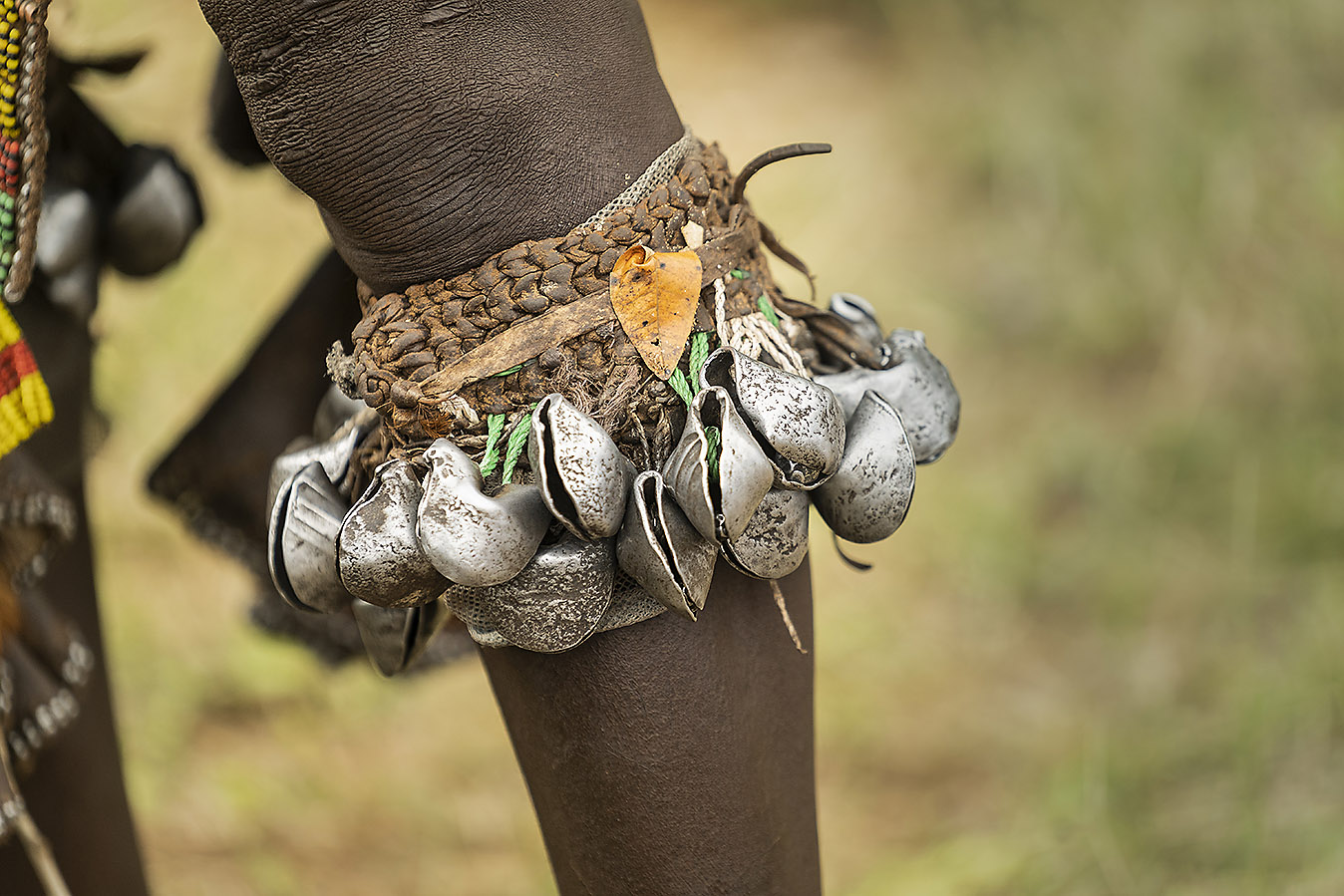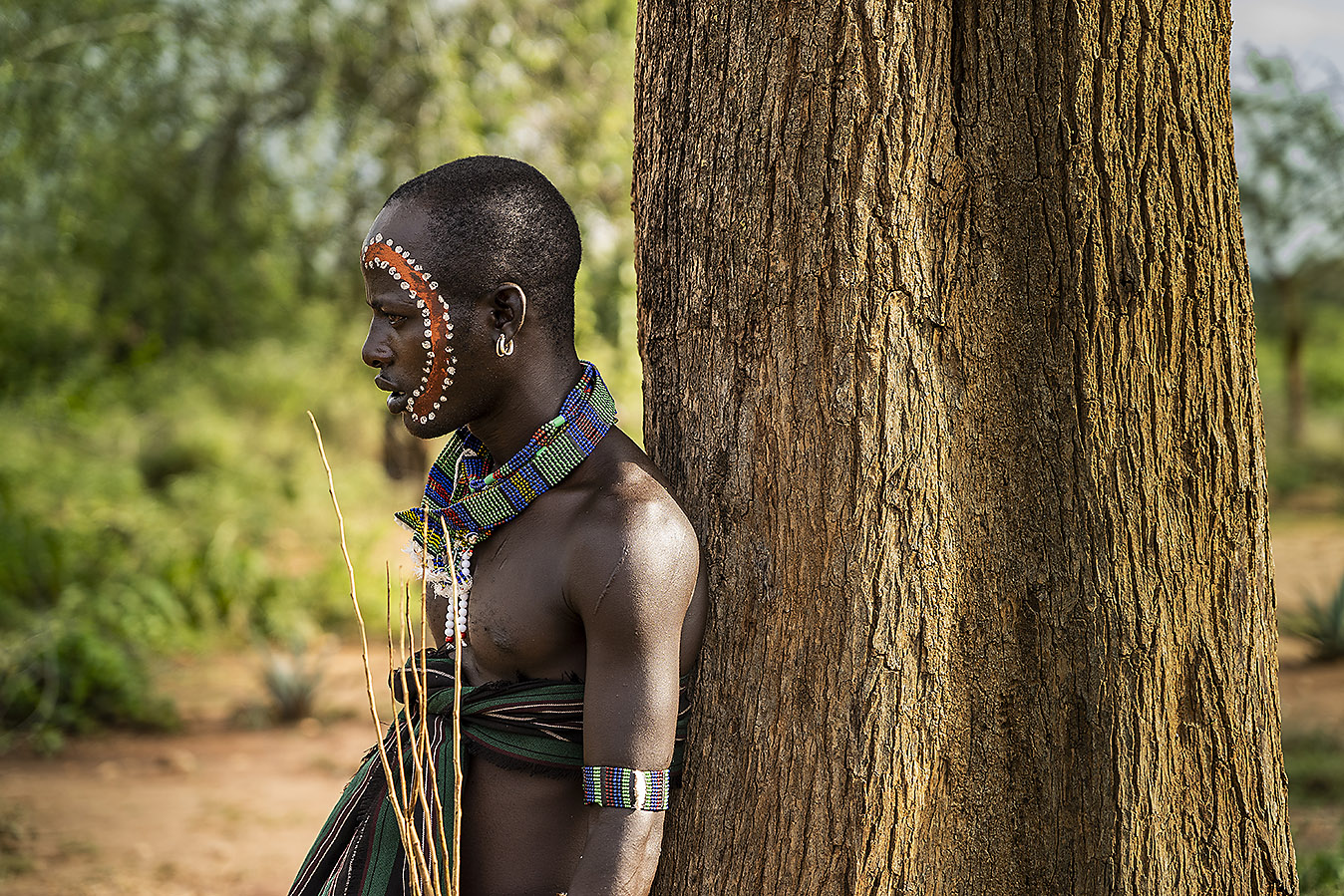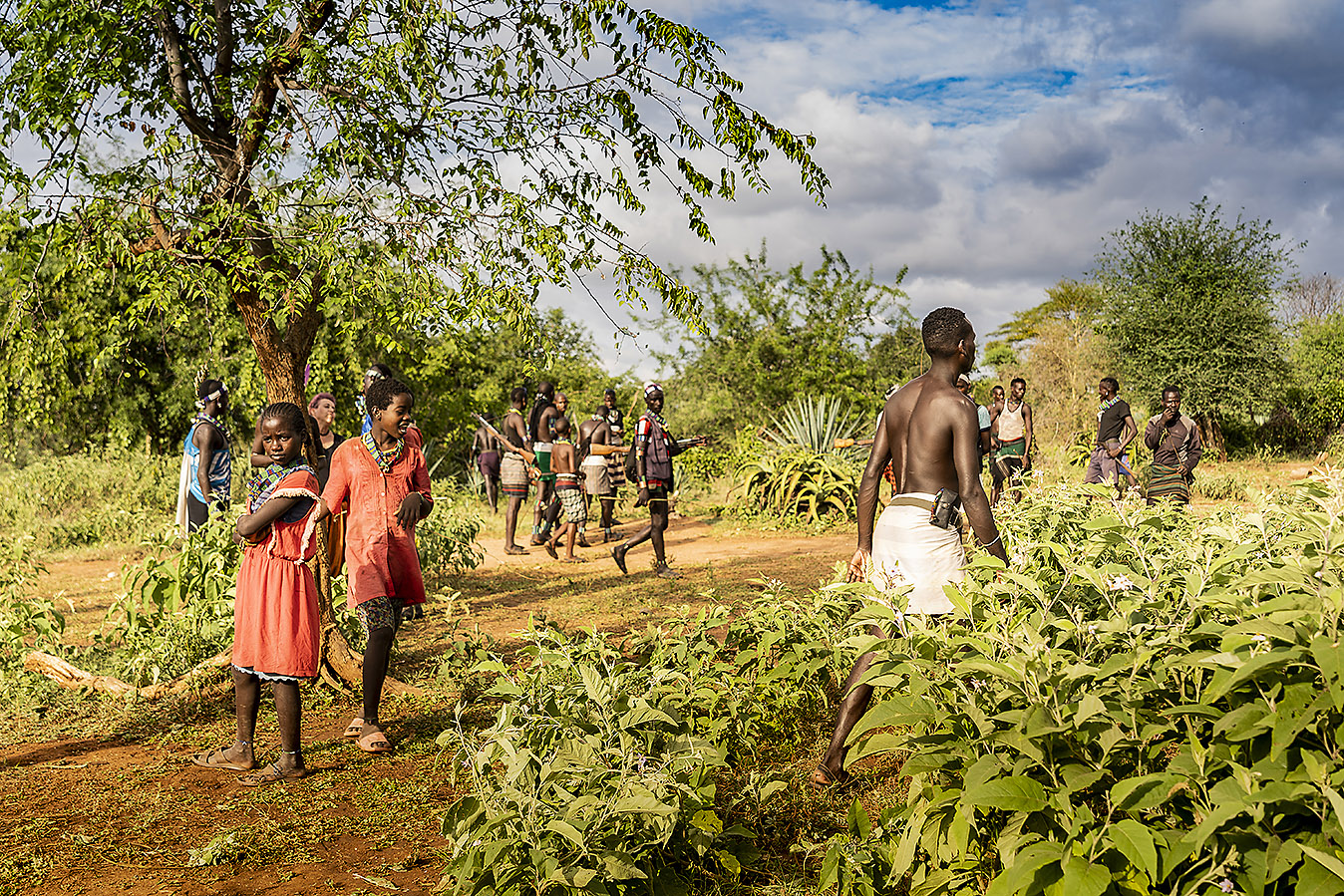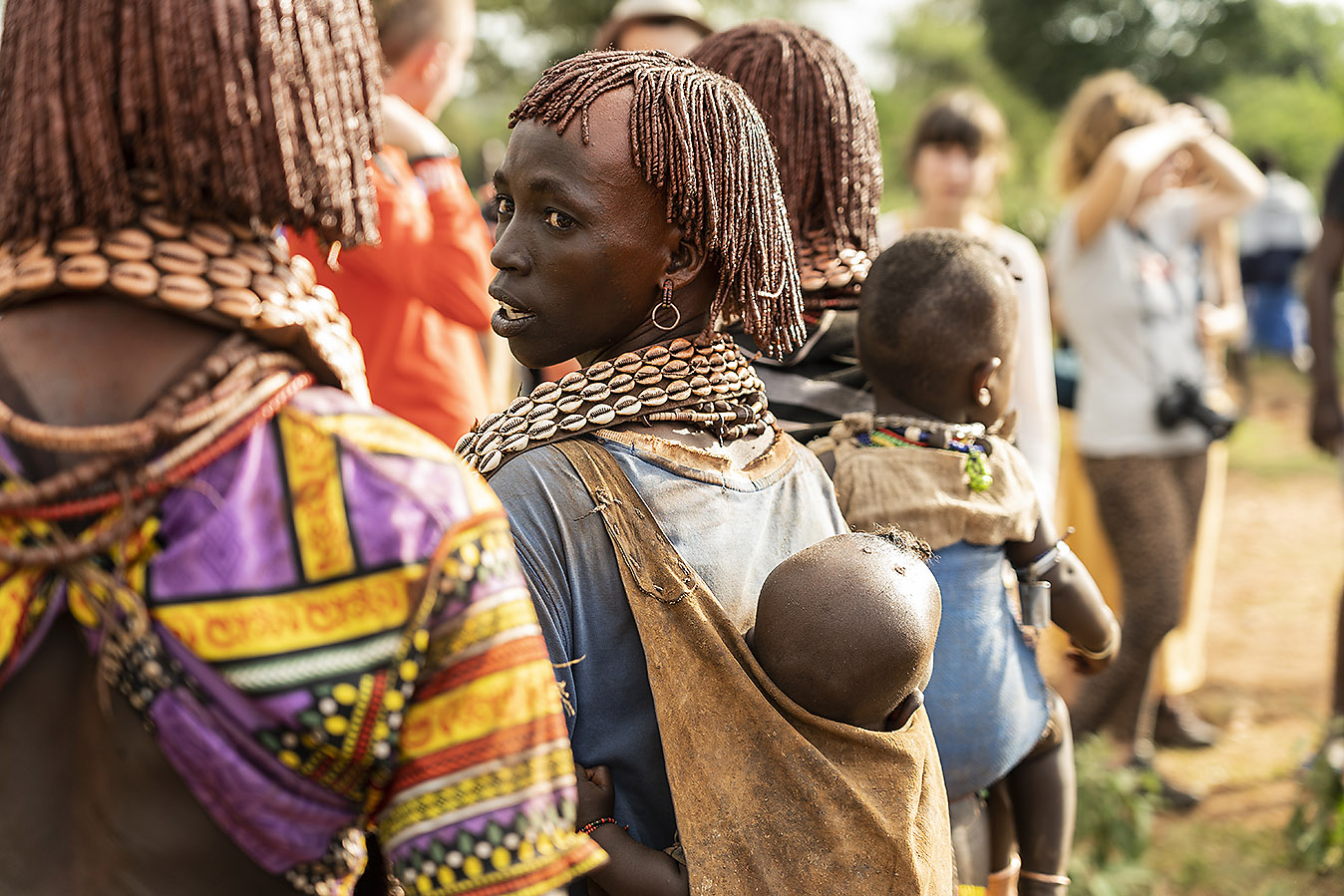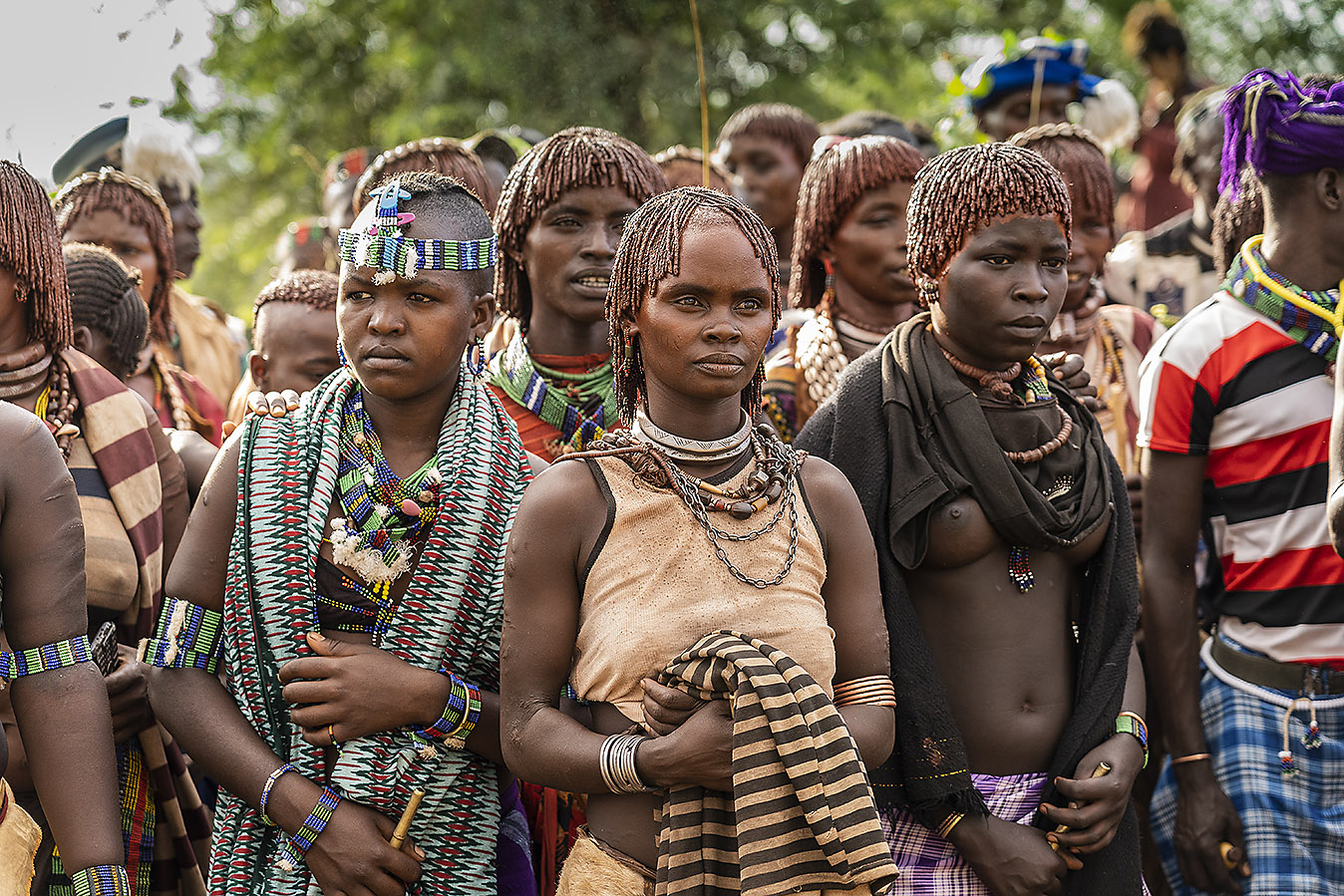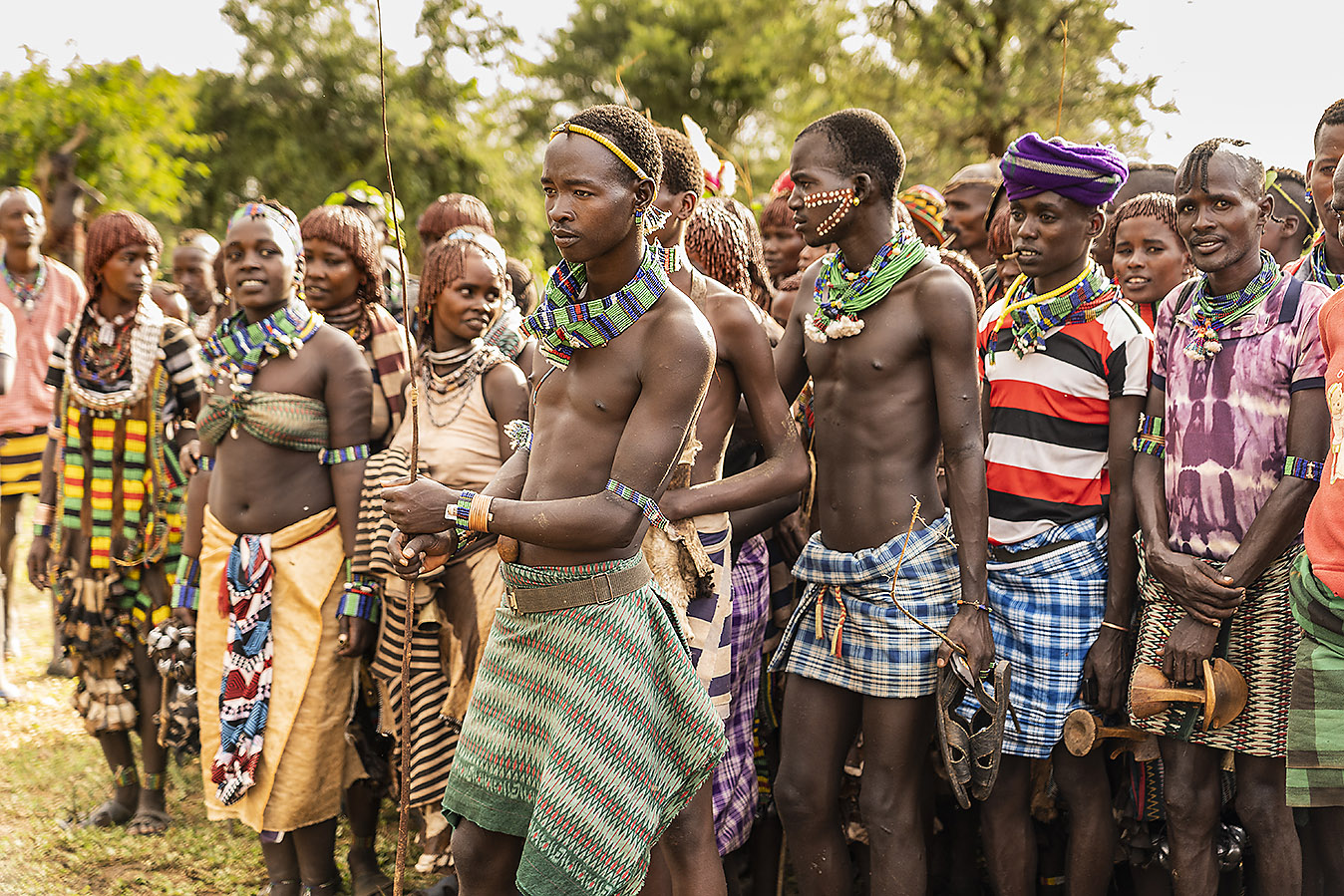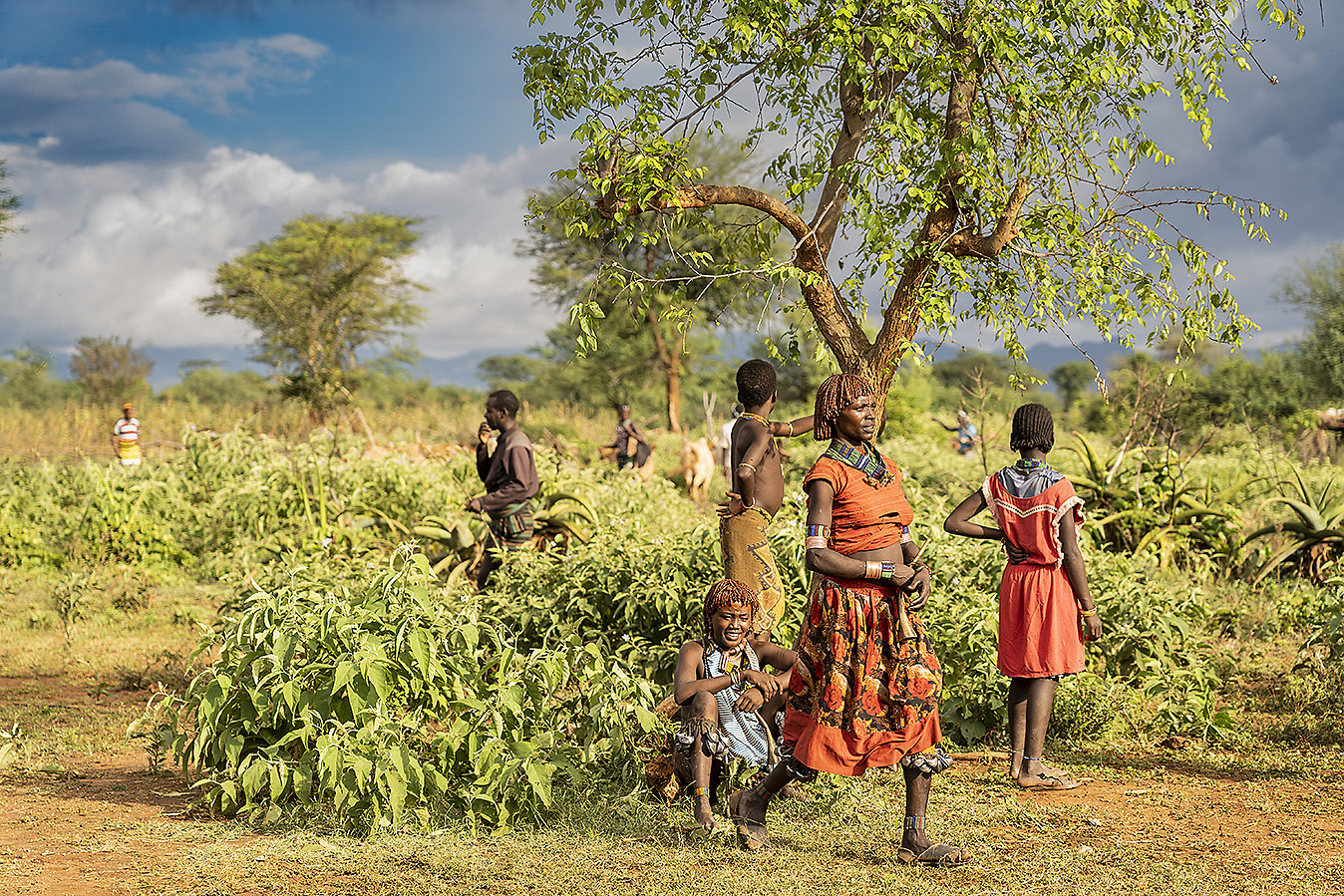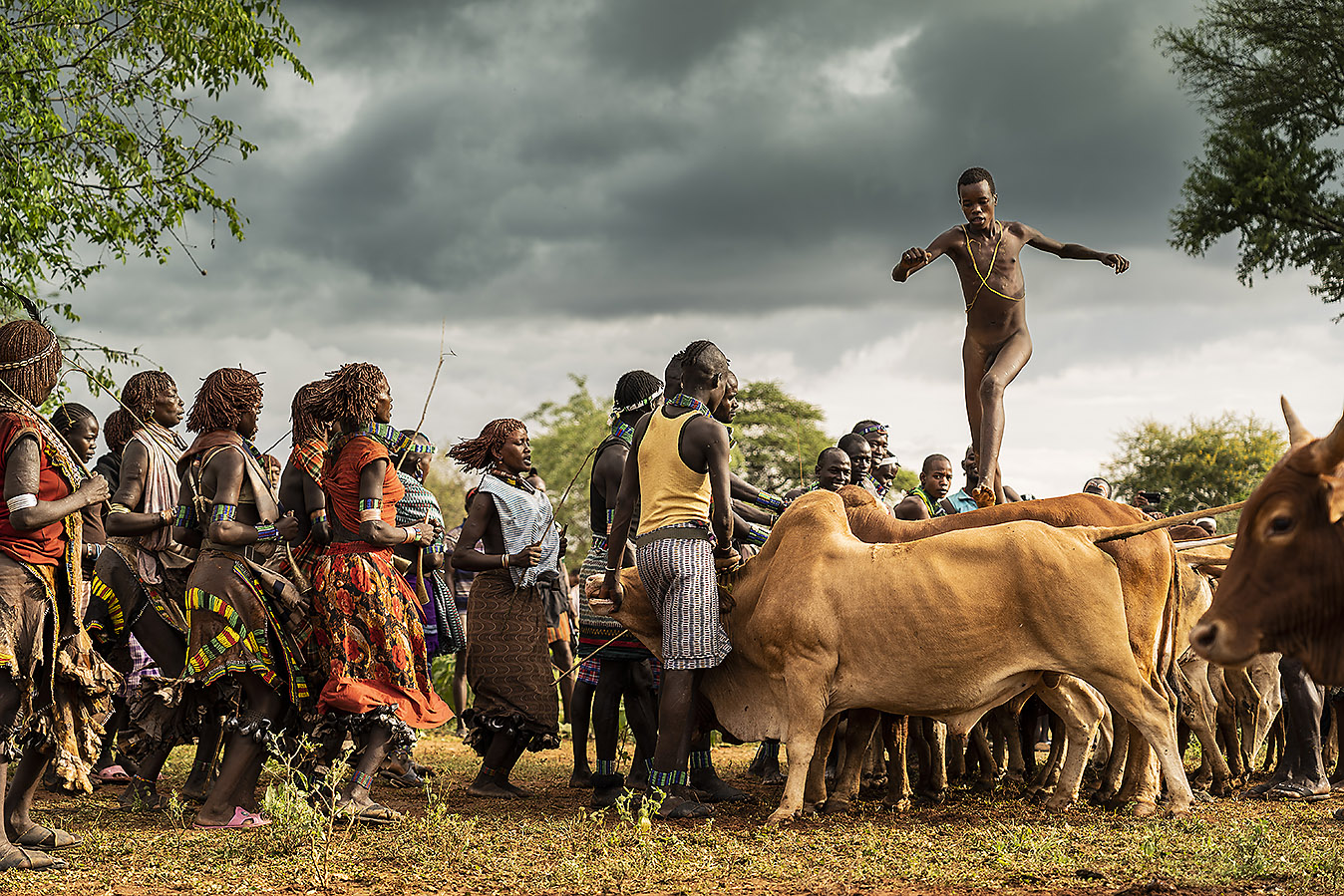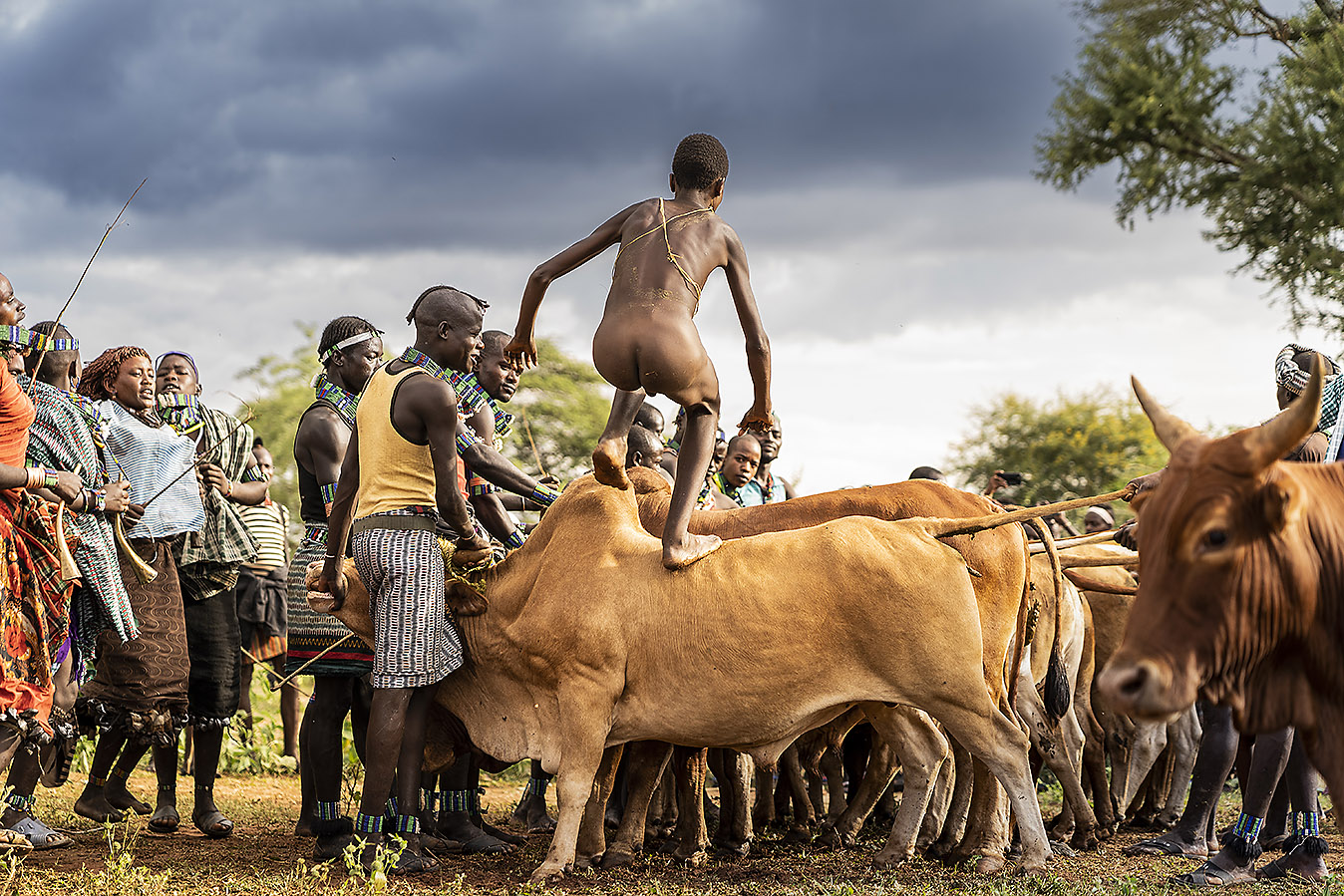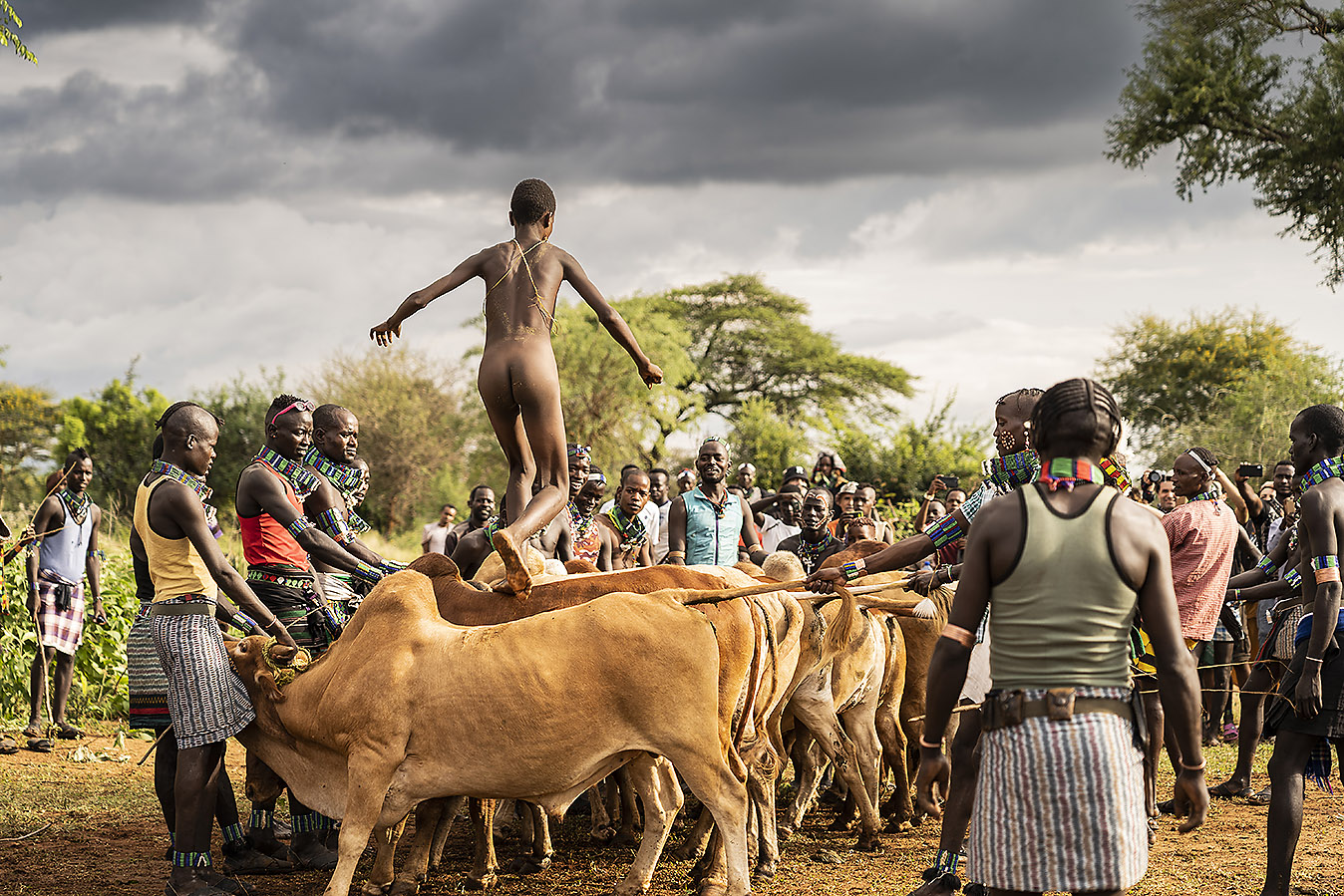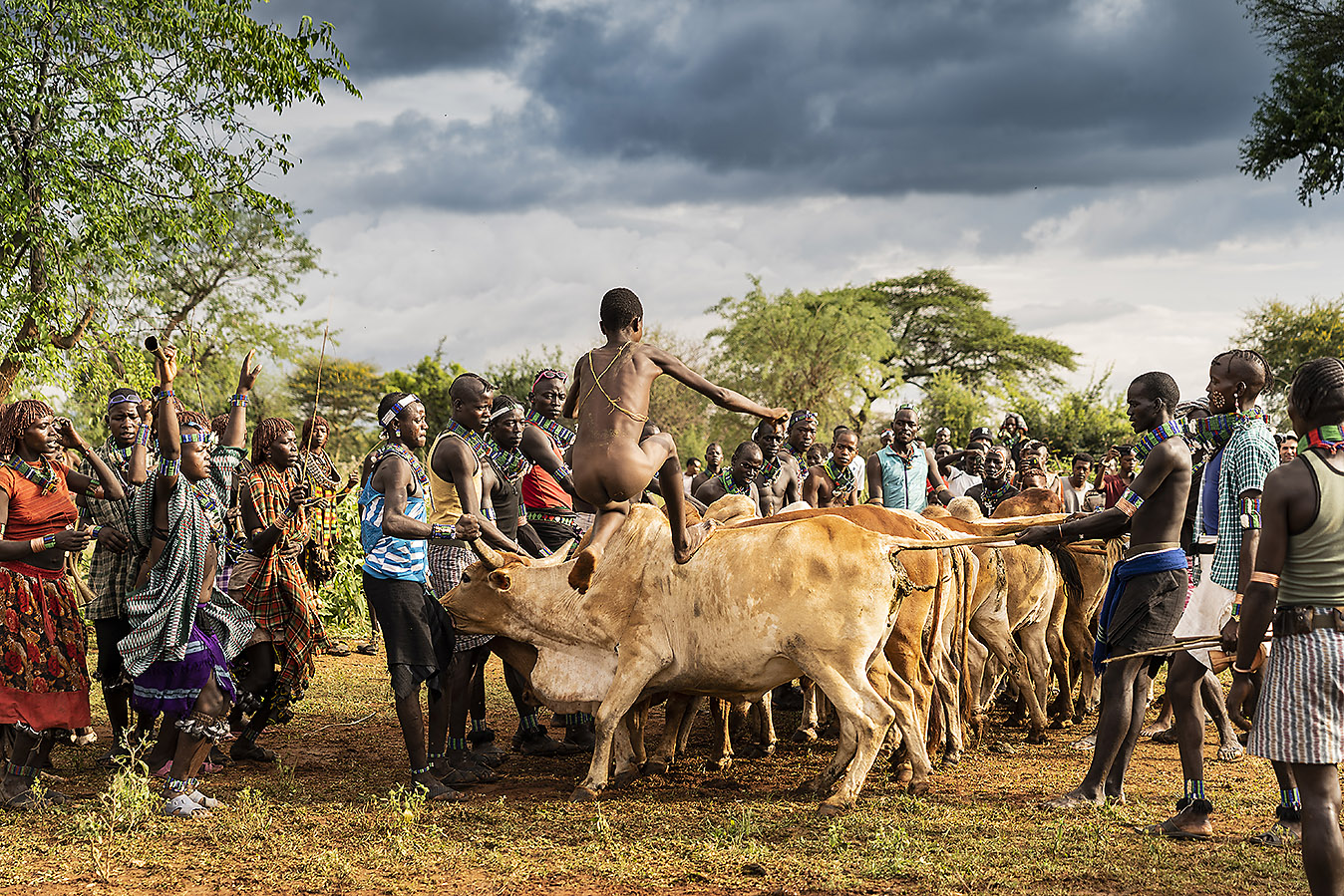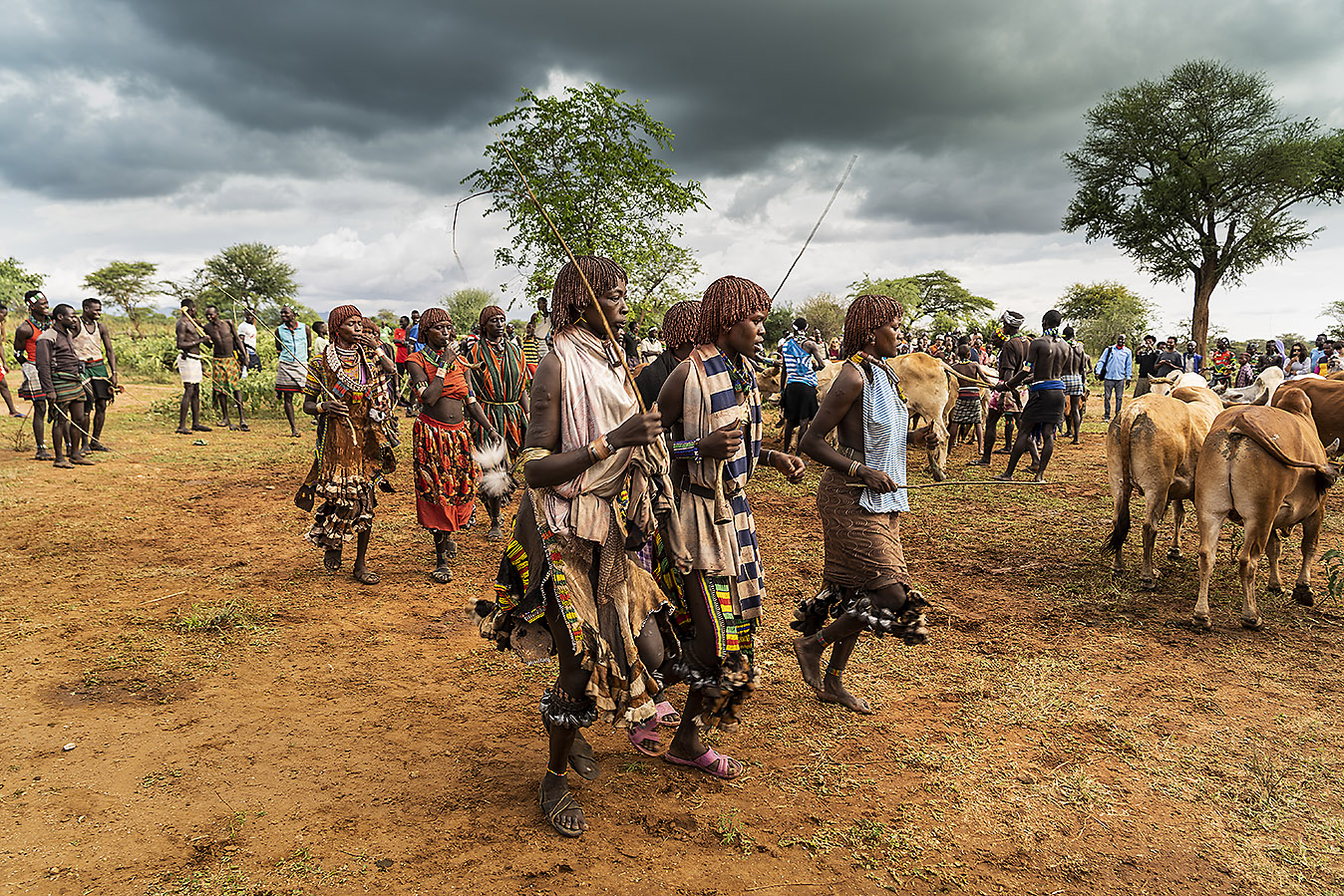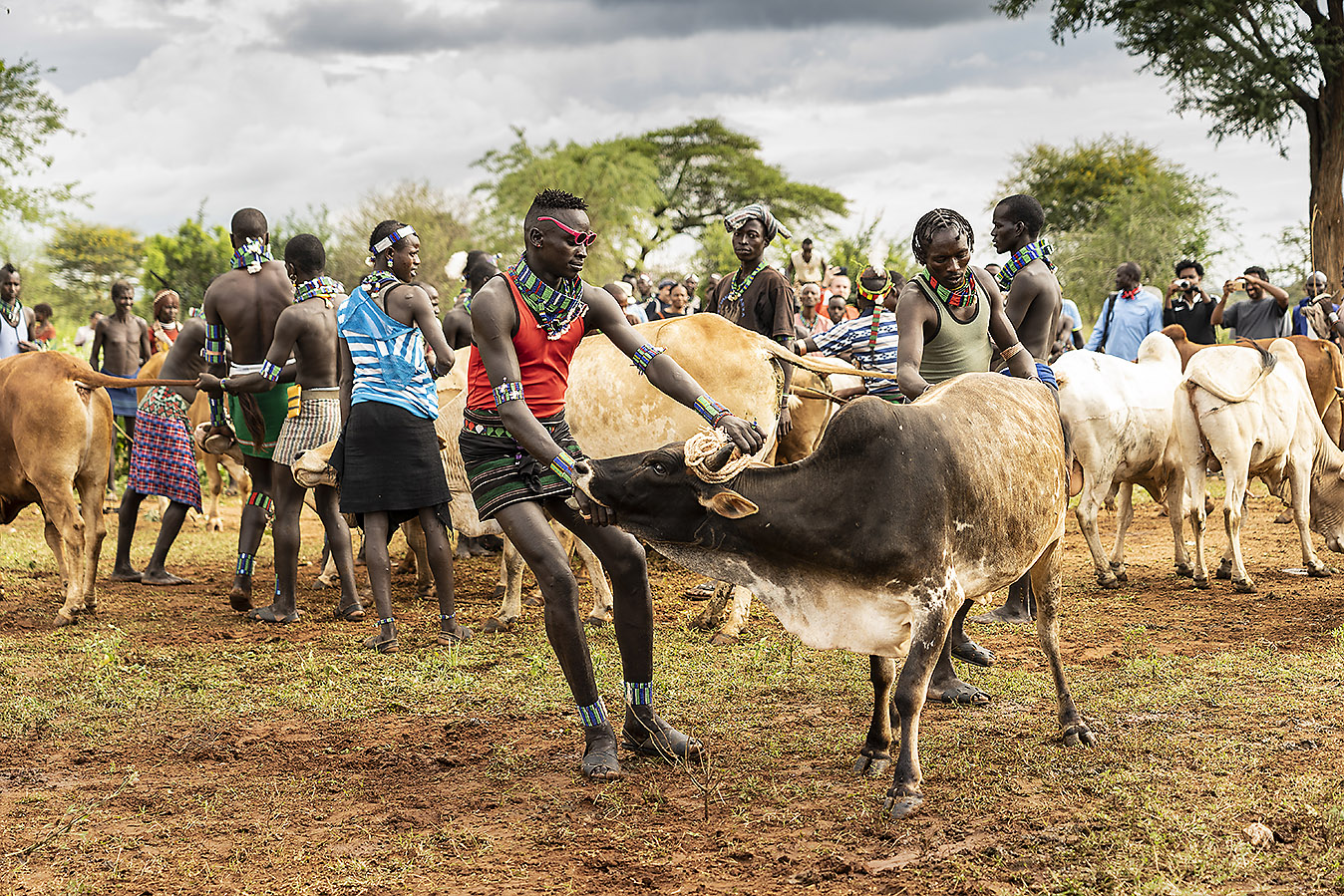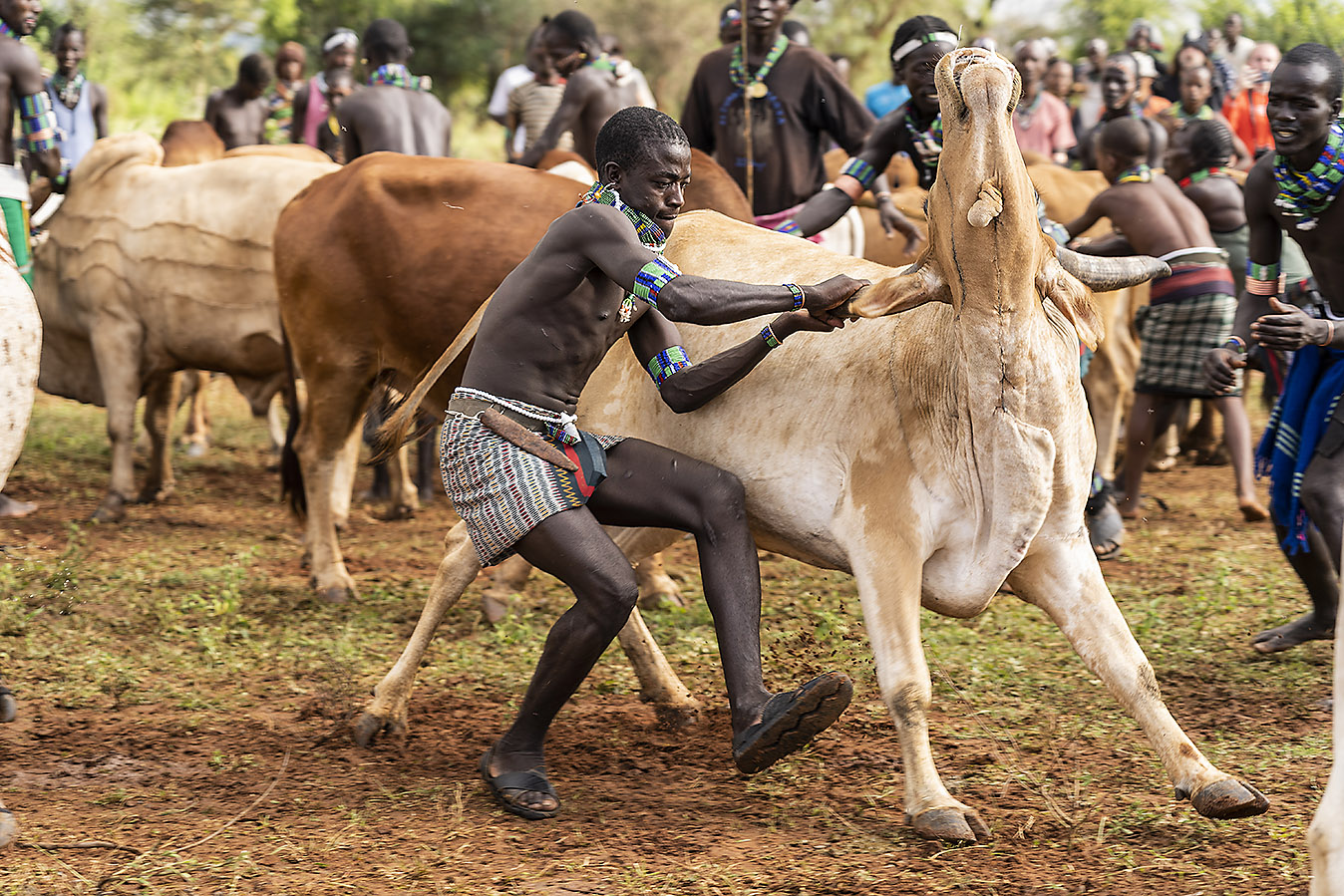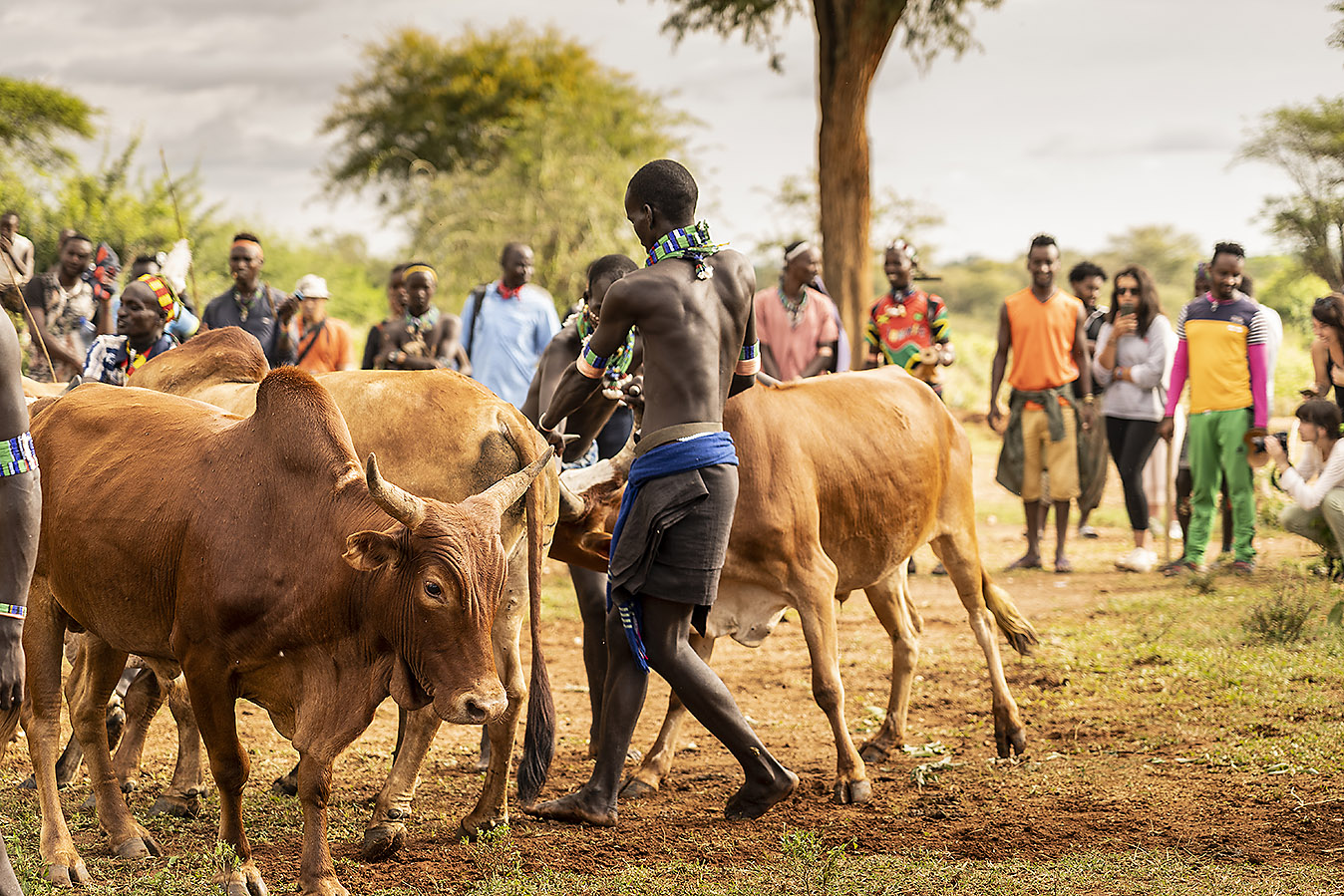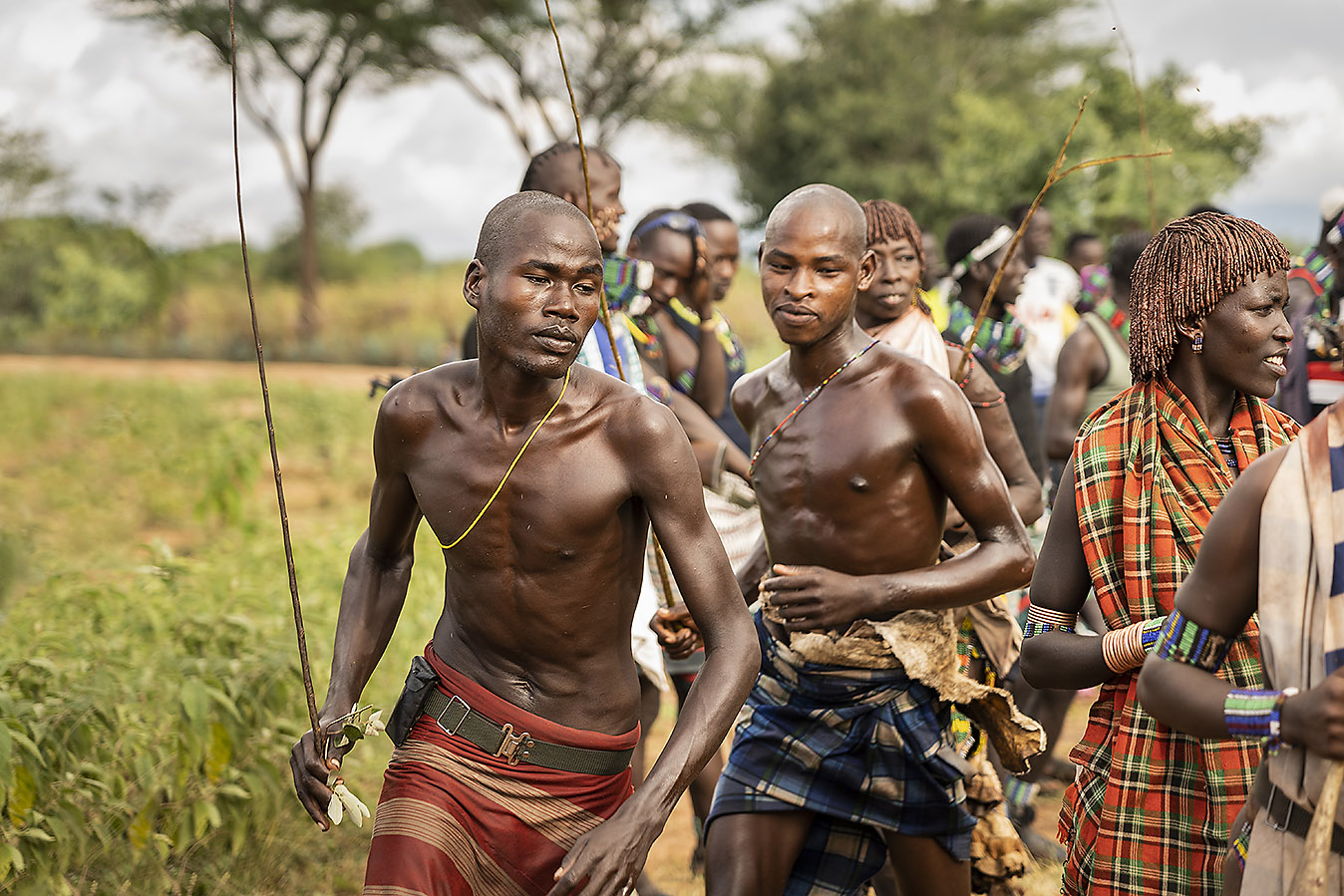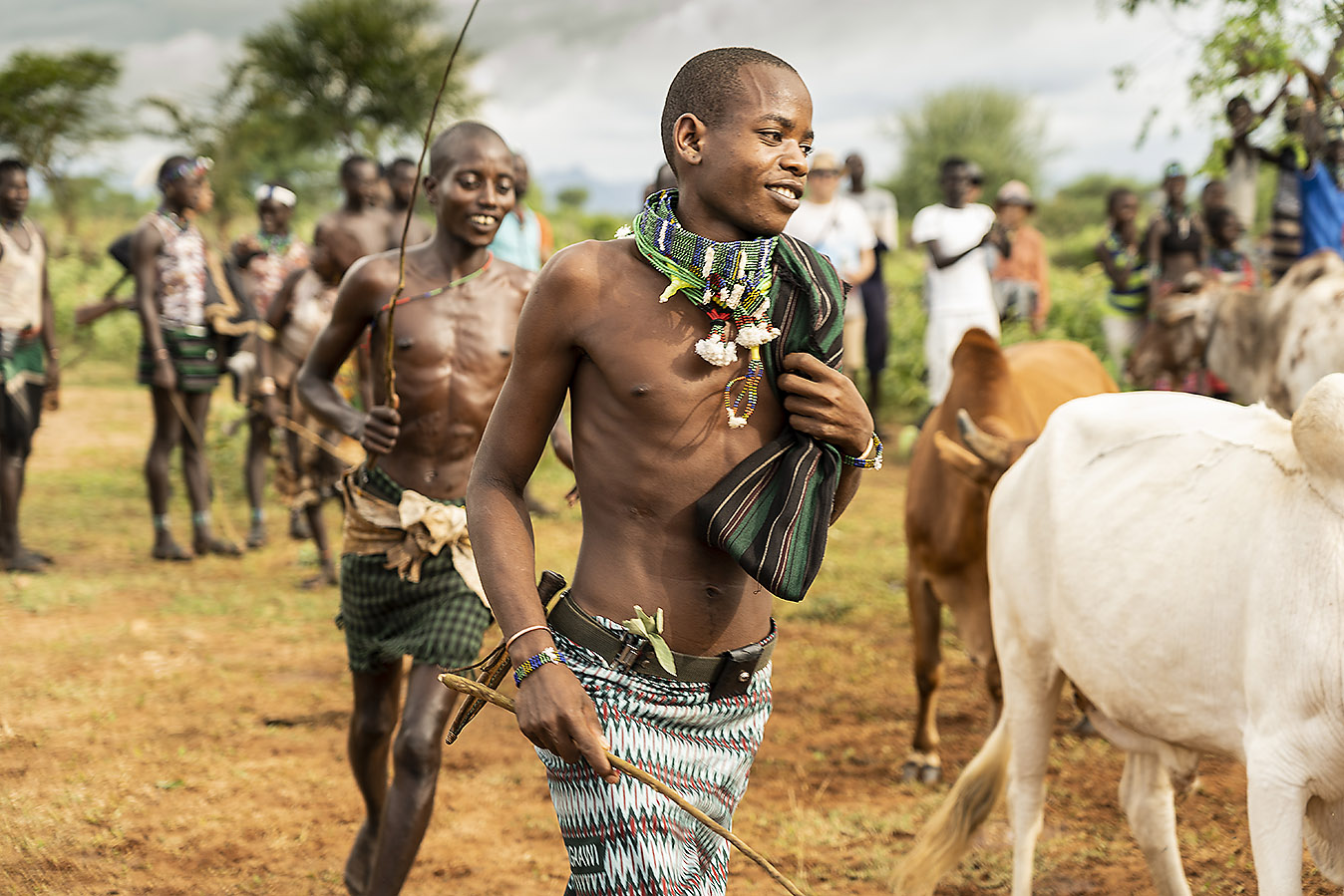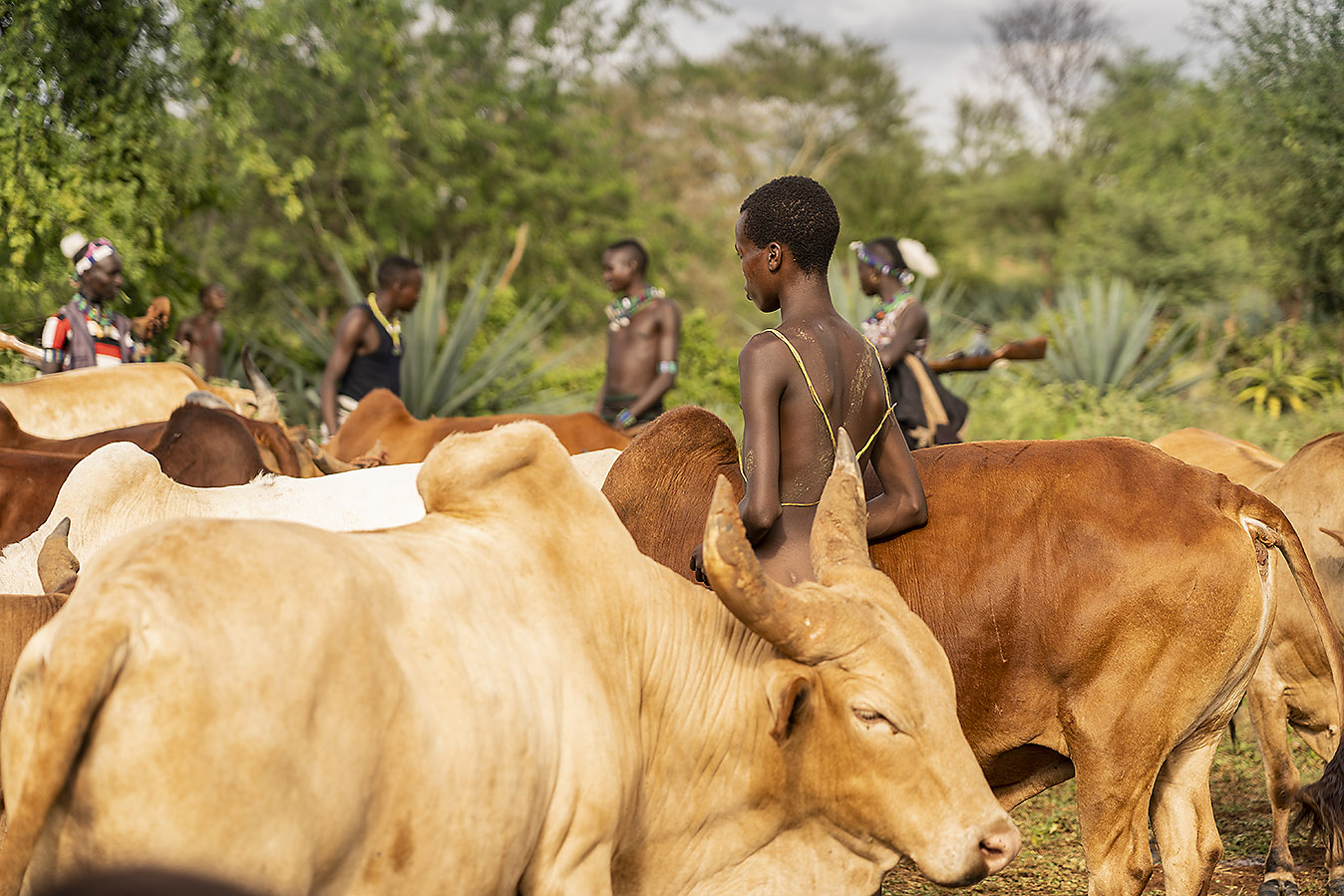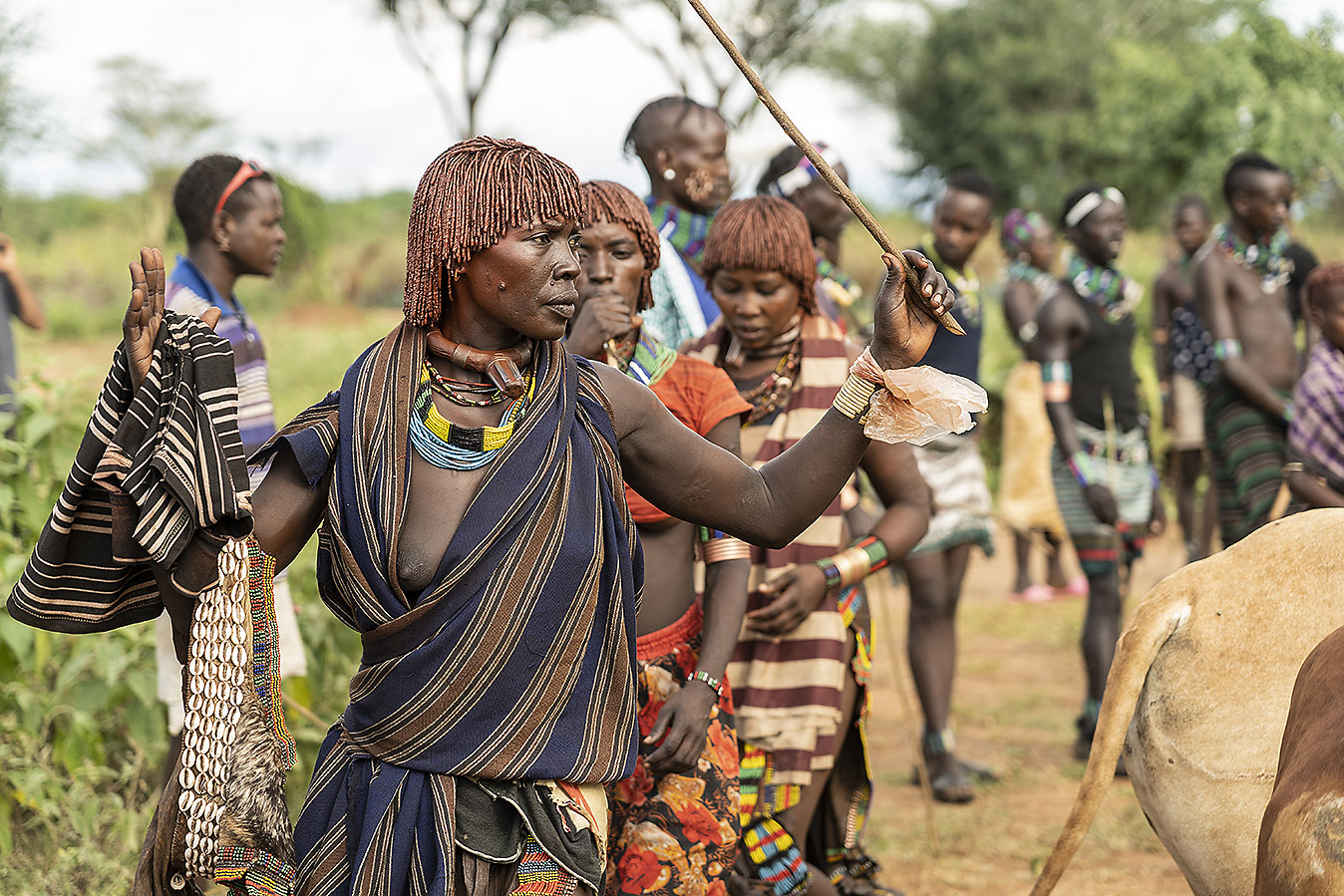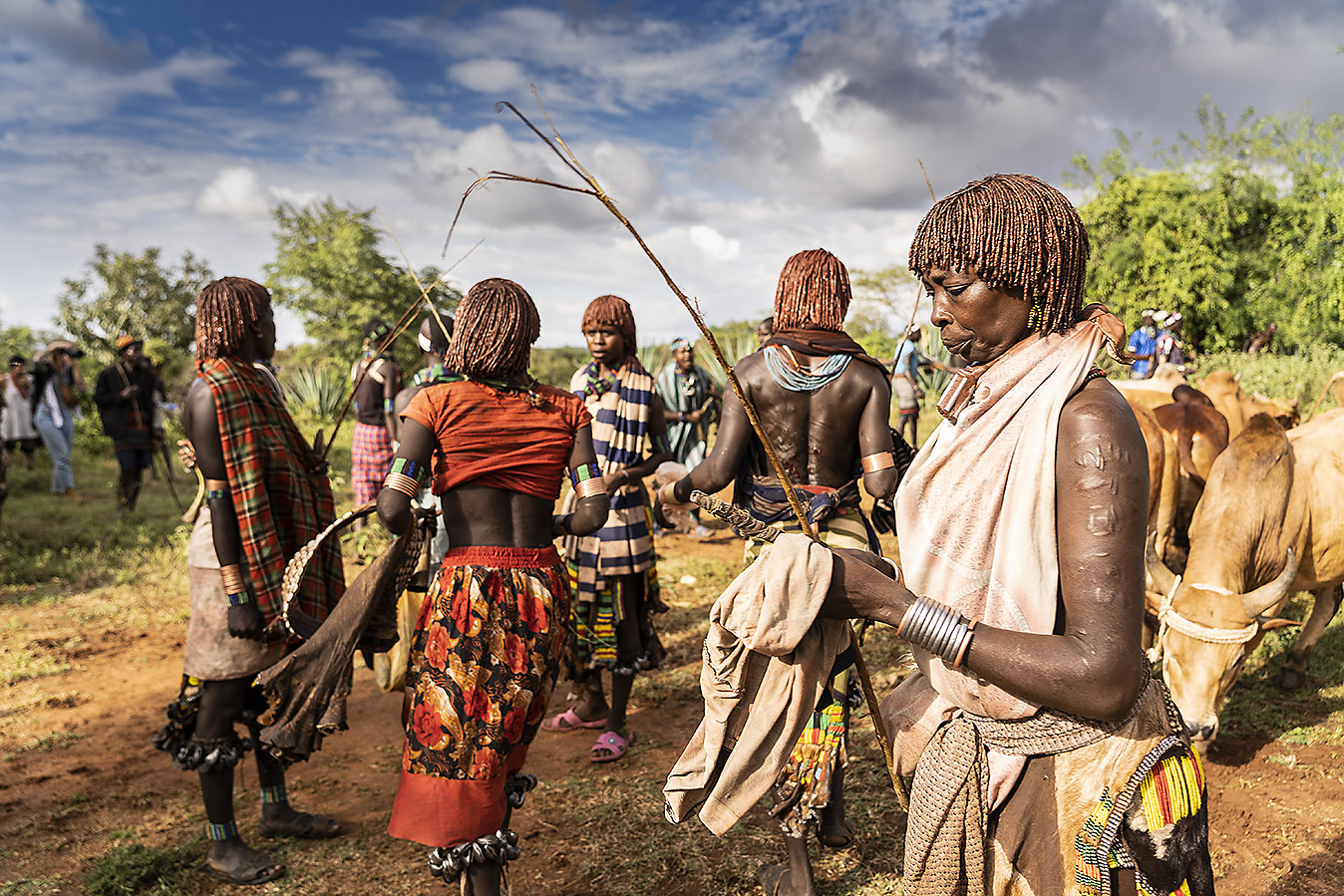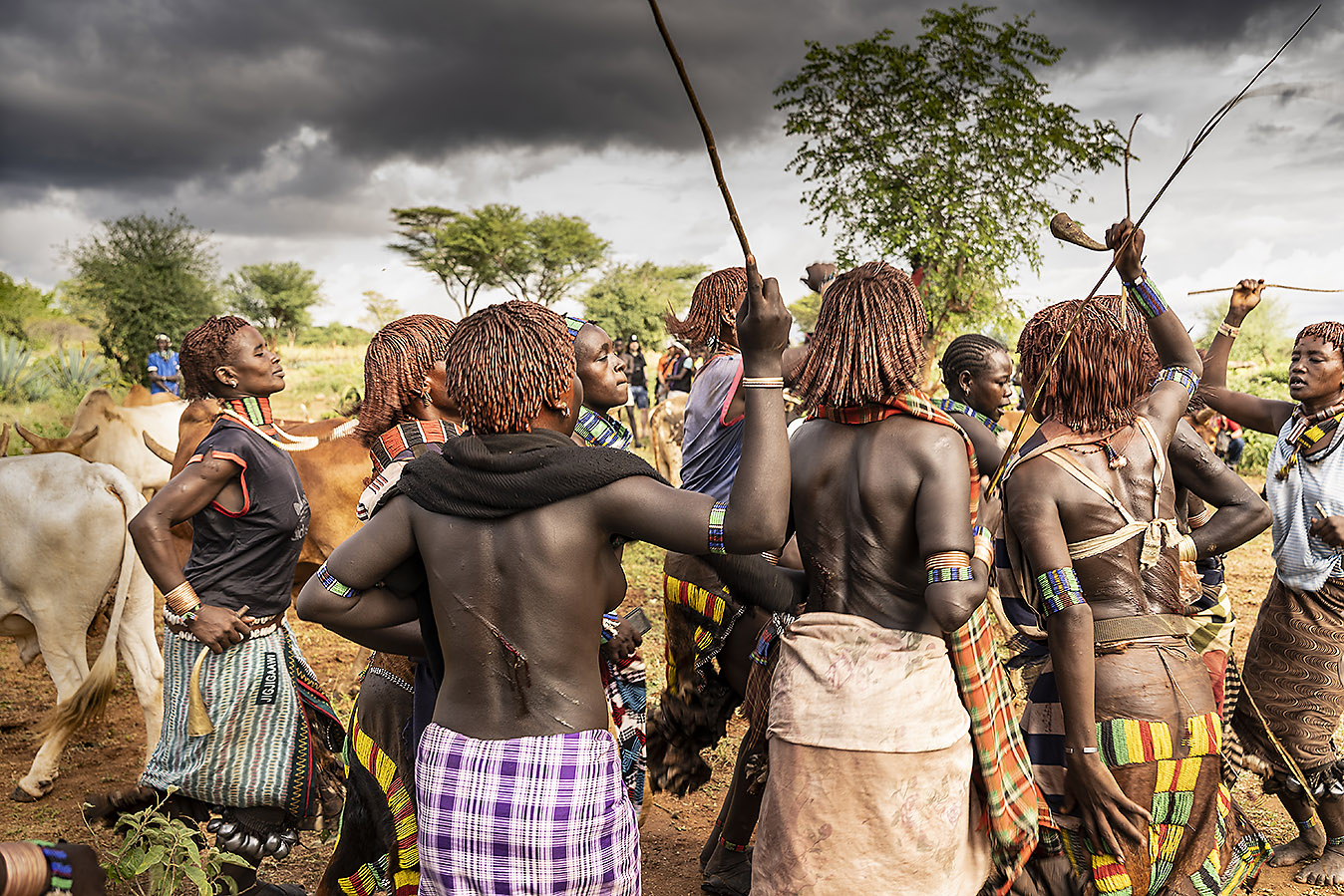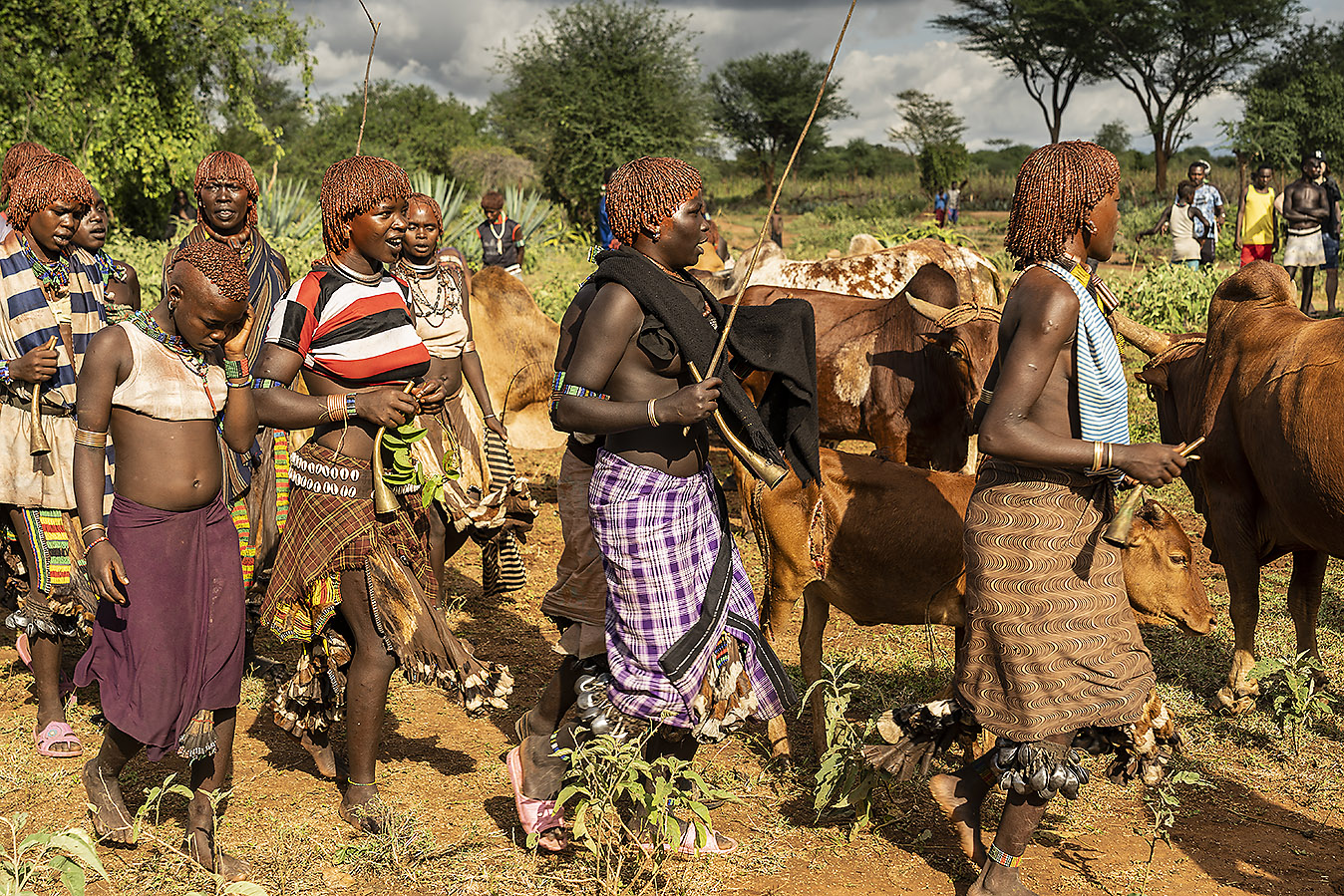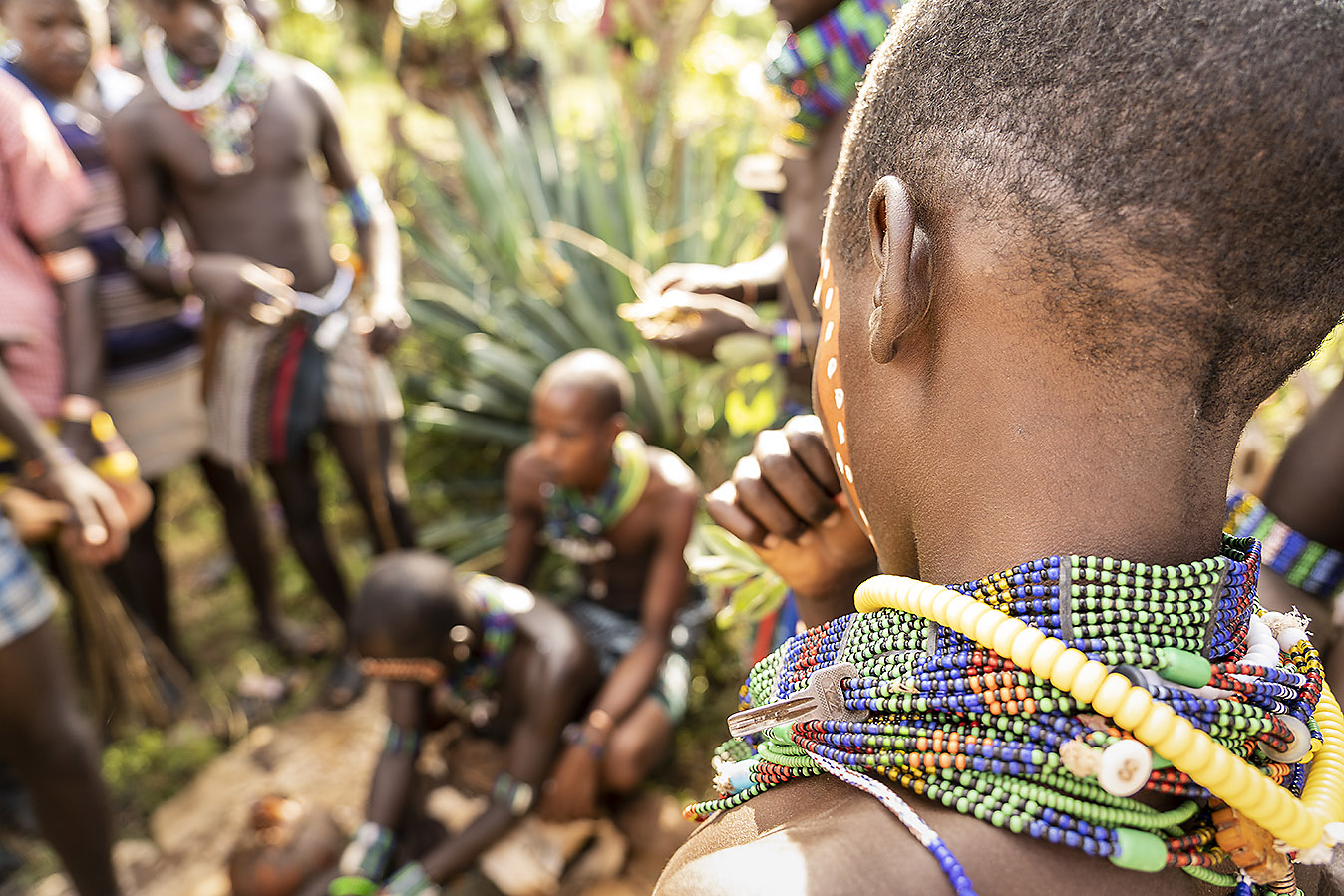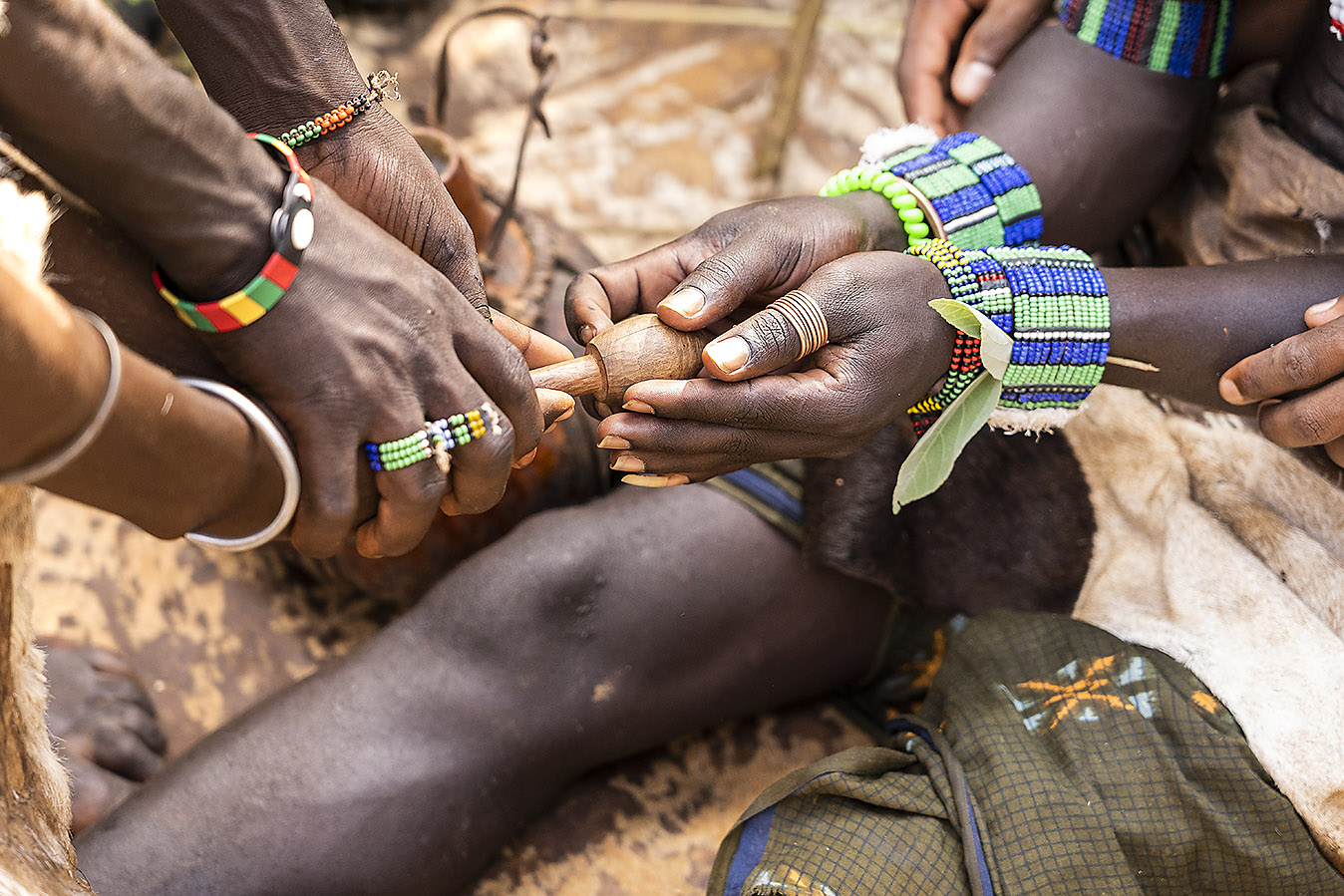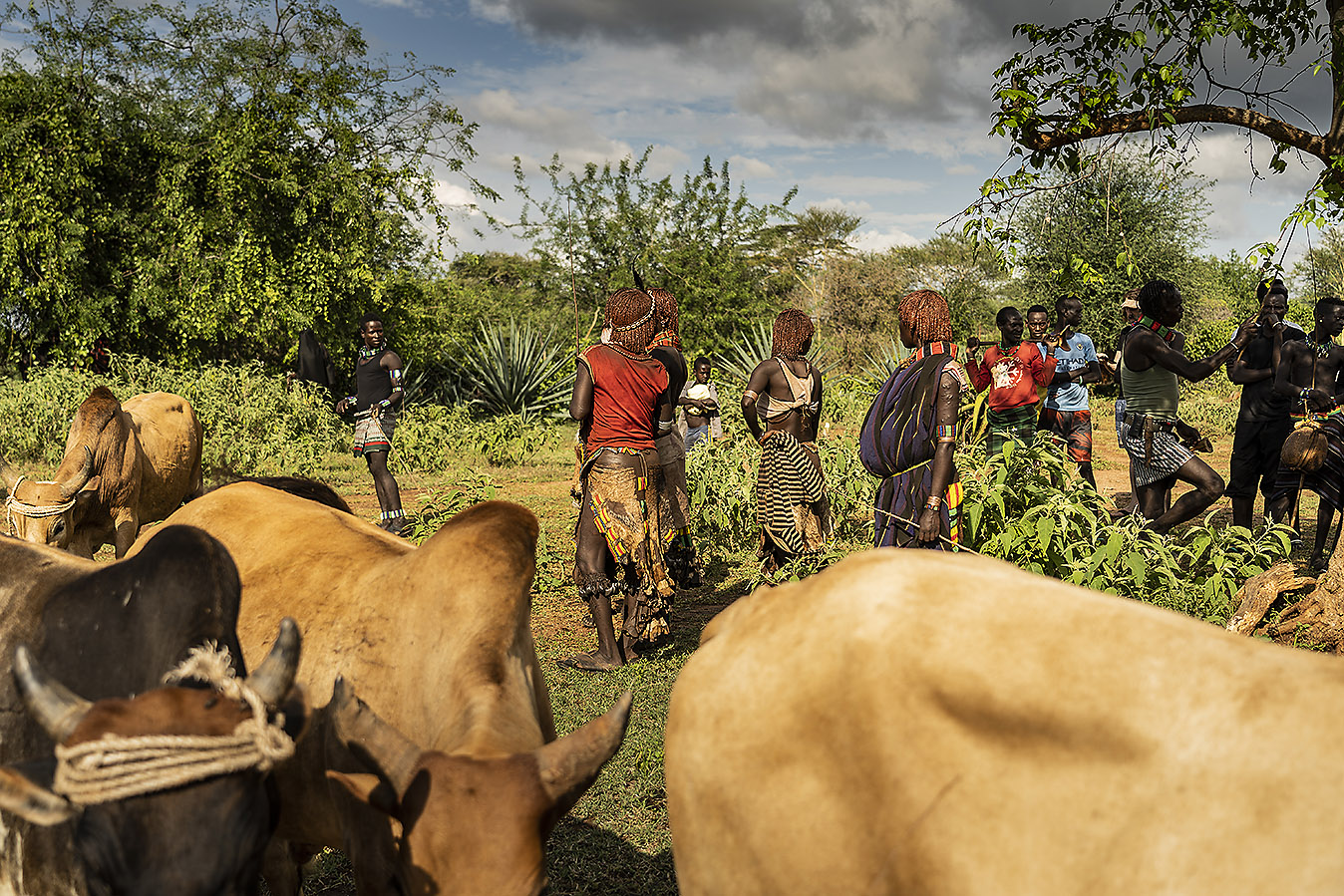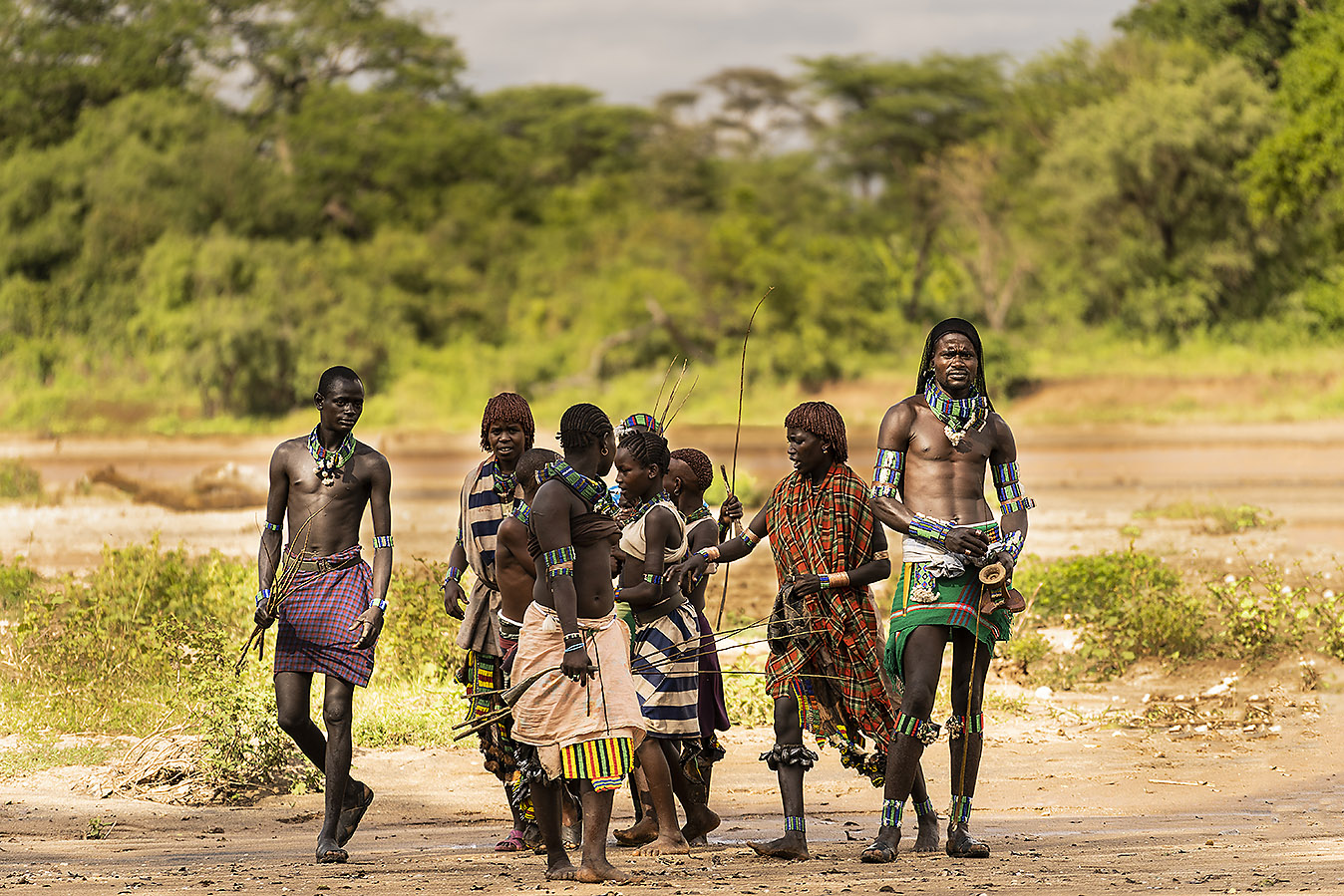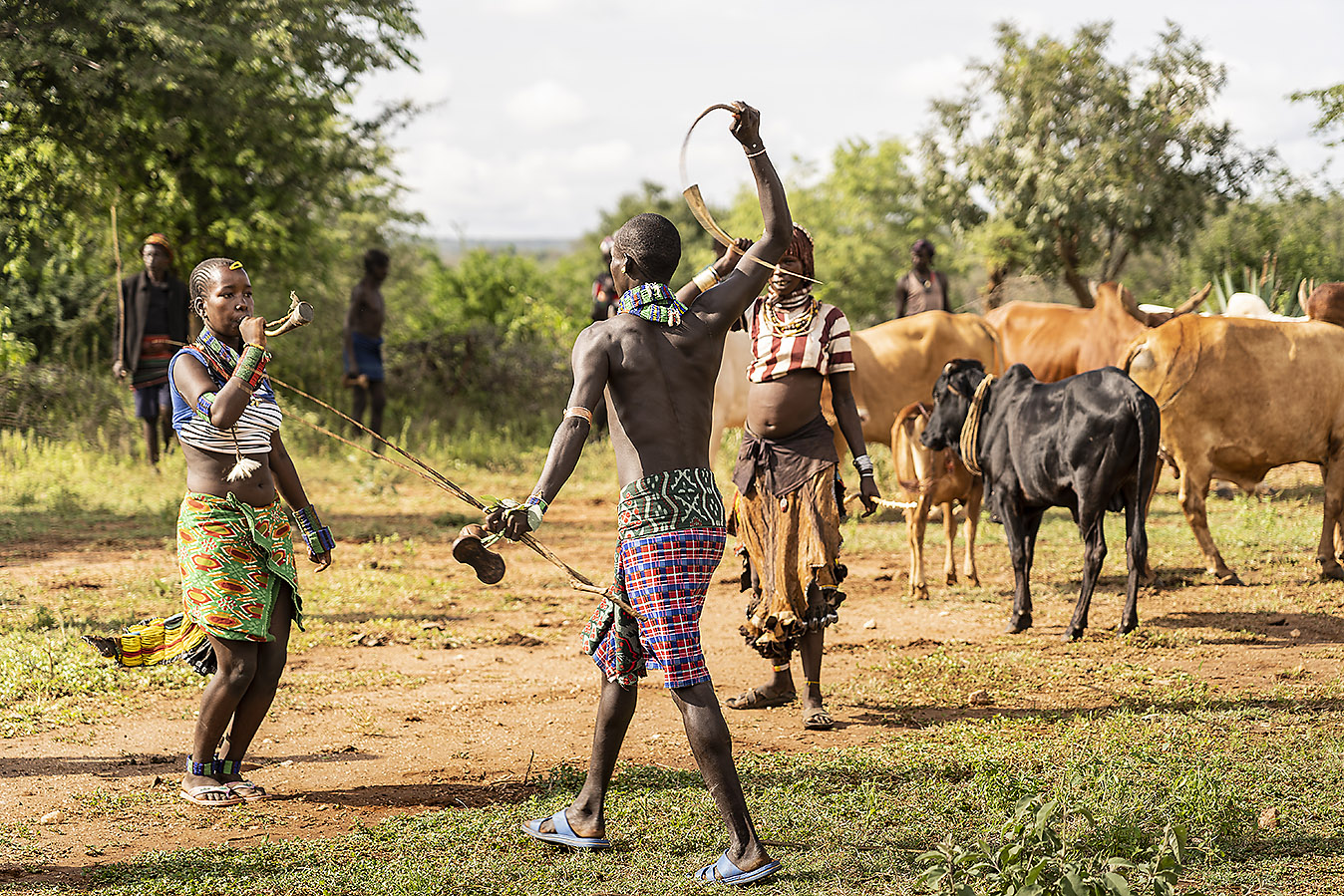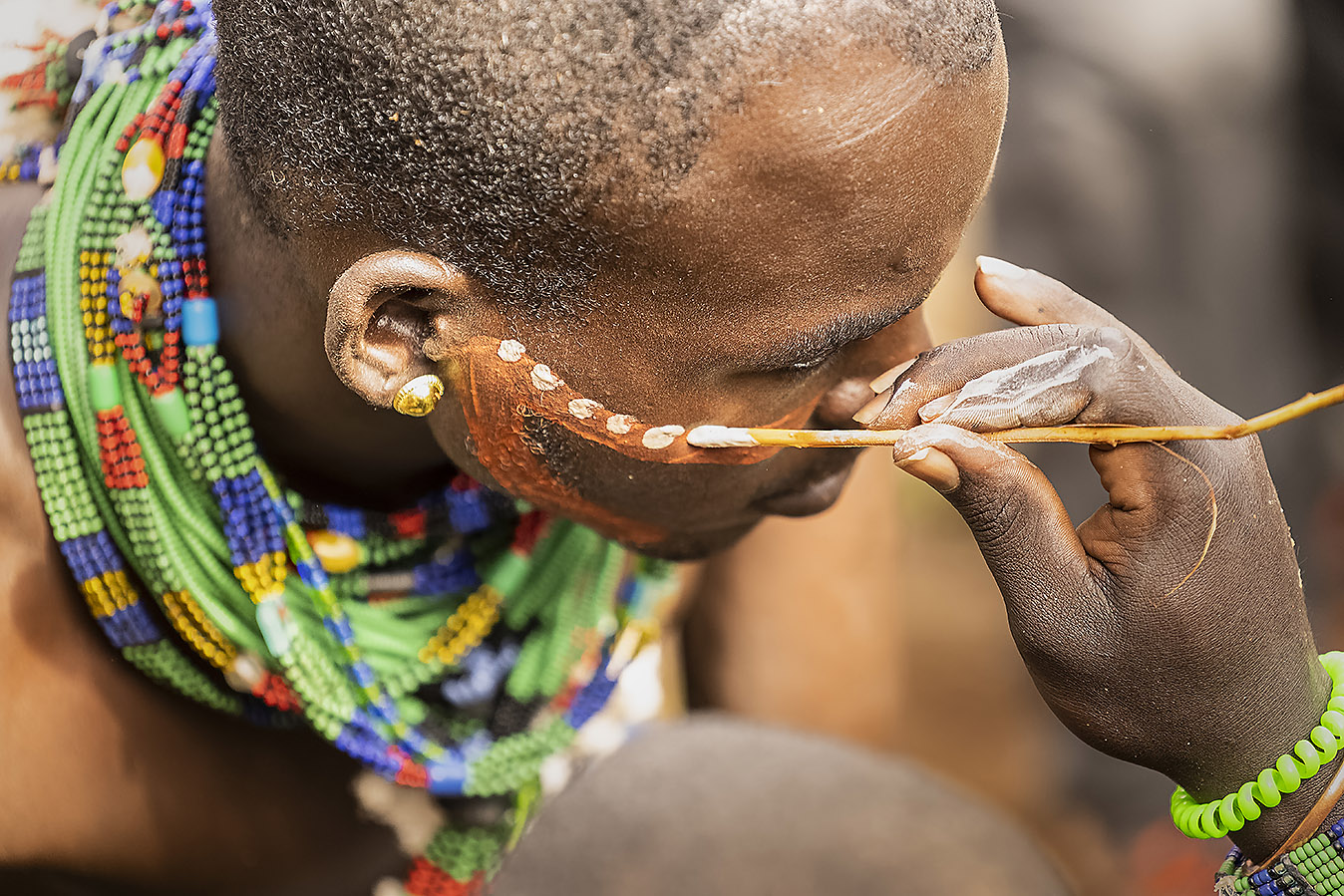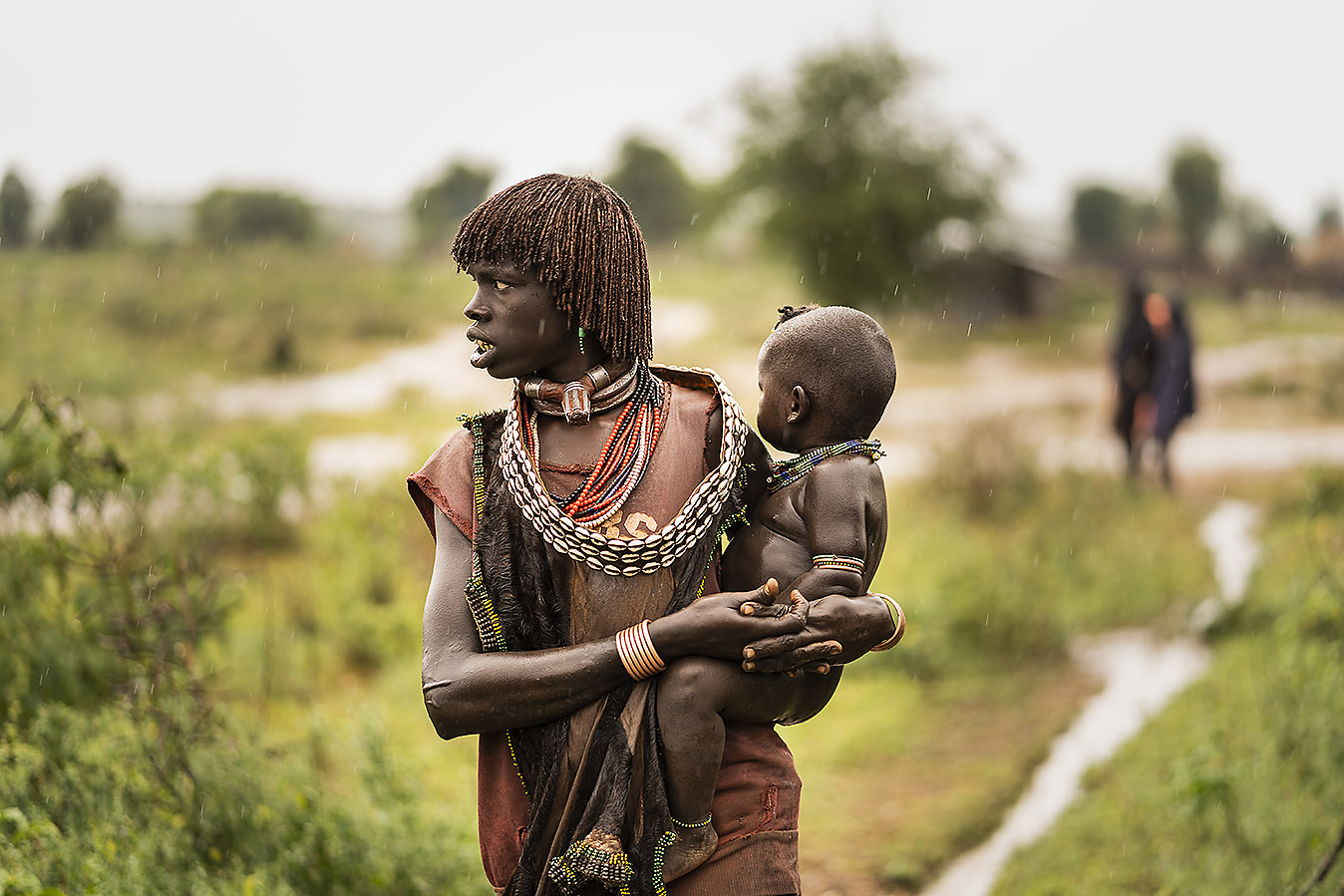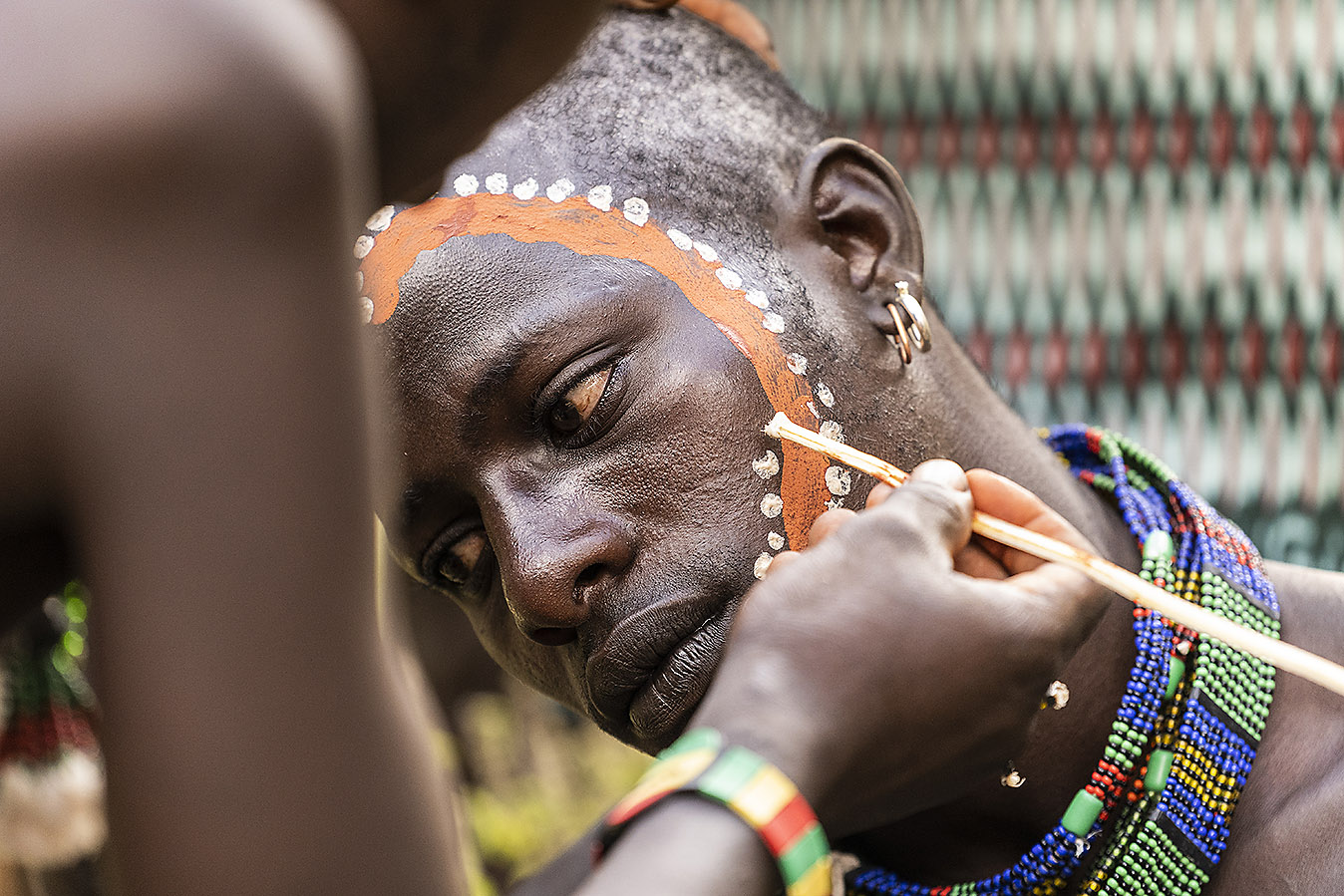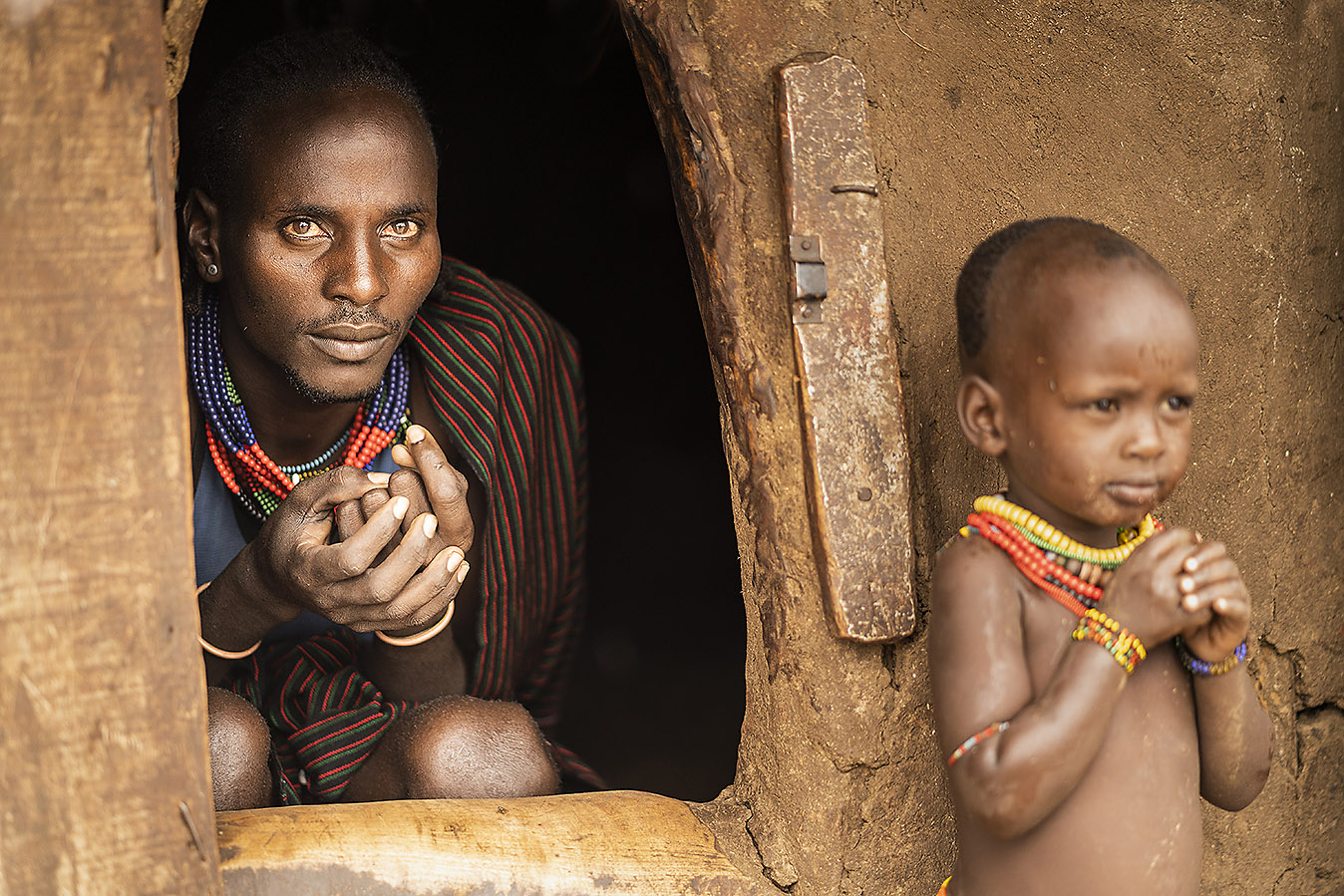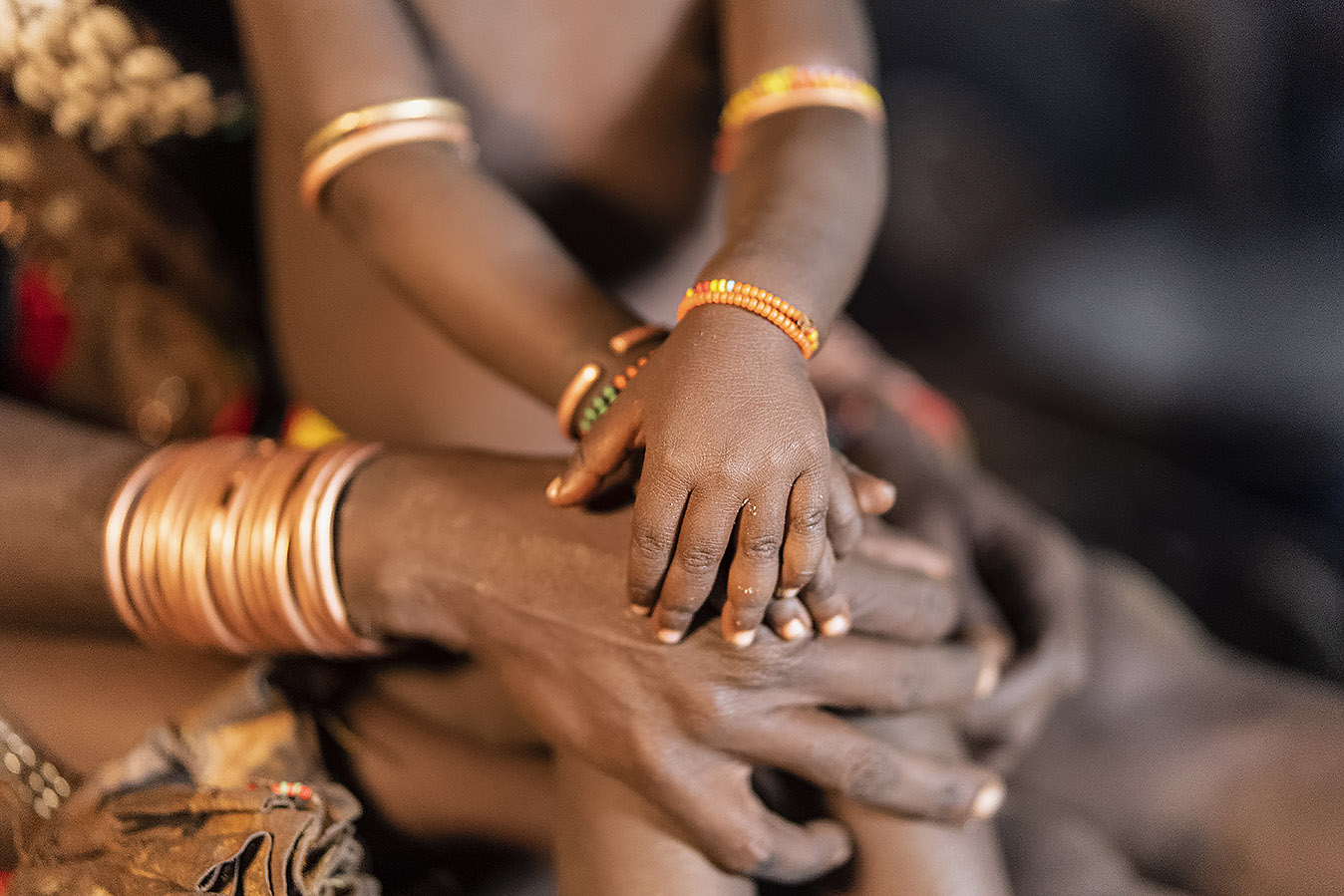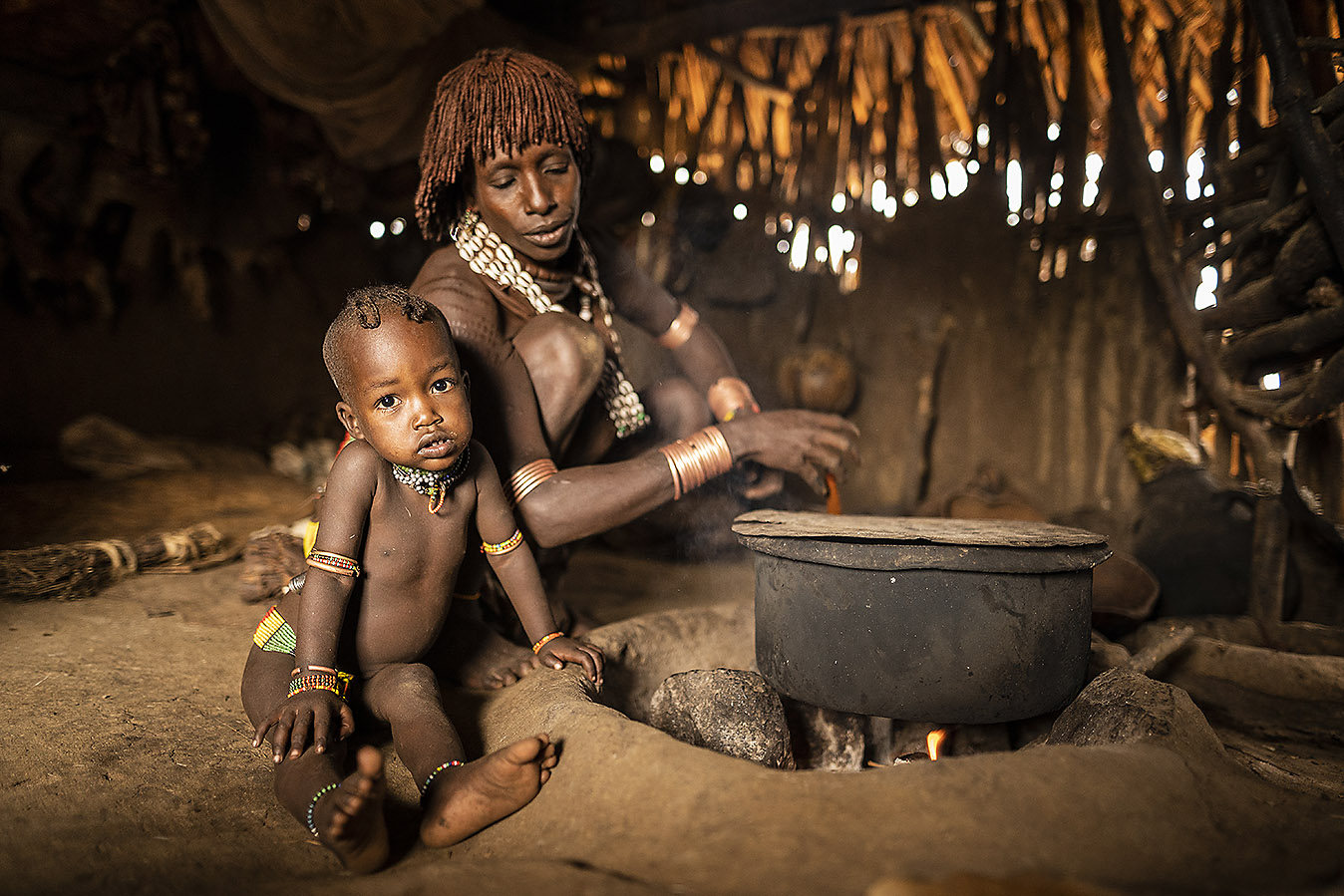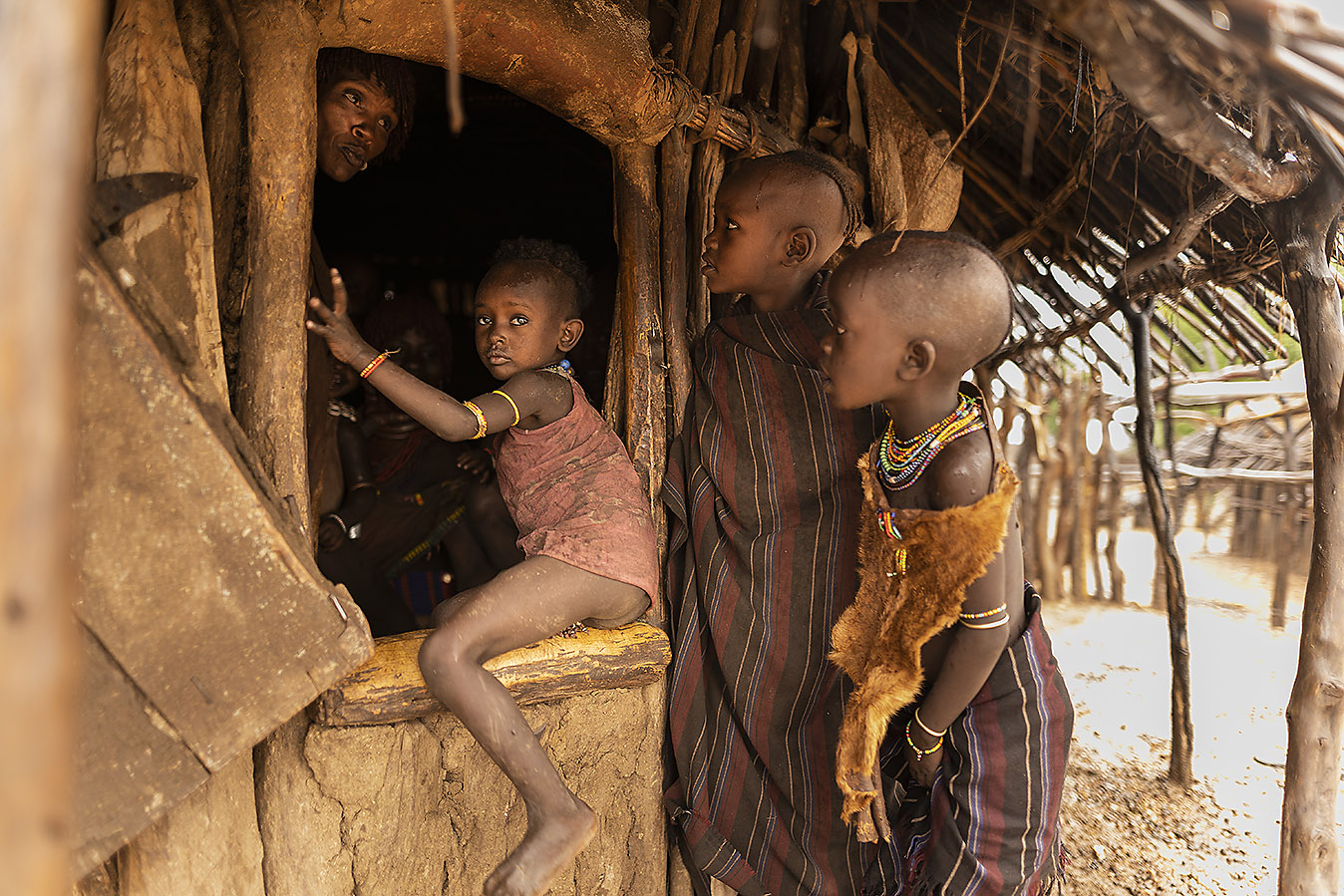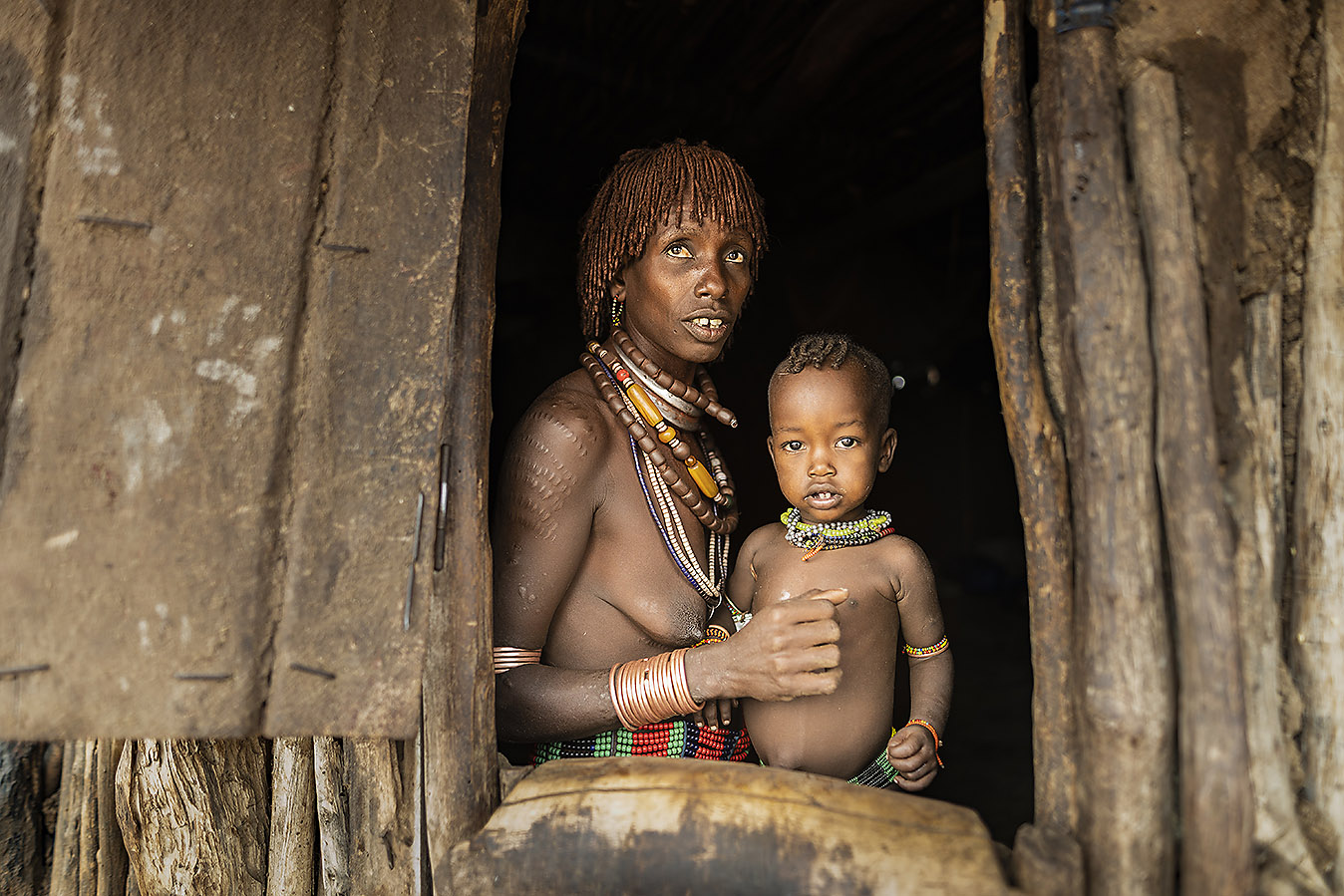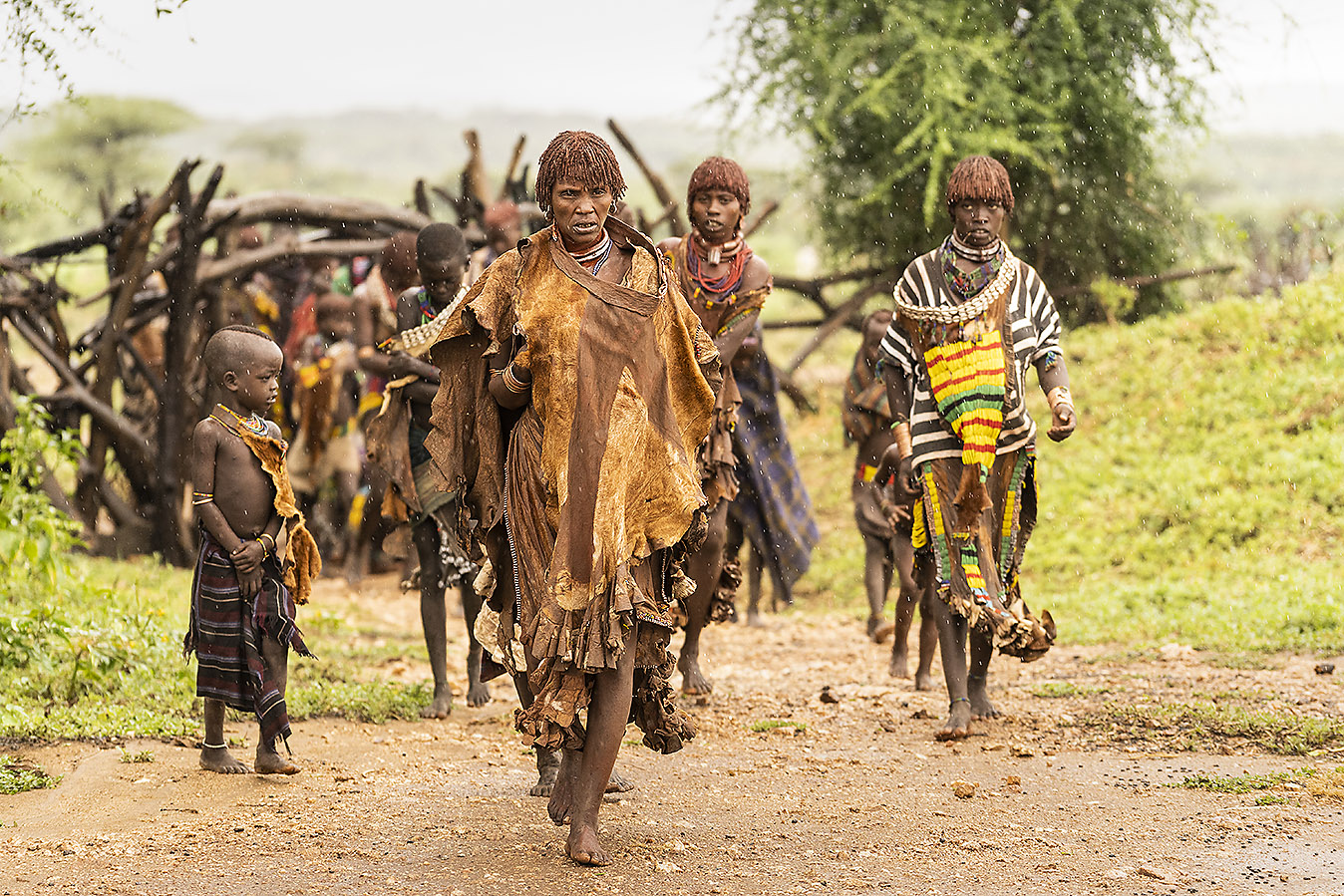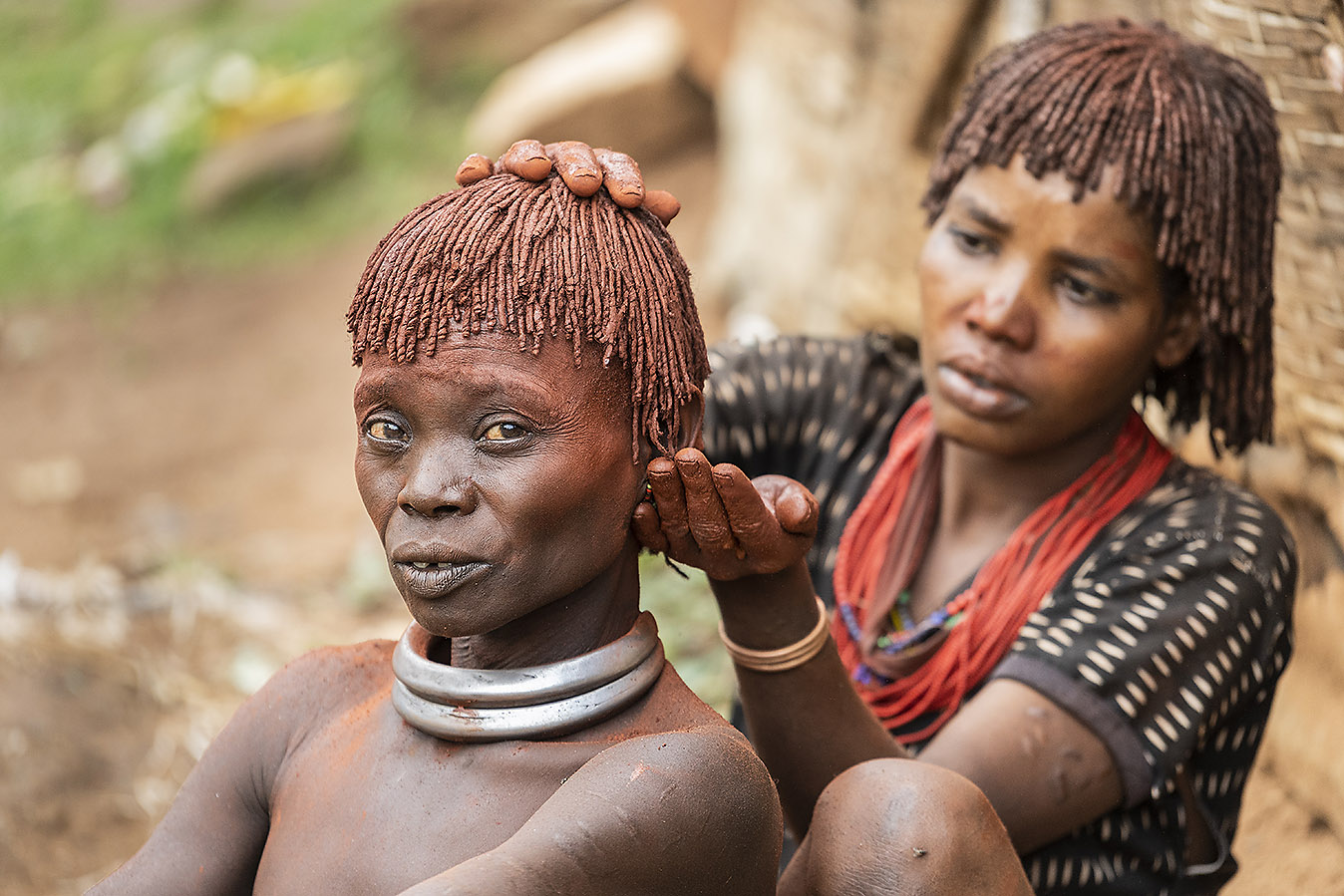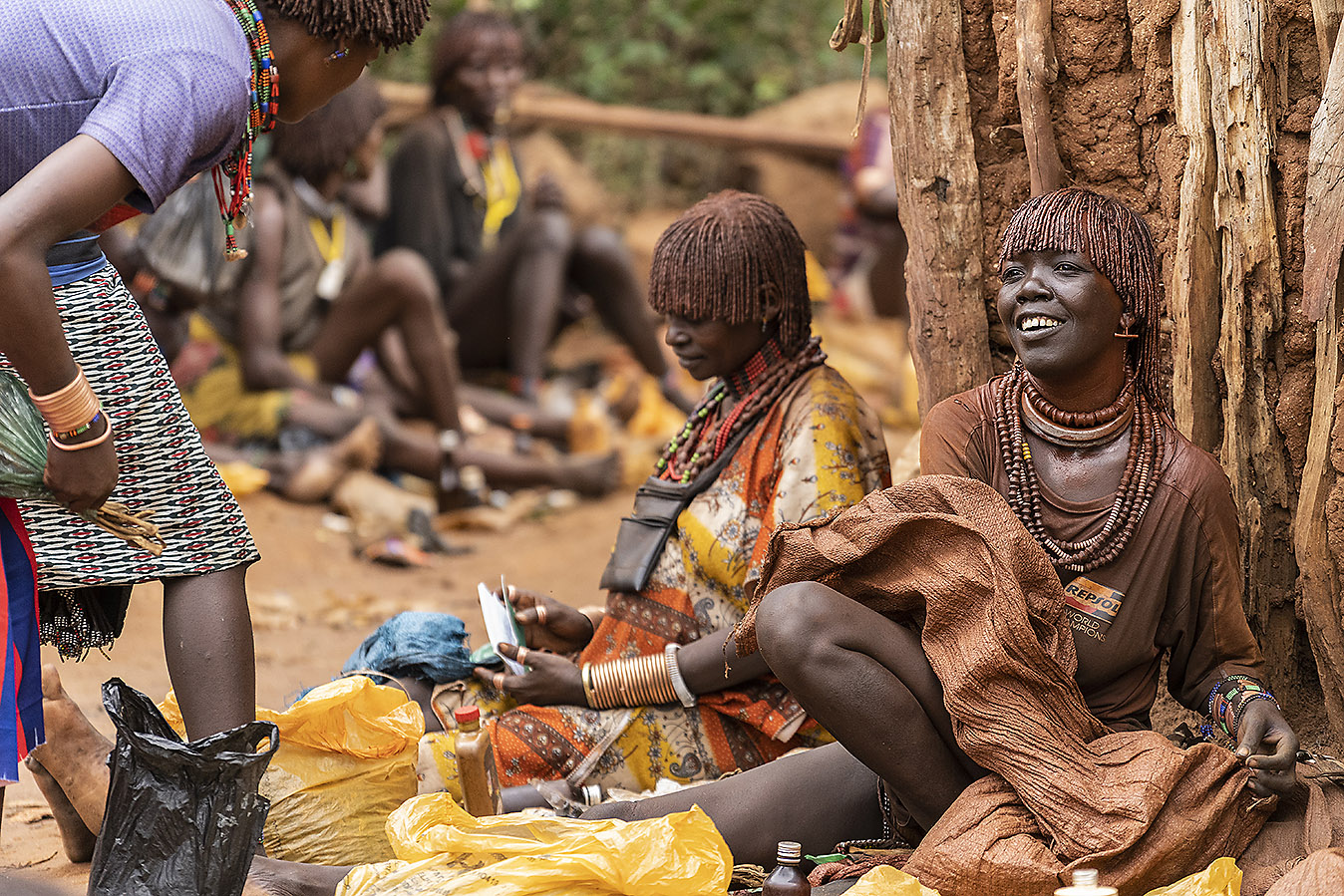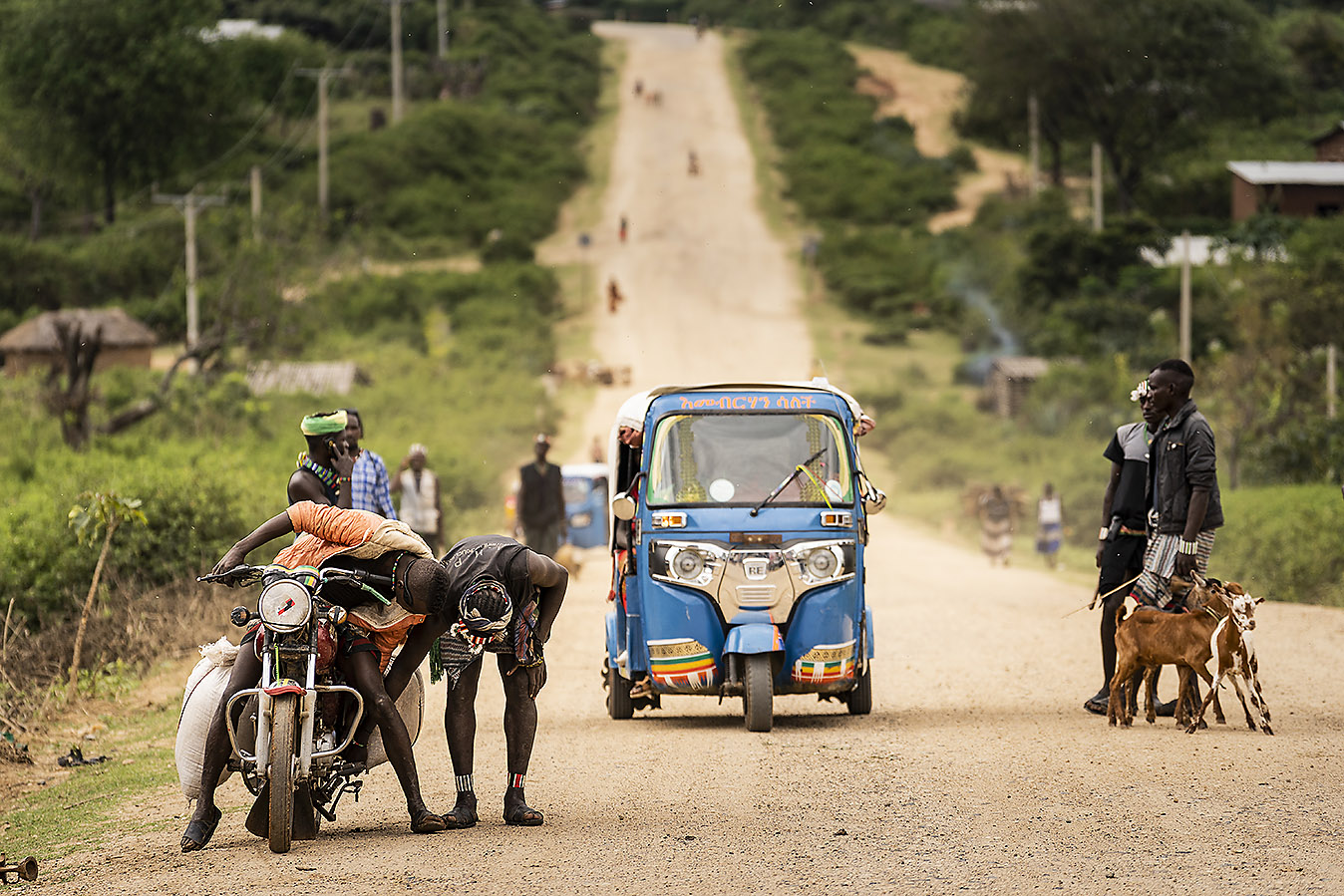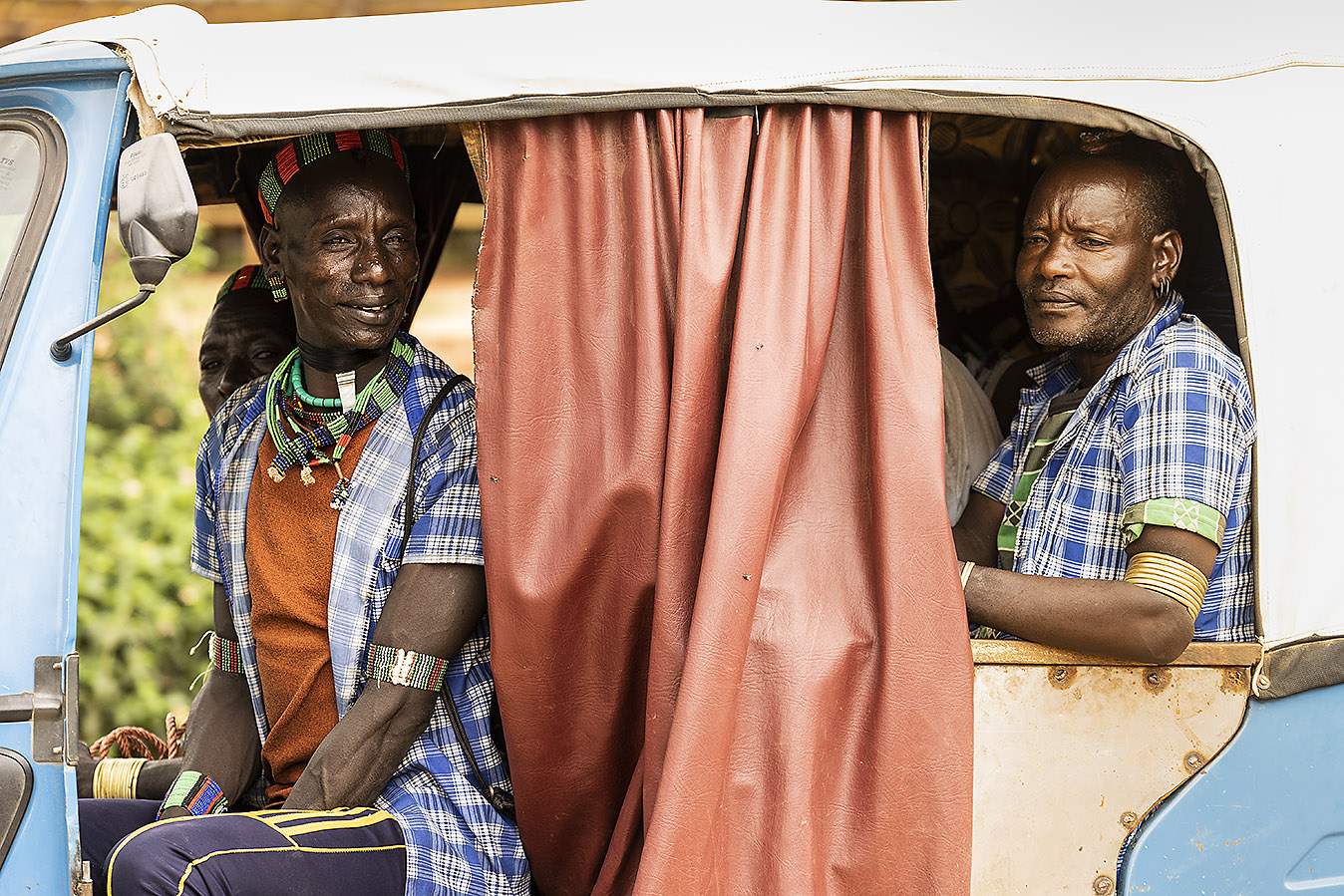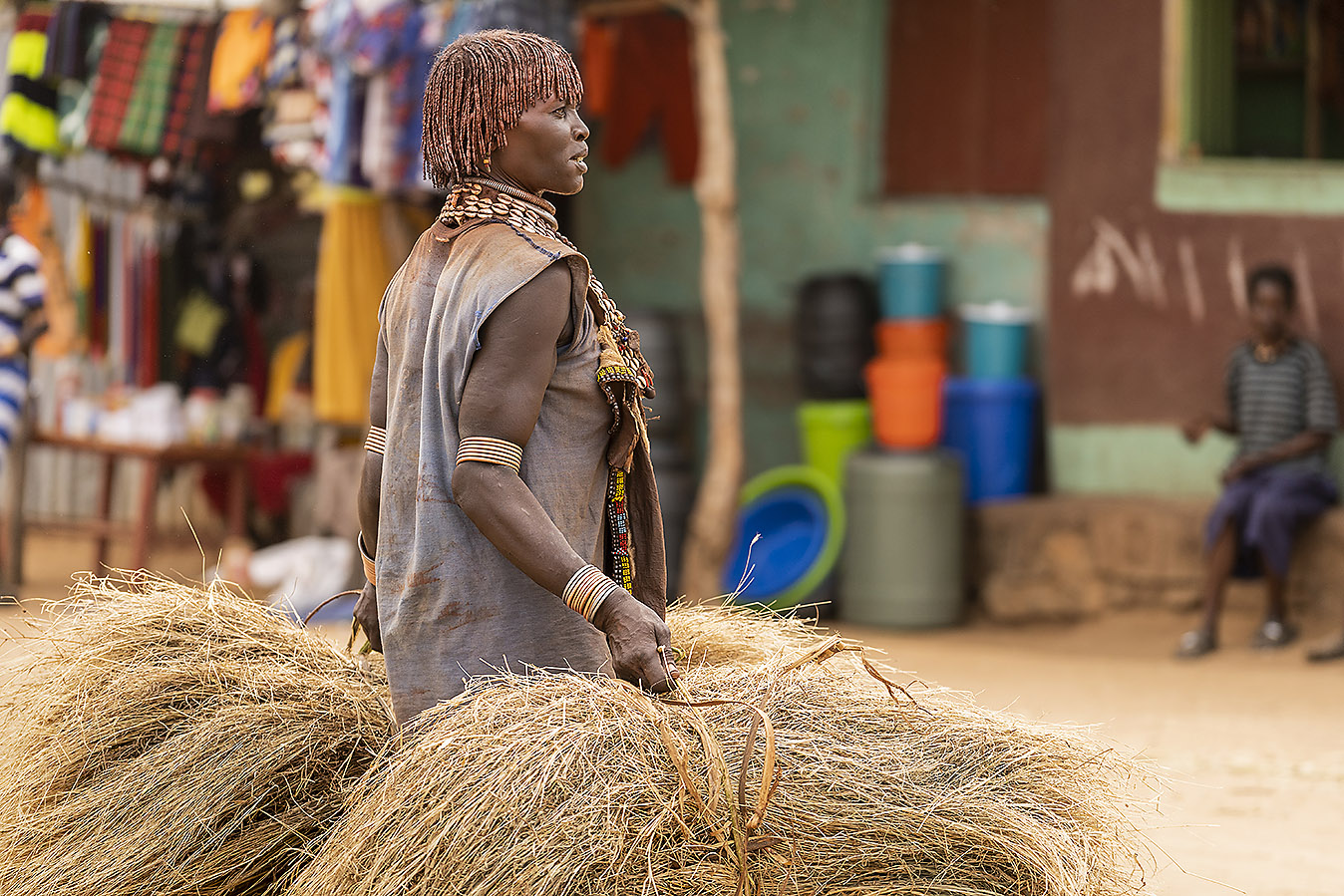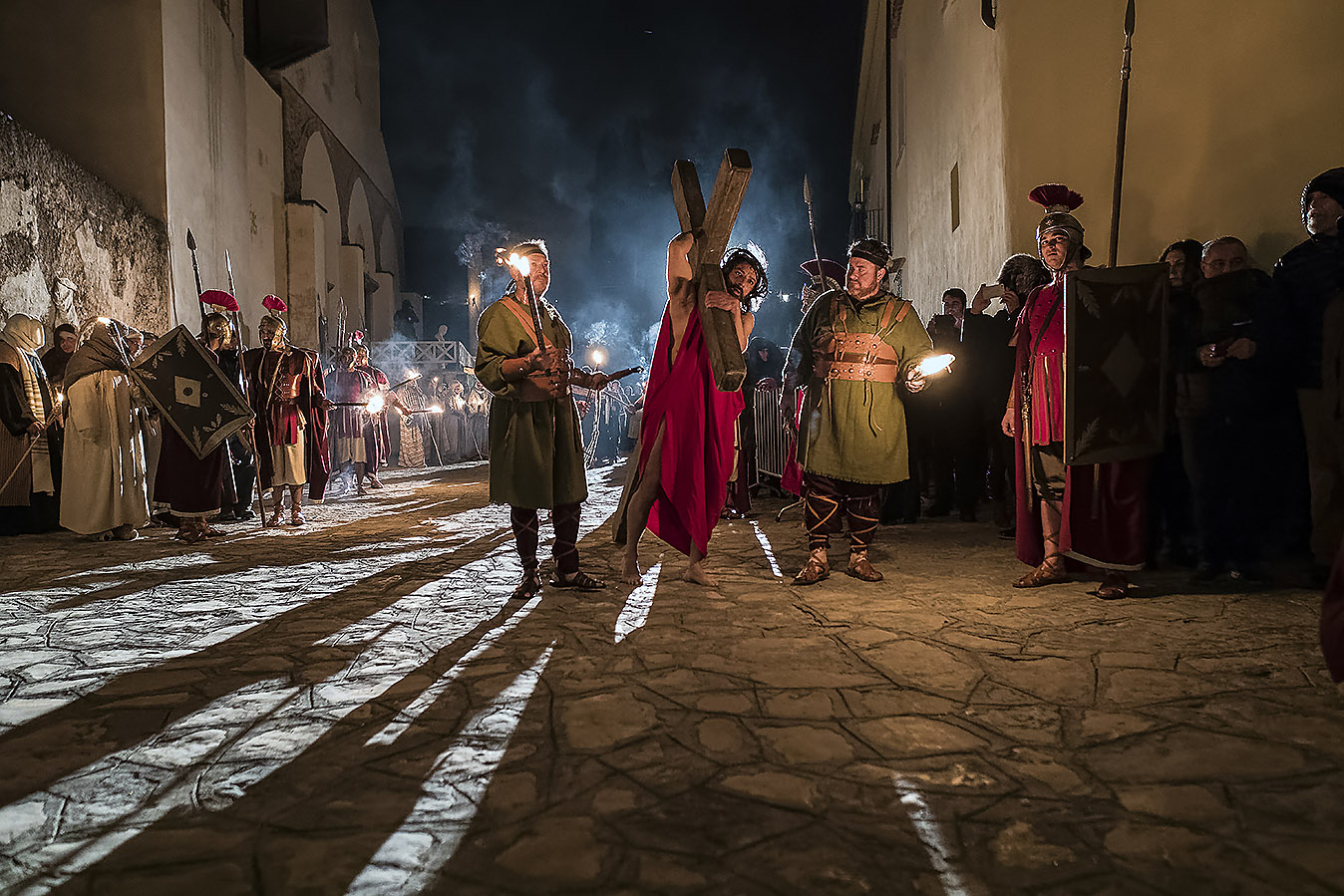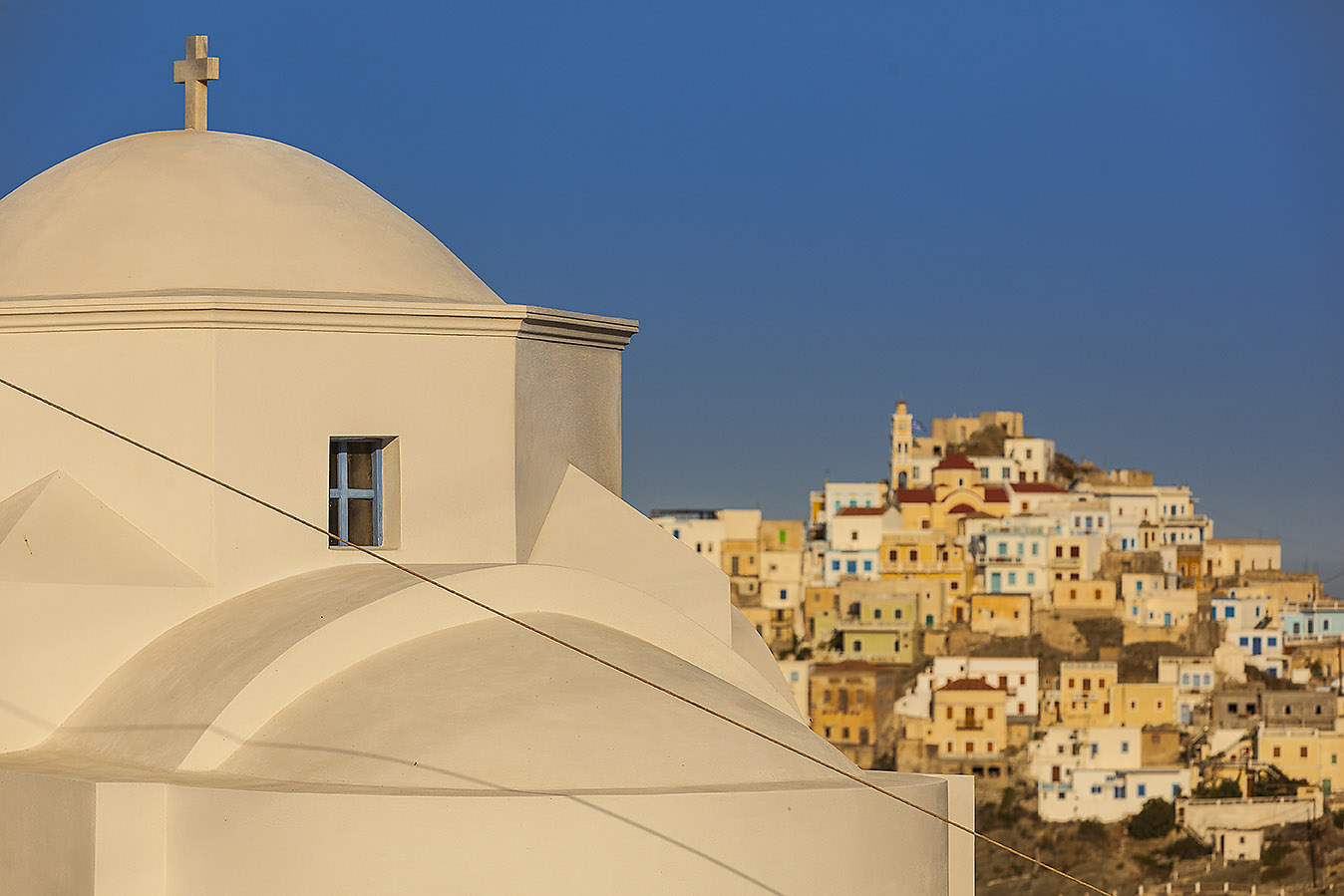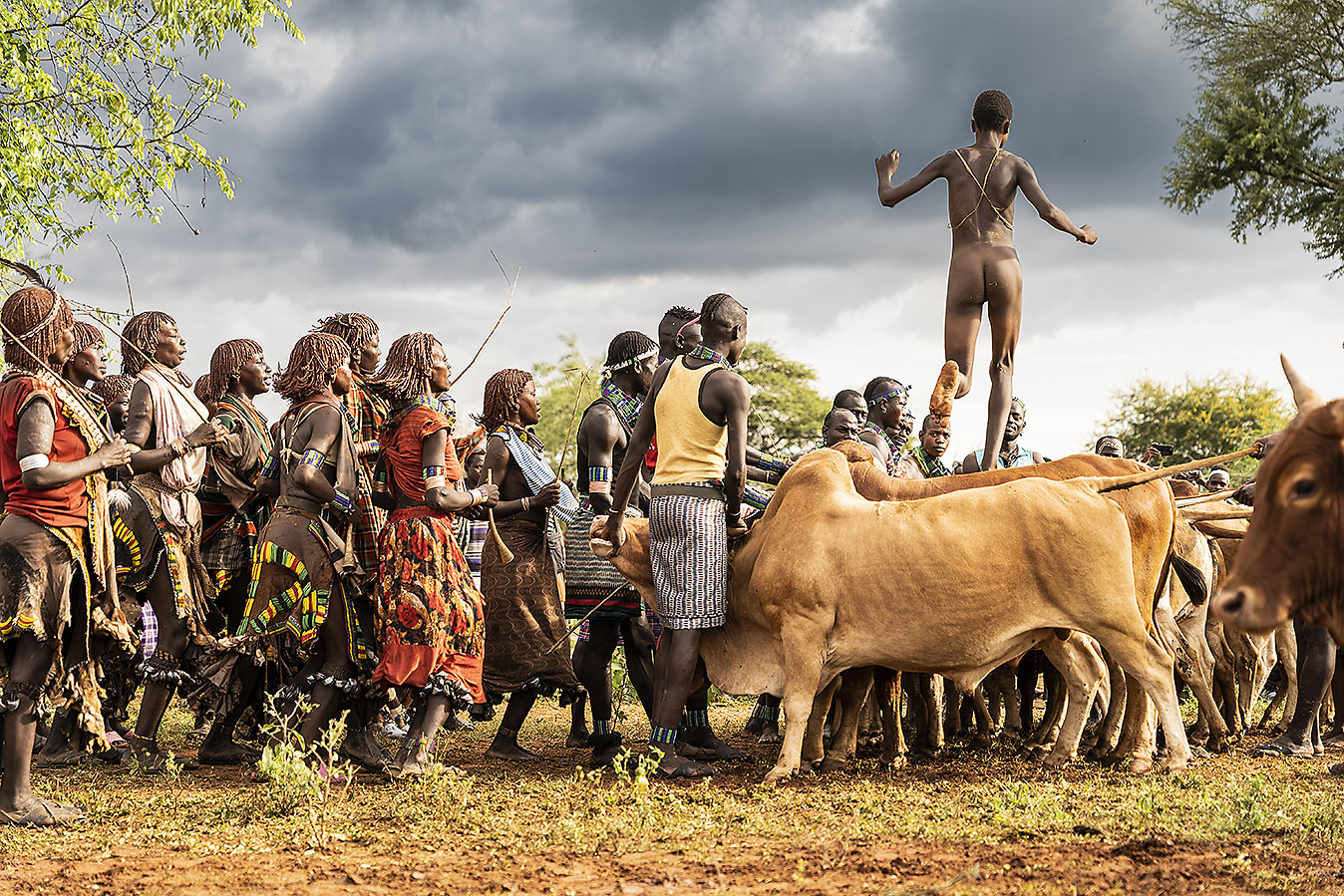
Ethiopia, Omo Valley, cradle of the civilization
The Hamer tribe is an Omotic community residing in South Western Ethiopia. With major activities ranging mostly from honey collection and rearing of cattle, the Hamer tribe are mostly Muslim shepherds, living in camps consisting of several families. In the Hamer tribe, the only thing that stands between a young boy and him becoming a man is cattle, literally. Bull jumping is an ancient ritual in Southwestern Ethiopia that proves if a man is ready to build a family of his own. The Hamer people live in the Ethiopian Omo Valley, which extends from the Omo River to Lake Chew Bahir in South West Ethiopia. For many generations, people of the Omo Valley have led a traditional life. Most members of the Hamer tribe are pastoralists, which is why cattle hold a significant place in their culture. From an early age, children are taught to farm land and look after the livestock. As teenagers, Hamer boys have to go through a rite of passage to be called a man and get married. The ceremony puts the young boys’ bravery and courage to the test. Being able to conquer fear and complete the task ahead is a lesson they have to learn to become a man – it’s also their time trying to take a bull by the horns. The ceremony involves running on the back of seven or 10 bulls four times without falling. Locals claim the ancient ritual has been practised for more than three centuries. When the long-awaited big day finally arrives, a local alcohol beverage is served to those who have come to celebrate. Depending on the social status of the boy’s family, close to 100 or over 300 people gather to witness the event. Hamer women, dressed in traditional clothes and adorned with bells around their legs, start dancing together and play their loud horns.The ritual takes a turn when the women (young girls are discouraged from joining this part of the ceremony) begin to display their devotion and encouragement to the young boy who is about to take part in the bull jumping ceremony. In between dancing, they approach ‘the men’ who have just gone through the ritual, begging them to whip their backs with birch sticks. Even after repeated whipping, the women refuse to back down, competing instead against each other. The women believe that the greater the pain they endure, the higher the level of loyalty they’re showing to the young boy. The scars left on their body are a symbol of the loyalty they’re entitled to receive from him. As sunset approaches, the young boy gets ready for one of the most important days of his life. Elders and men who have performed the ritual before, but are not yet married, gather castrated male cattle for the traditional coming-of-age ceremony. The bulls are smeared with dung to make them slippery. Before leaping over the cattle, it is customary for the young boy to be naked and for his hair to be partially shaven. His body is then rubbed with sand to wash away his sins and get rid of bad luck and smeared with dung to give him strength. As a form of spiritual protection, strips of bark are strapped around his body. With the blaring sound of bells and horns still in the air, the young boy takes a leap. He steps on each bull’s back before making a final jump back to the ground. By demonstrating his agility, bravery and strength, the young boy shows he is fit to become a man. If he manages to run over the bull’s back without falling four times, the young boy is then bequeathed the title Maza, a major milestone that means he is ready to marry a woman chosen for him by his father.
